We arrived in Edinburgh yesterday about 1:30 PM. It was a 2-1/2 hour train ride from York and a 10 minute taxi ride from the Rail Station to the Macdonald Holyrood Hotel. The Macdonald Holyrood Hotel is very nice and only a short walk to the Royal Mile, and it is directly across the street from the main entrance to the University of Edinburgh, which is where I believe my Uncle got his Doctorate. The Royal Mile is a long street that is completely saturated with tourist traps and touristy junk stores. It looks like our big challenge will be to find anything to purchase that is of any quality.
Today we visited the Edinburgh Castle. We started with a free tour that lasted about one hour, it was very informative and gave us a great overview of the castle. We then spent the next couple hours touring the rest of the castle on our own. It was very interesting and a great view of Scottish and English history. We even saw the “Stone of Scone”, which was returned to Scotland in the mid 90’s after the English had taken it and kept it for over 700 years.
Next we “popped” into the National Museum of Scotland for another hour overview tour by a very knowledgeable, spry 70+ year old tour guide.
|
Edinburgh Castle
Edinburgh Castle is a historic fortress which dominates the skyline of Edinburgh, the capital city of Scotland, from its position on the Castle Rock. Archaeologists have established human occupation of the rock since at least the Iron Age (2nd century AD), although the nature of the early settlement is unclear. There has been a royal castle on the rock since at least the reign of David I in the 12th century, and the site continued at times to be a royal residence until 1633. From the 15th century the castle's residential role declined, and by the 17th century it was principally used as military barracks with a large garrison. Its importance as a part of Scotland's national heritage was recognized increasingly from the early 19th century onwards, and various restoration programmes have been carried out over the past century and a half. As one of the most important strongholds in the Kingdom of Scotland, Edinburgh Castle was involved in many historical conflicts from the Wars of Scottish Independence in the 14th century to the Jacobite rising of 1745. Research undertaken in 2014 identified 26 sieges in its 1100-year-old history, giving it a claim to having been "the most besieged place in Great Britain and one of the most attacked in the world".
|
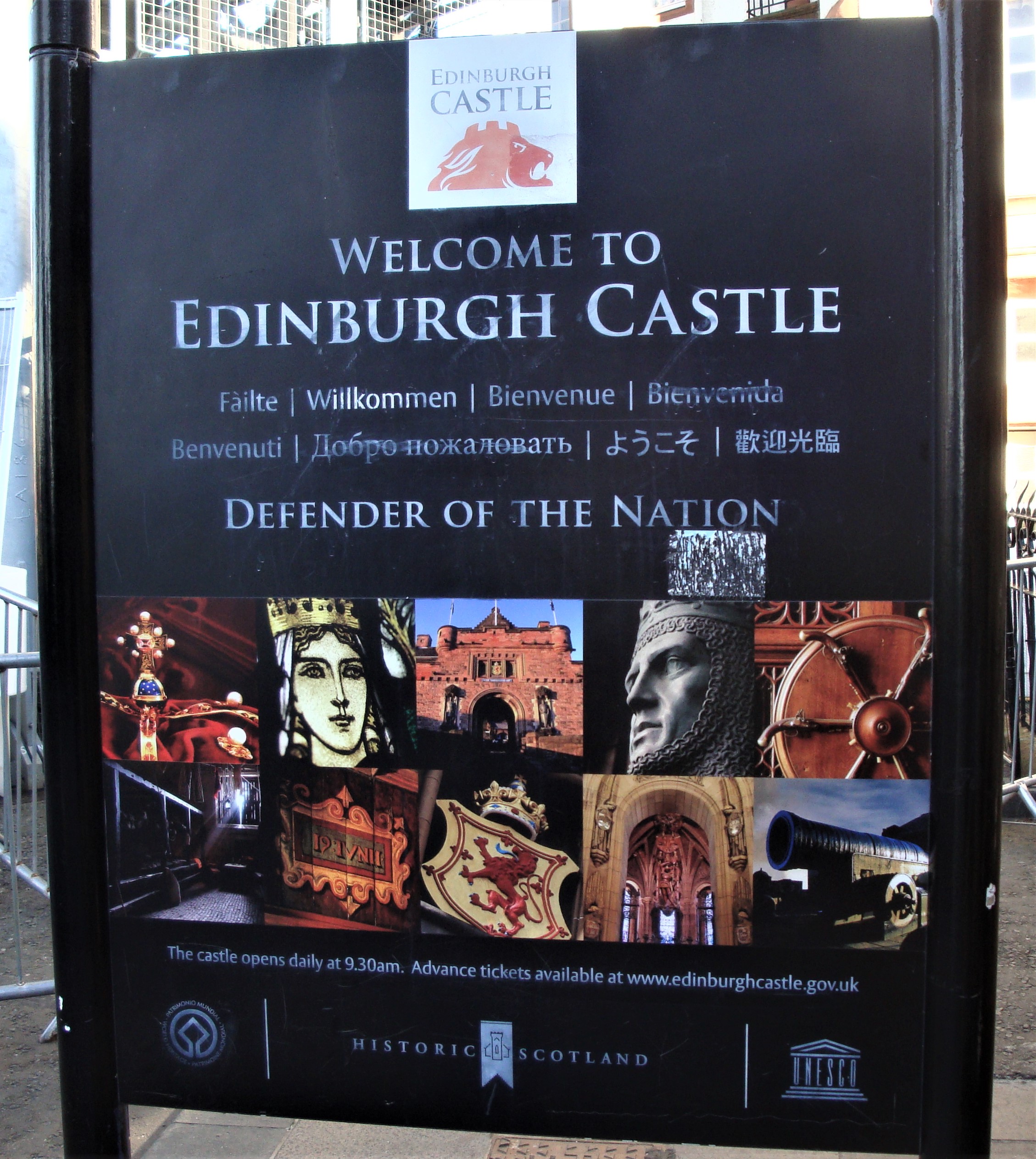
|
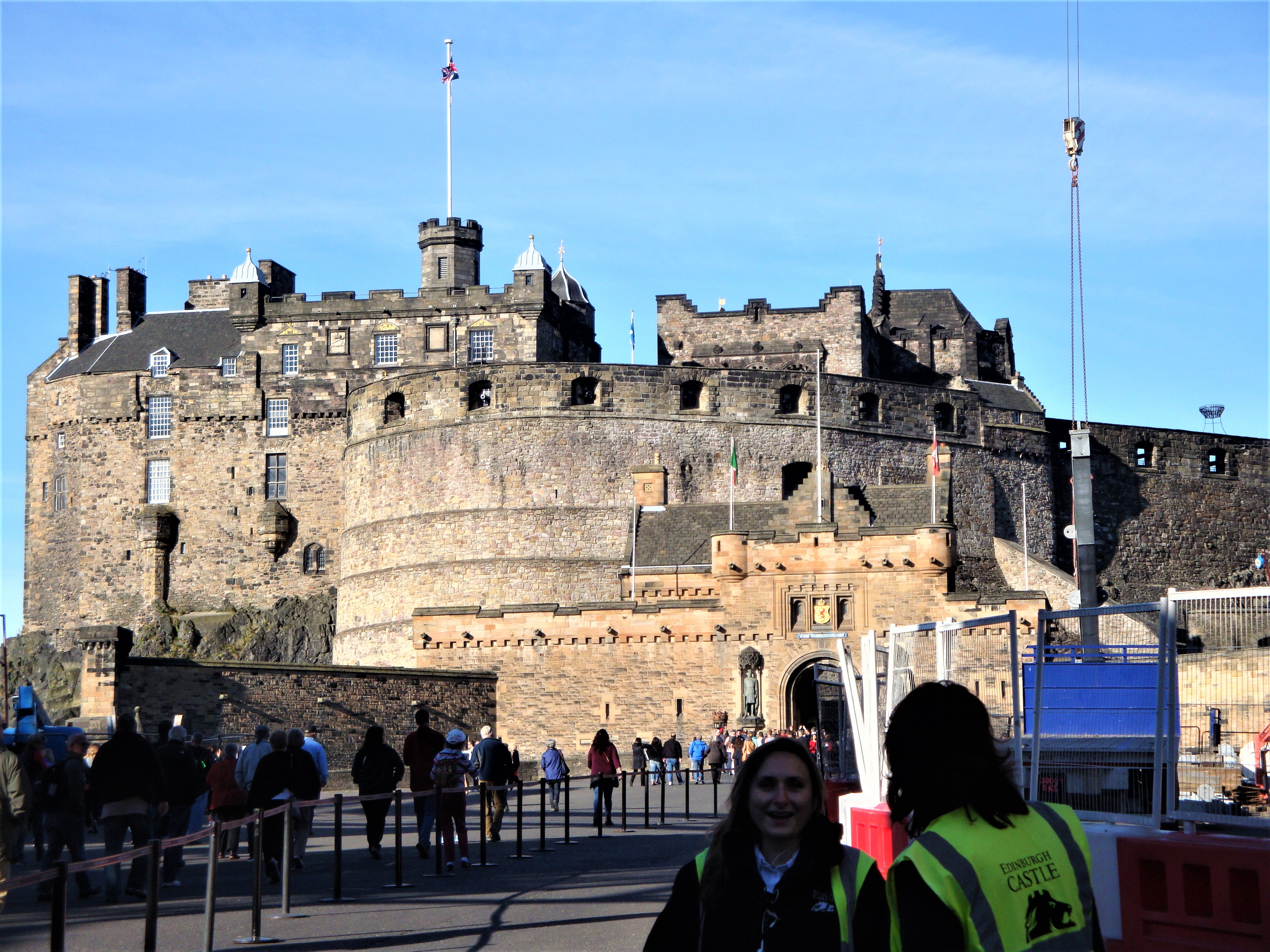
|
|
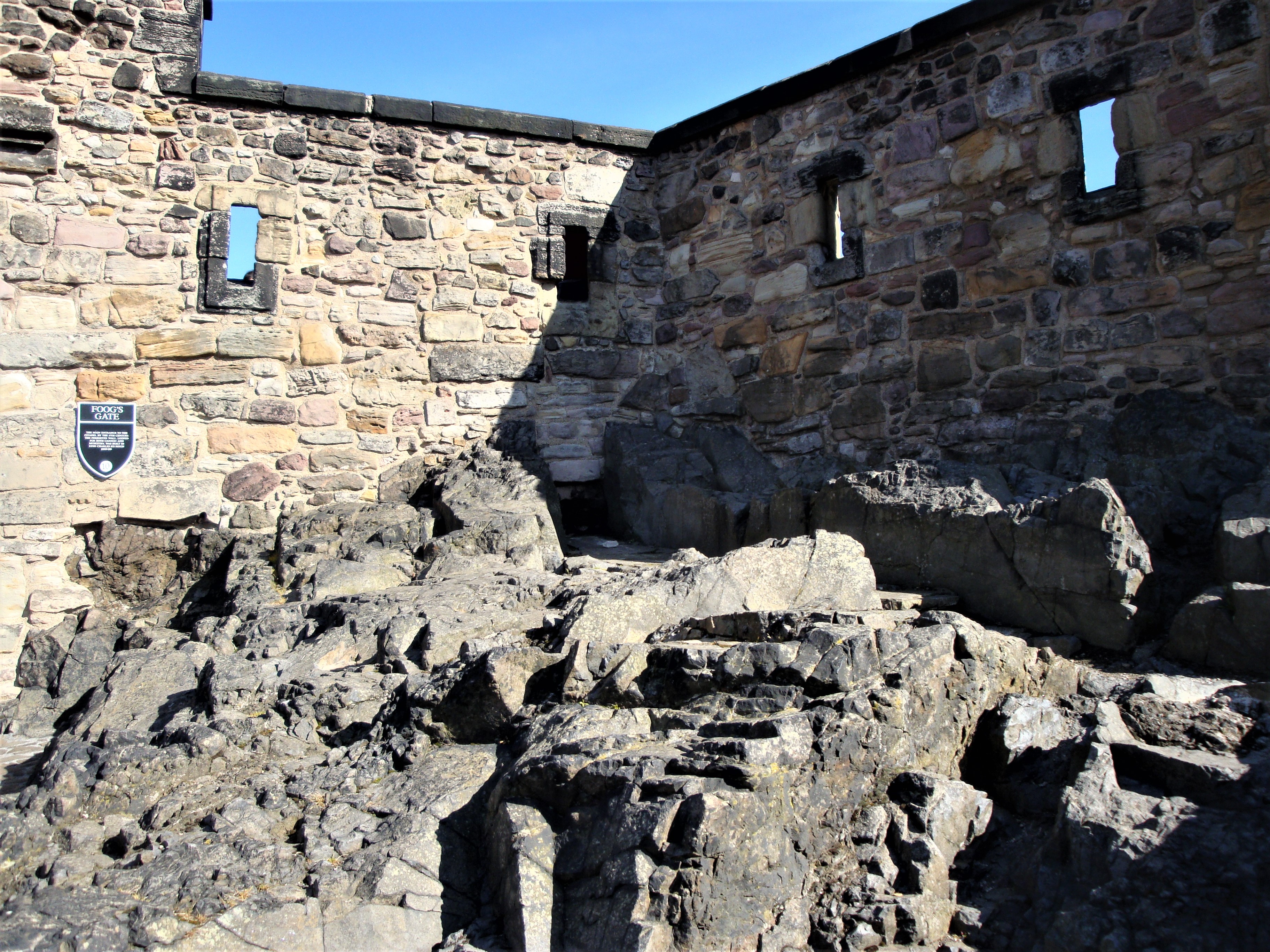
Rock Outcropping
|
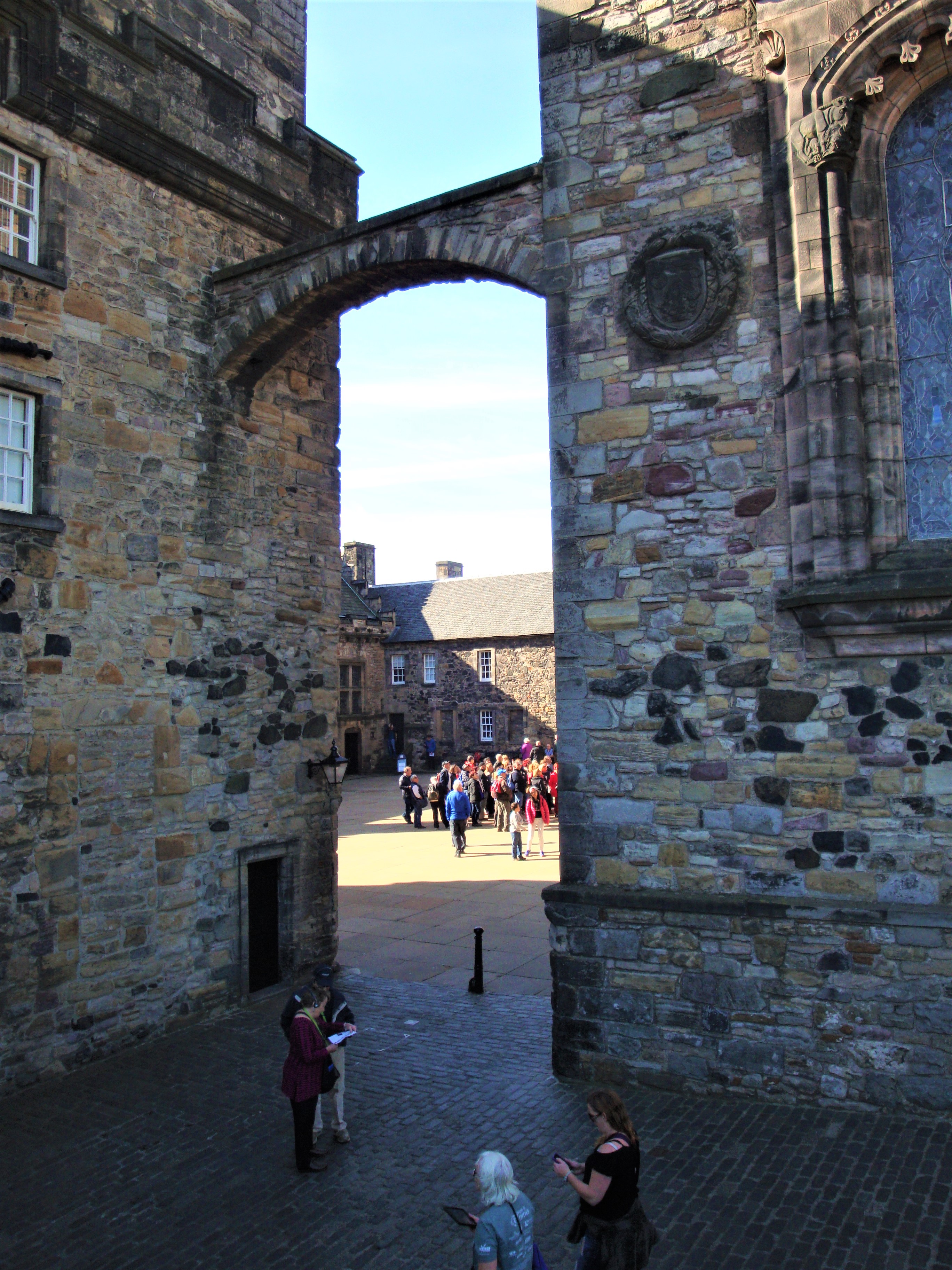
|
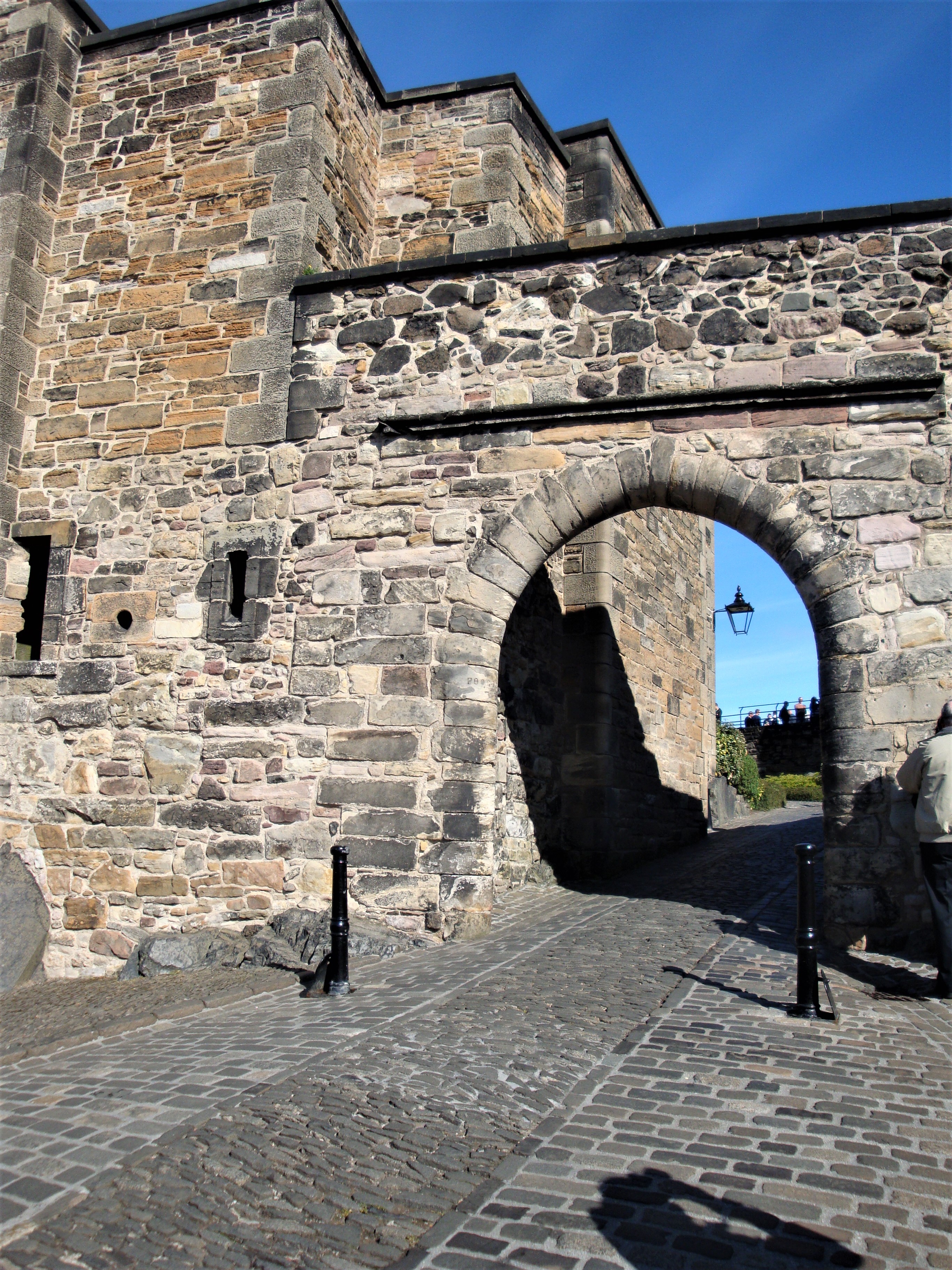
|
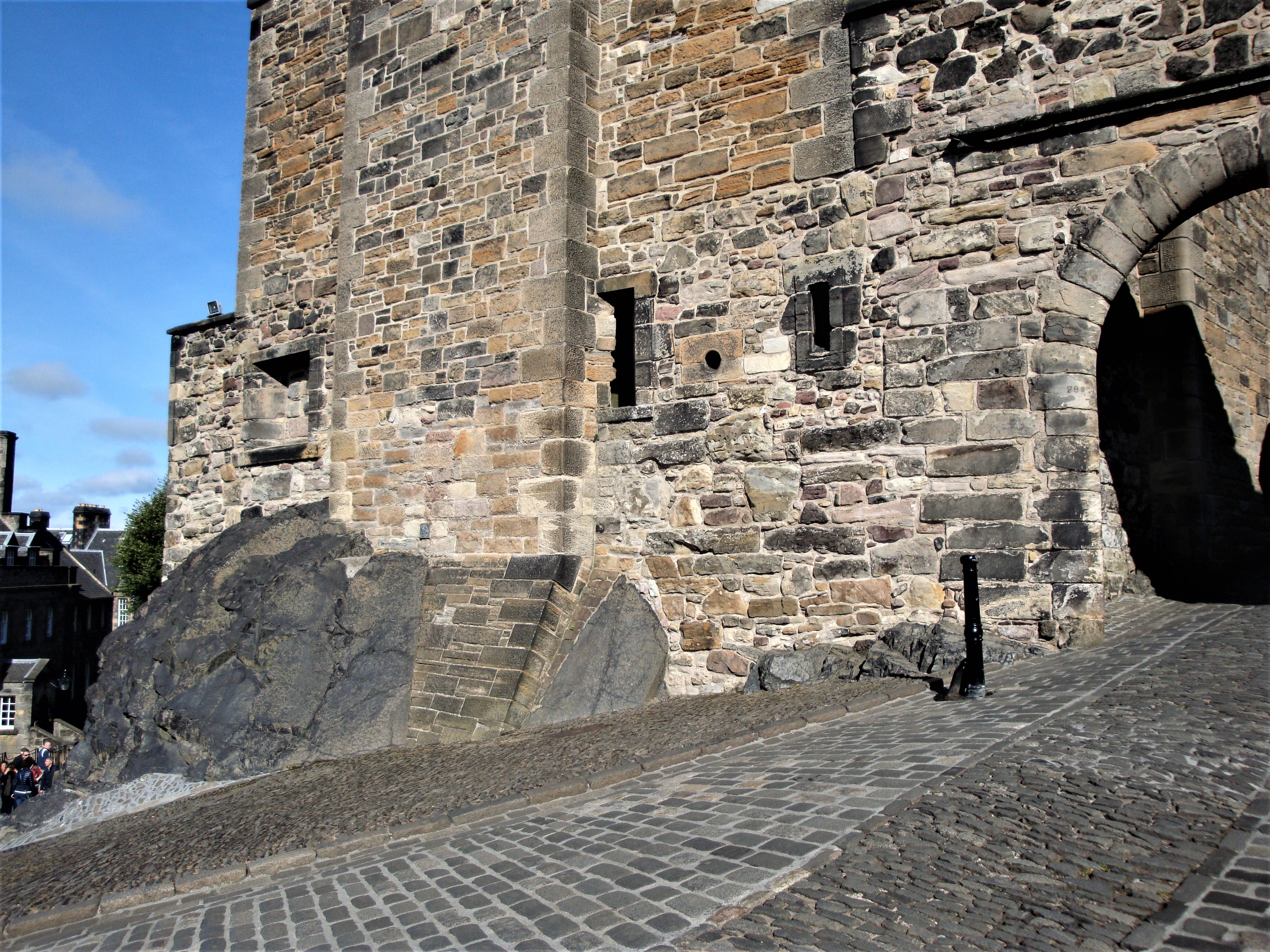
|
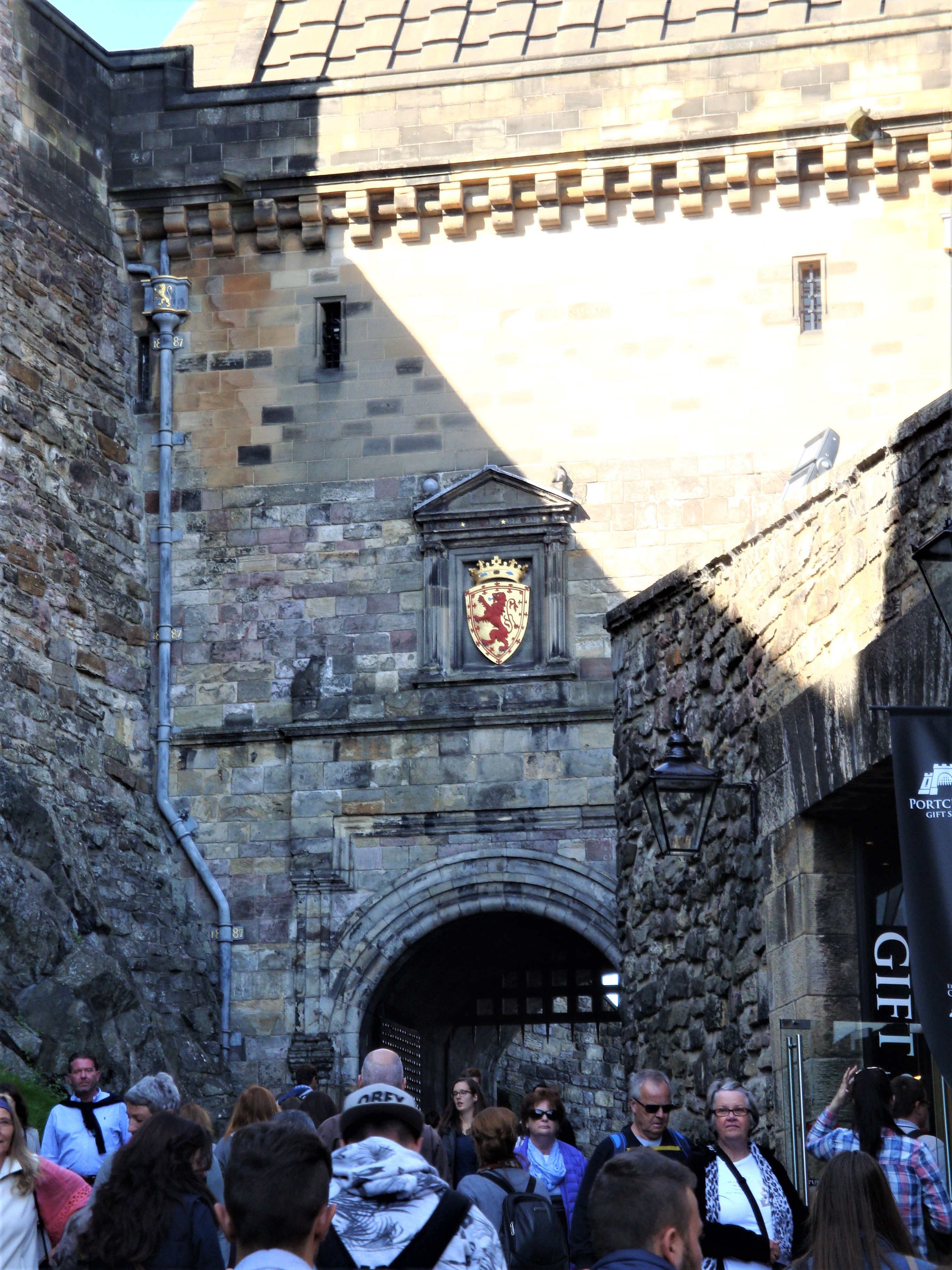
|
The Great Hall |
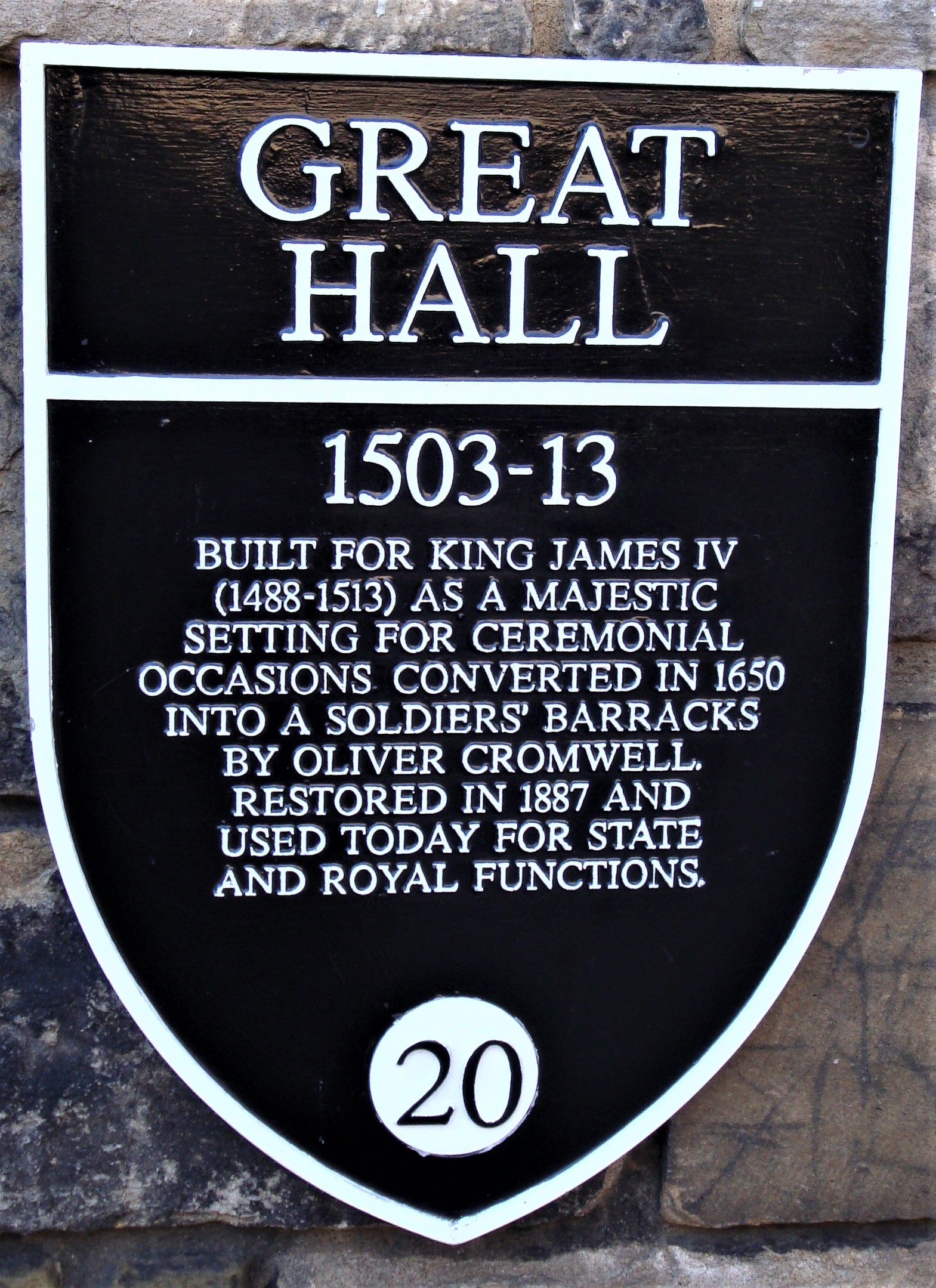
|
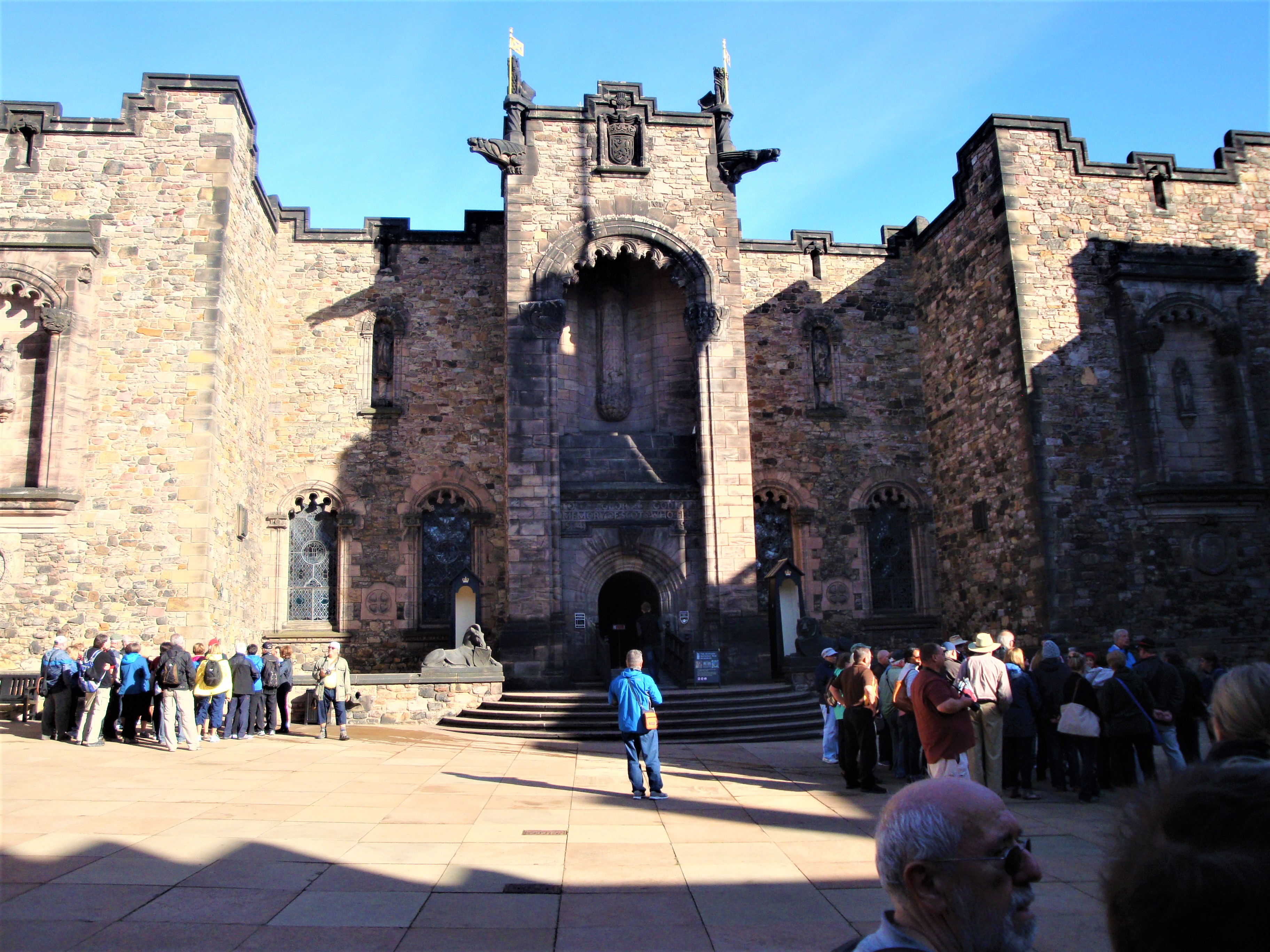
|
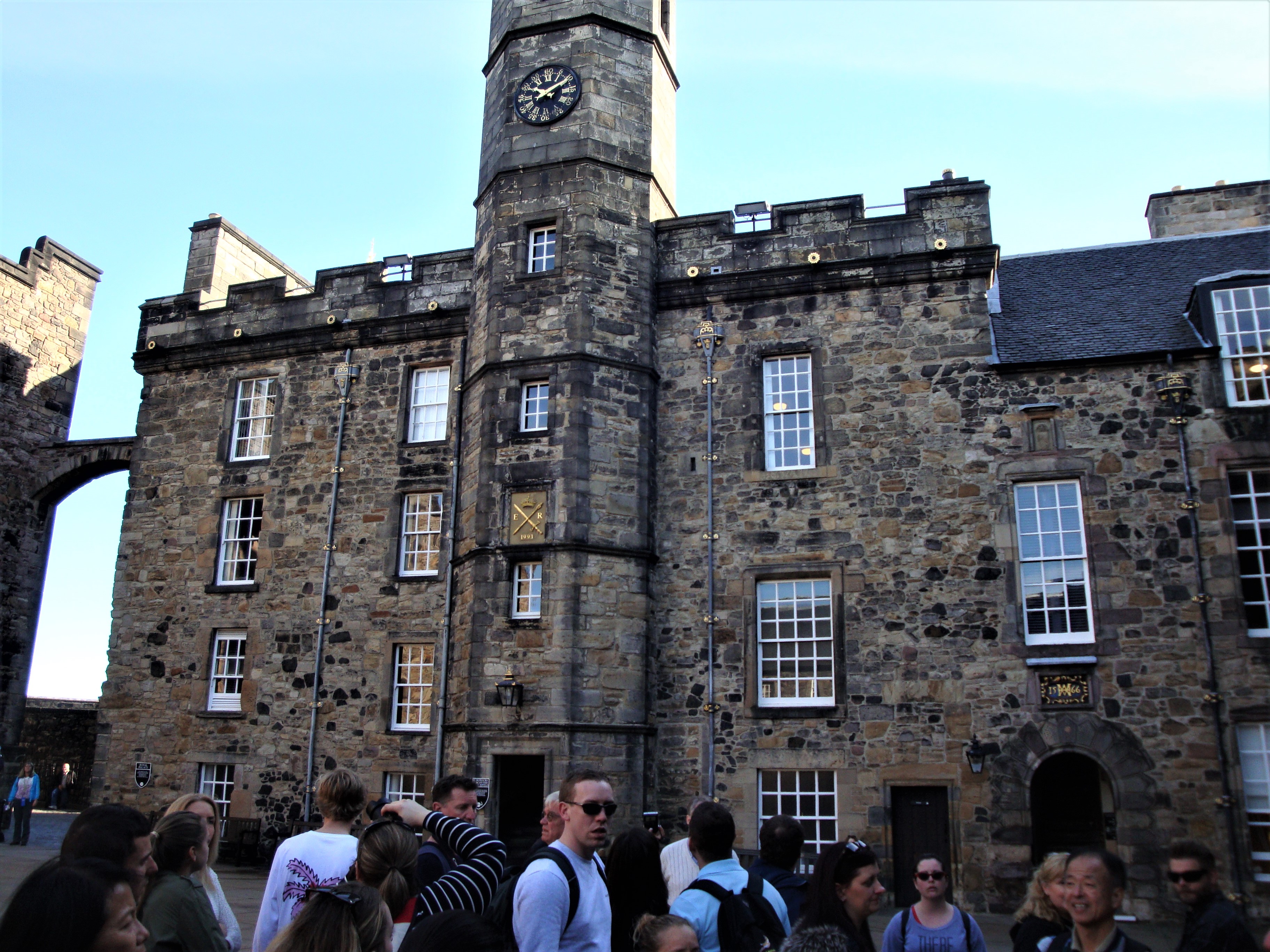
|
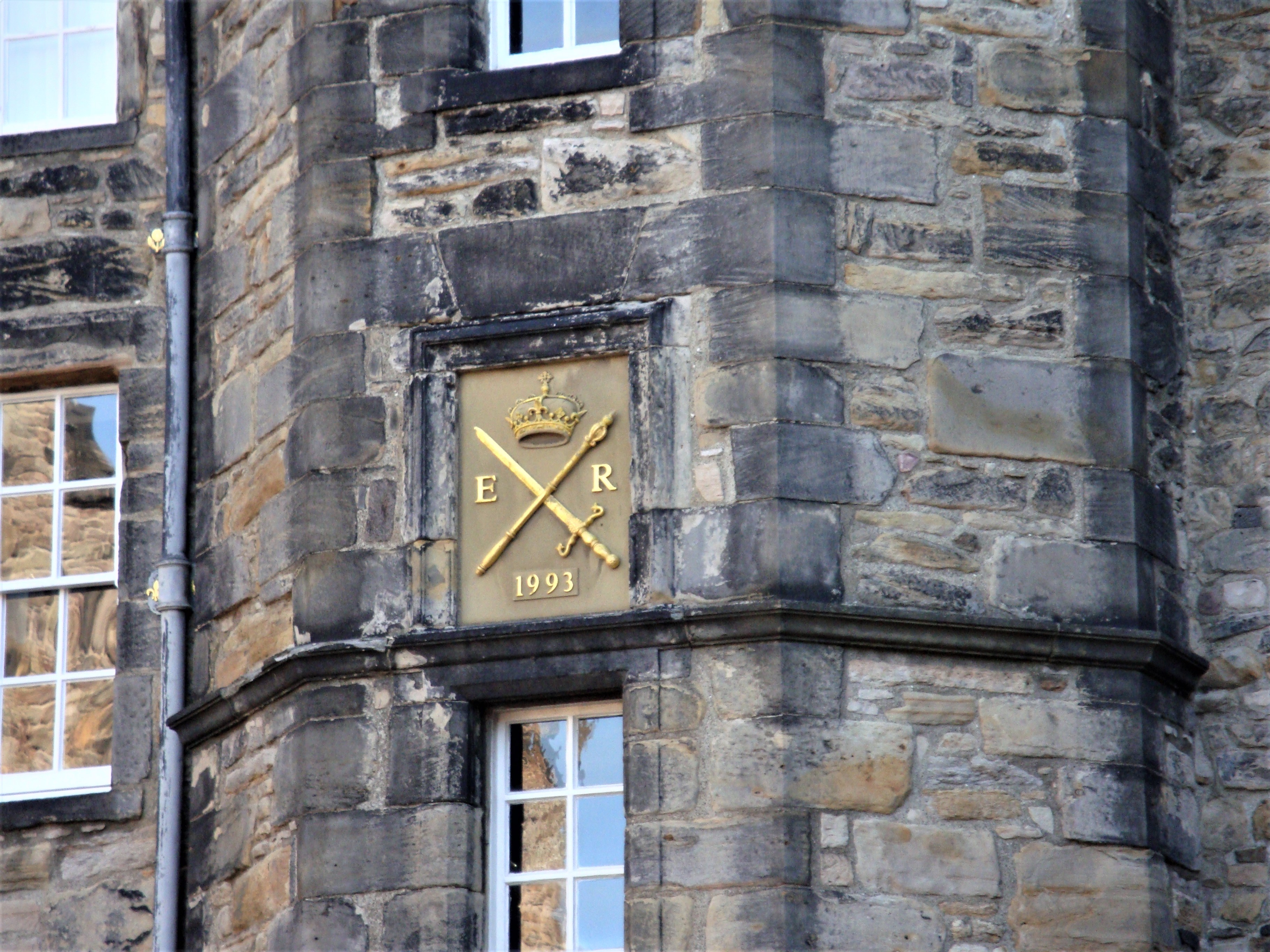
|
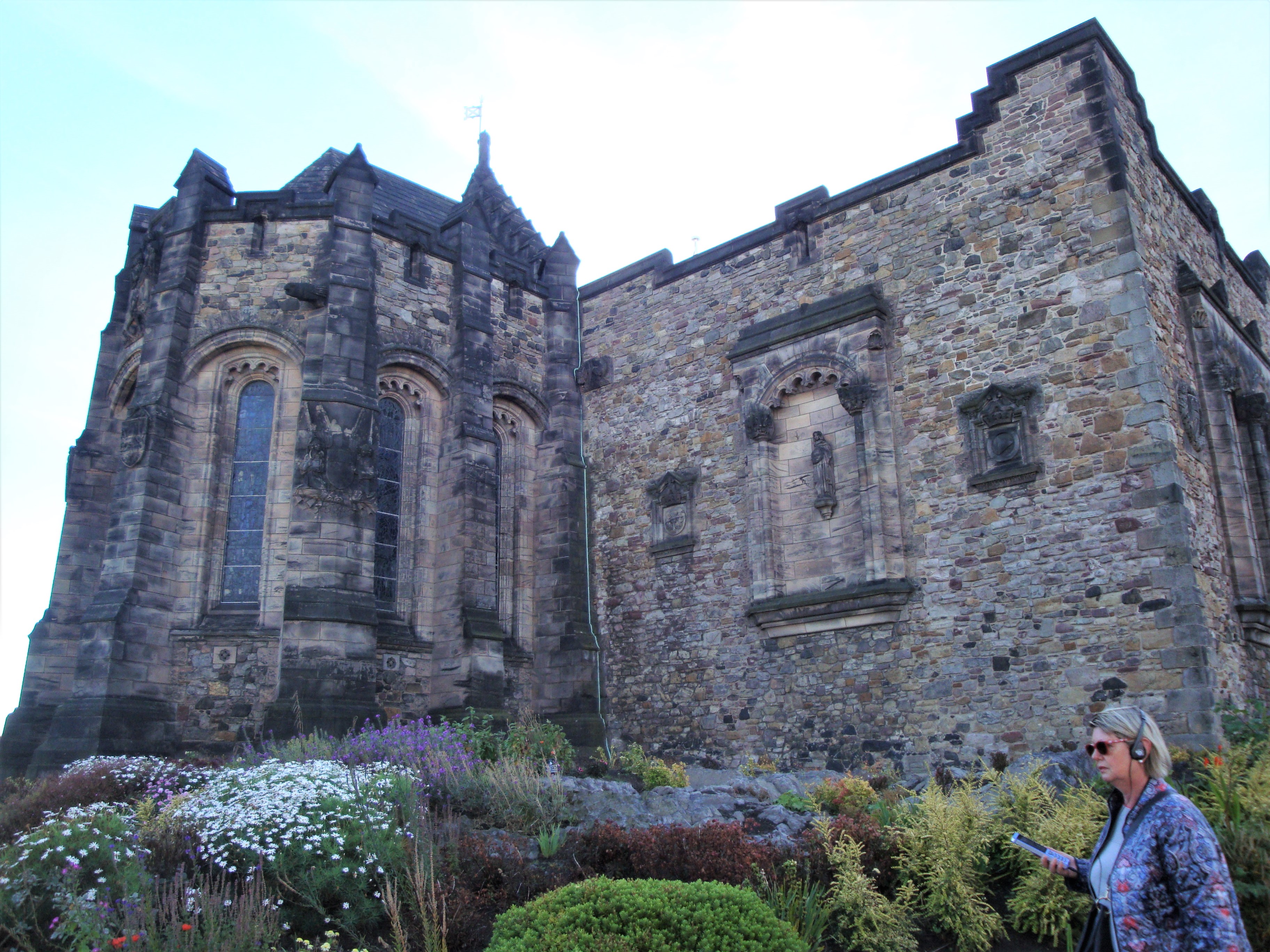
|
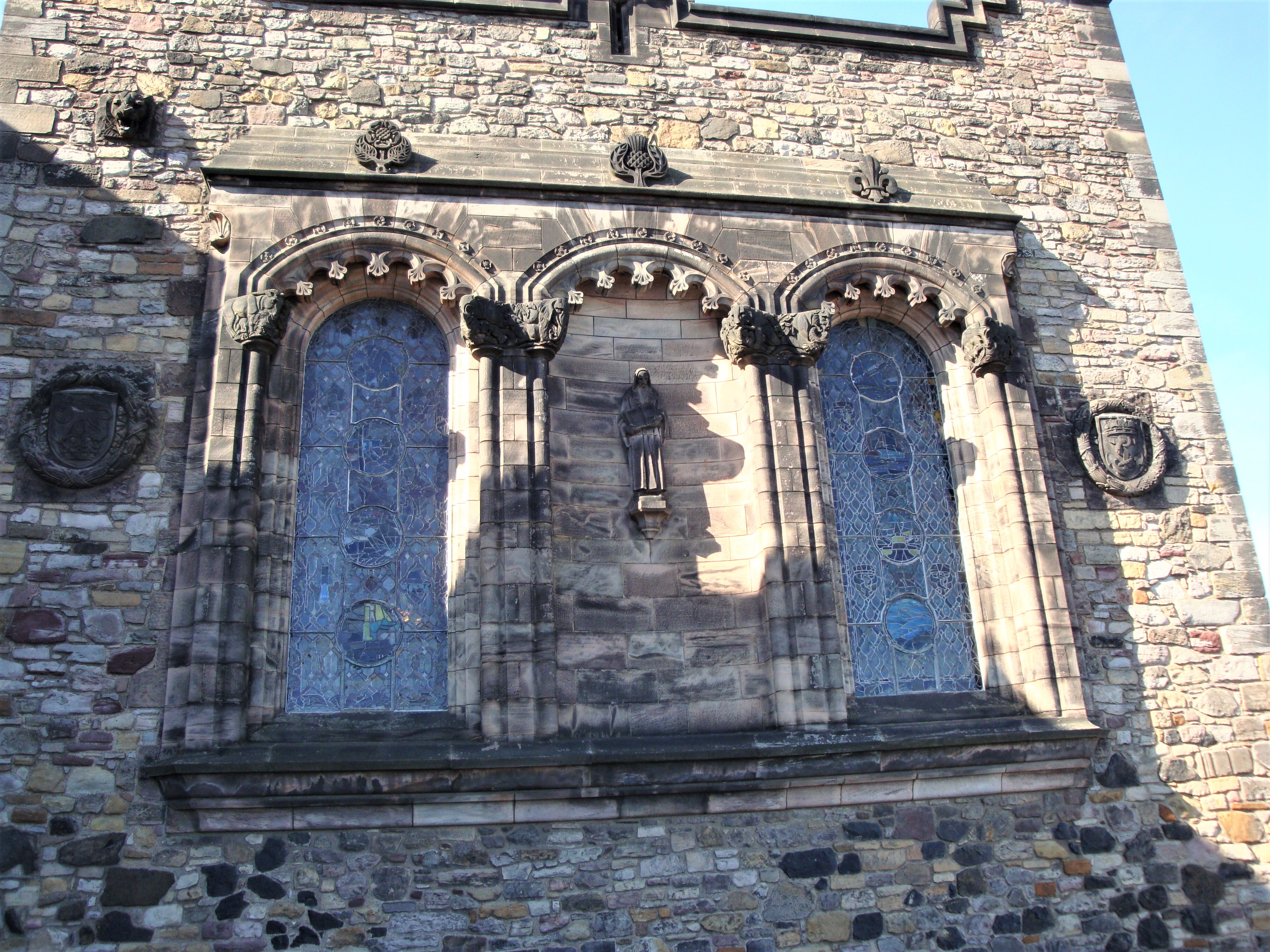
|

|
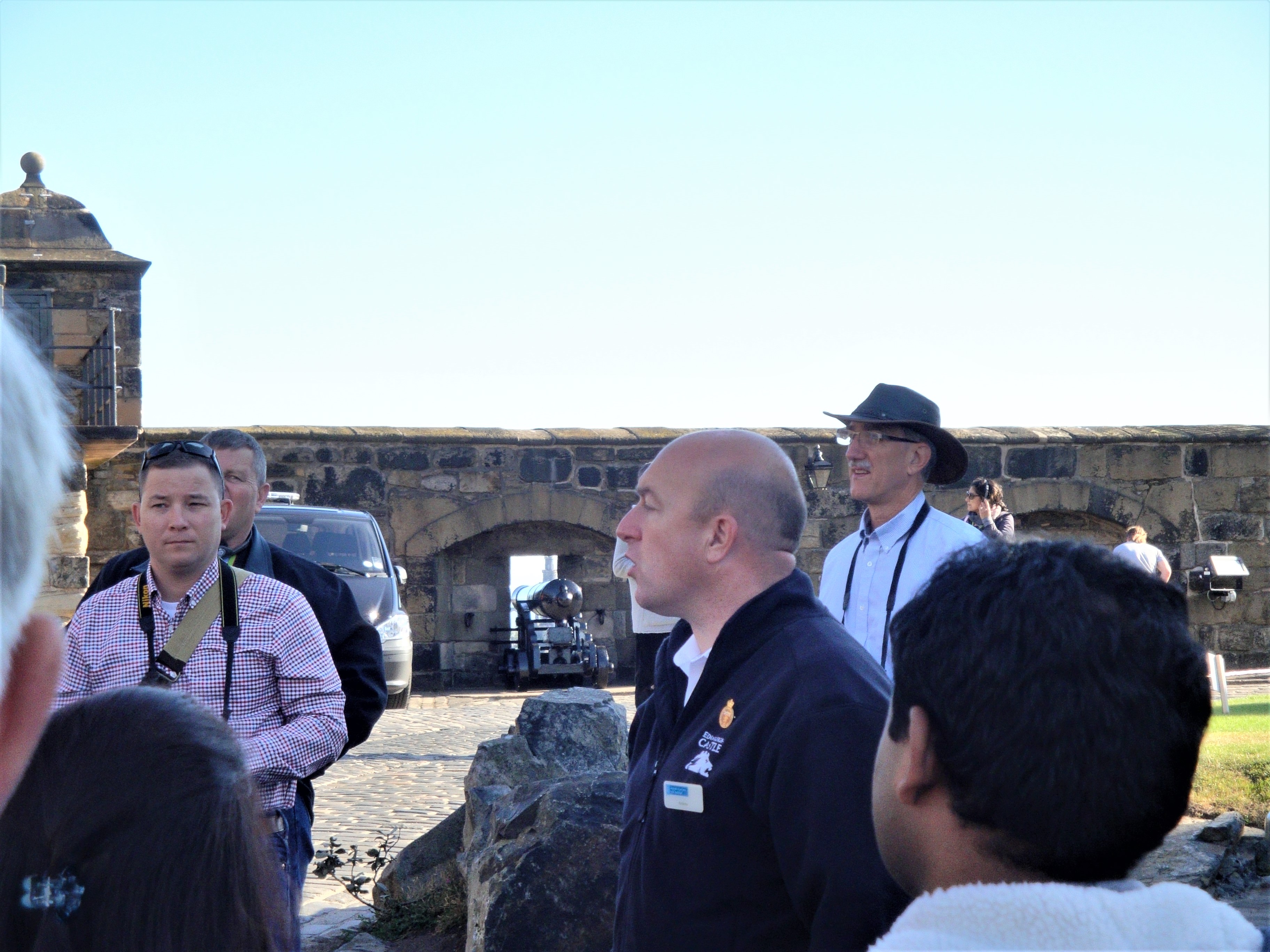
Tour Guide
|
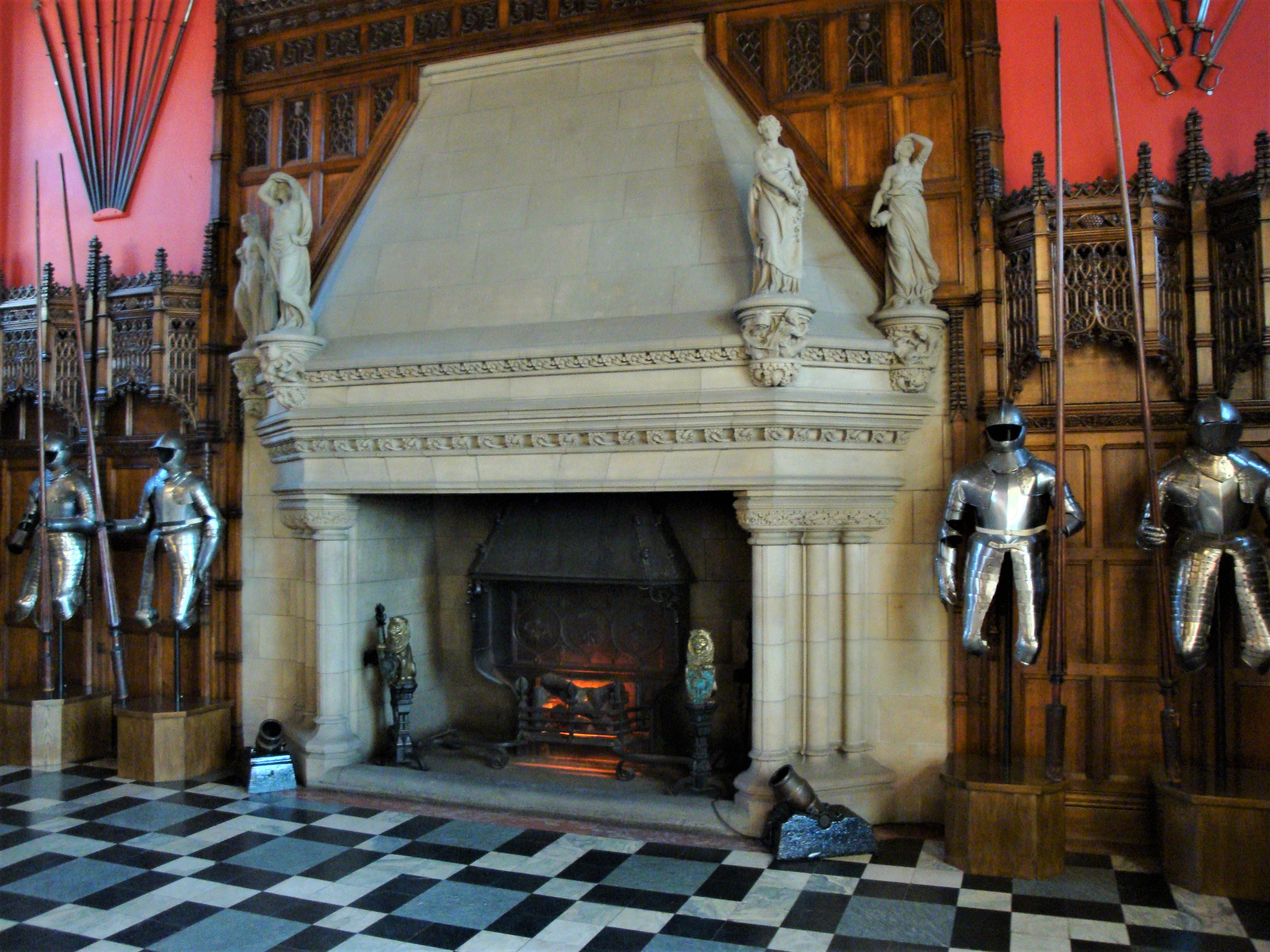
|
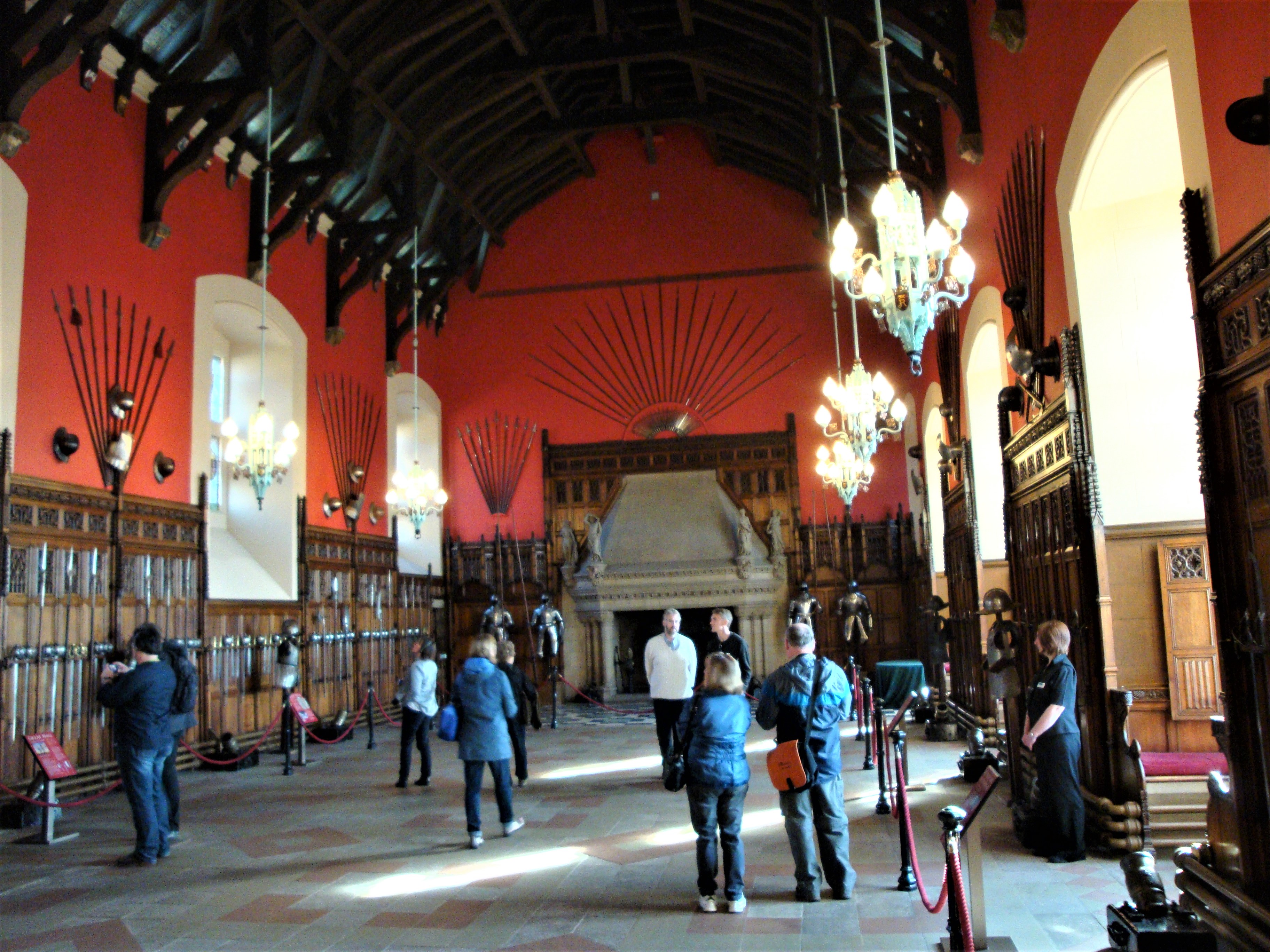
|
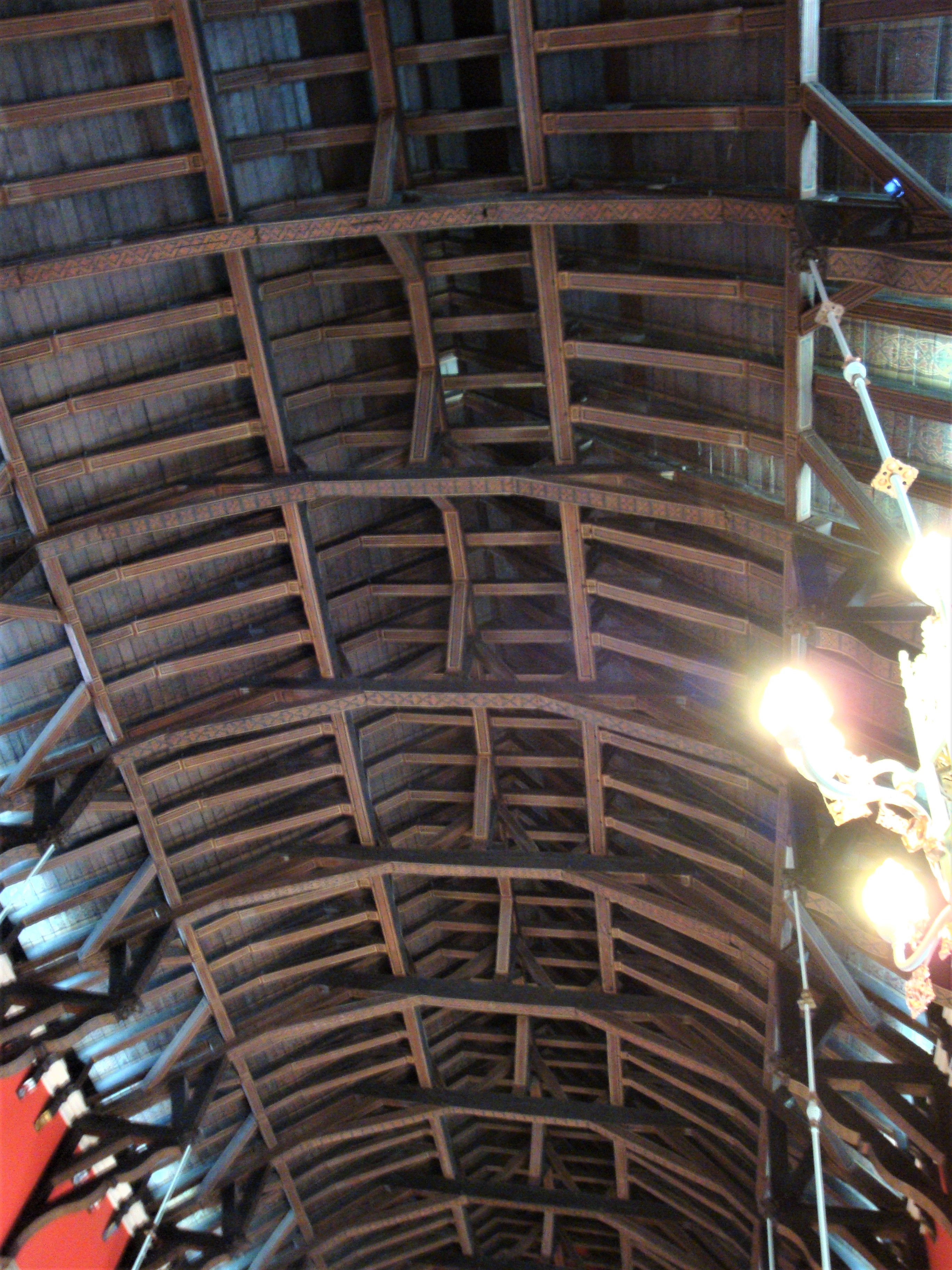
The builder of the Great Hall made the roof/ceiling
like an upside down boat hull.
|
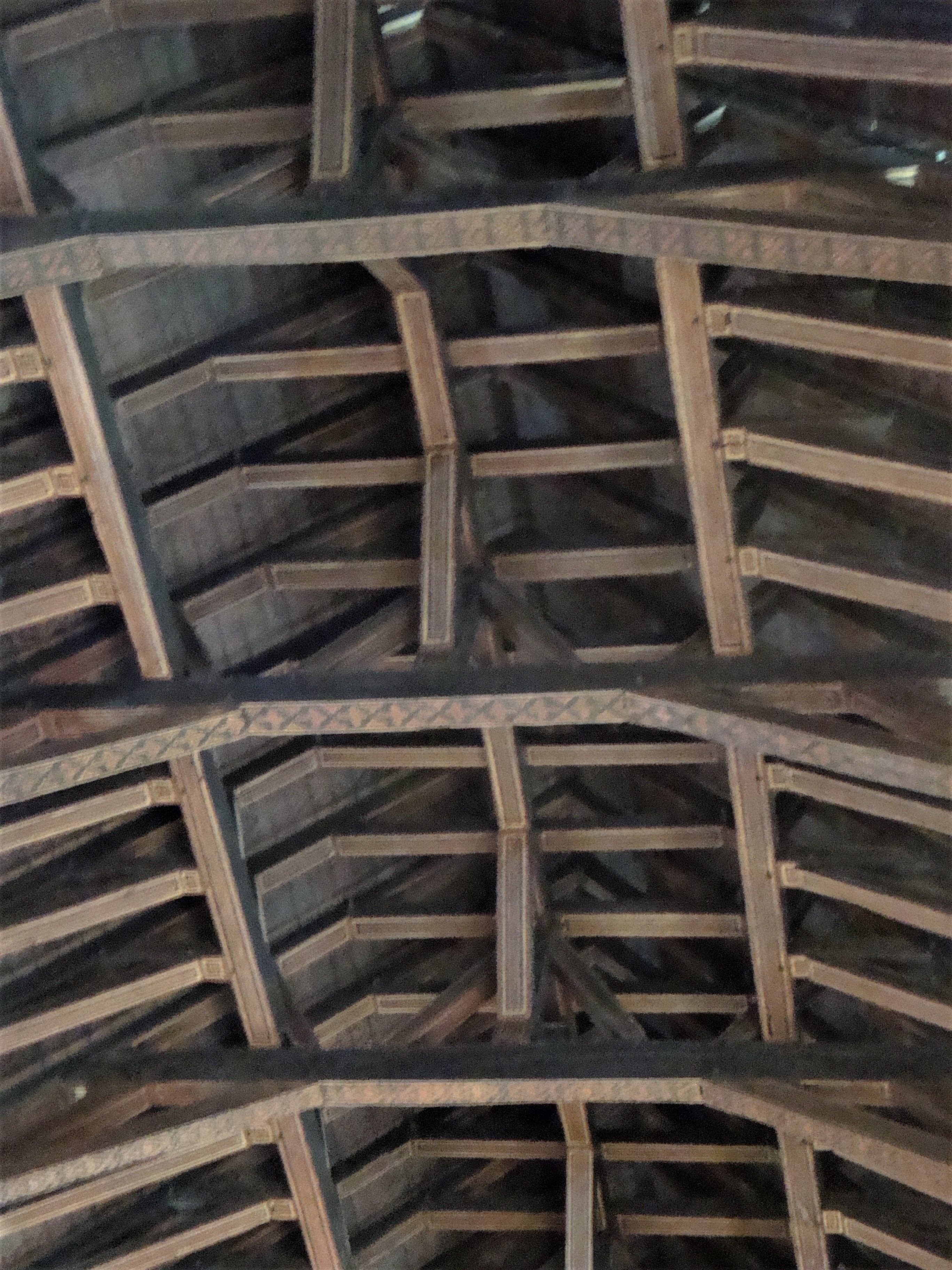
|
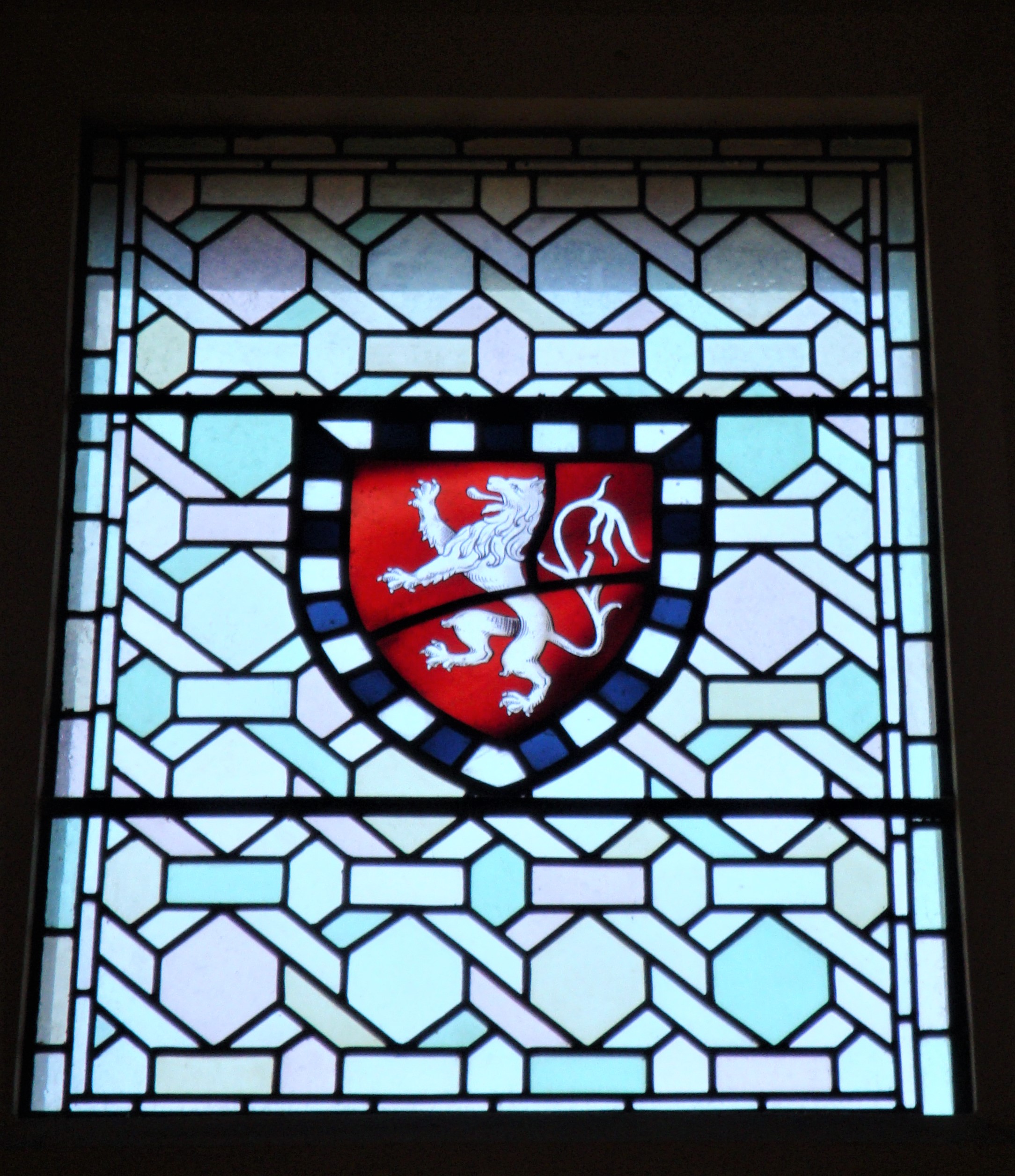
|
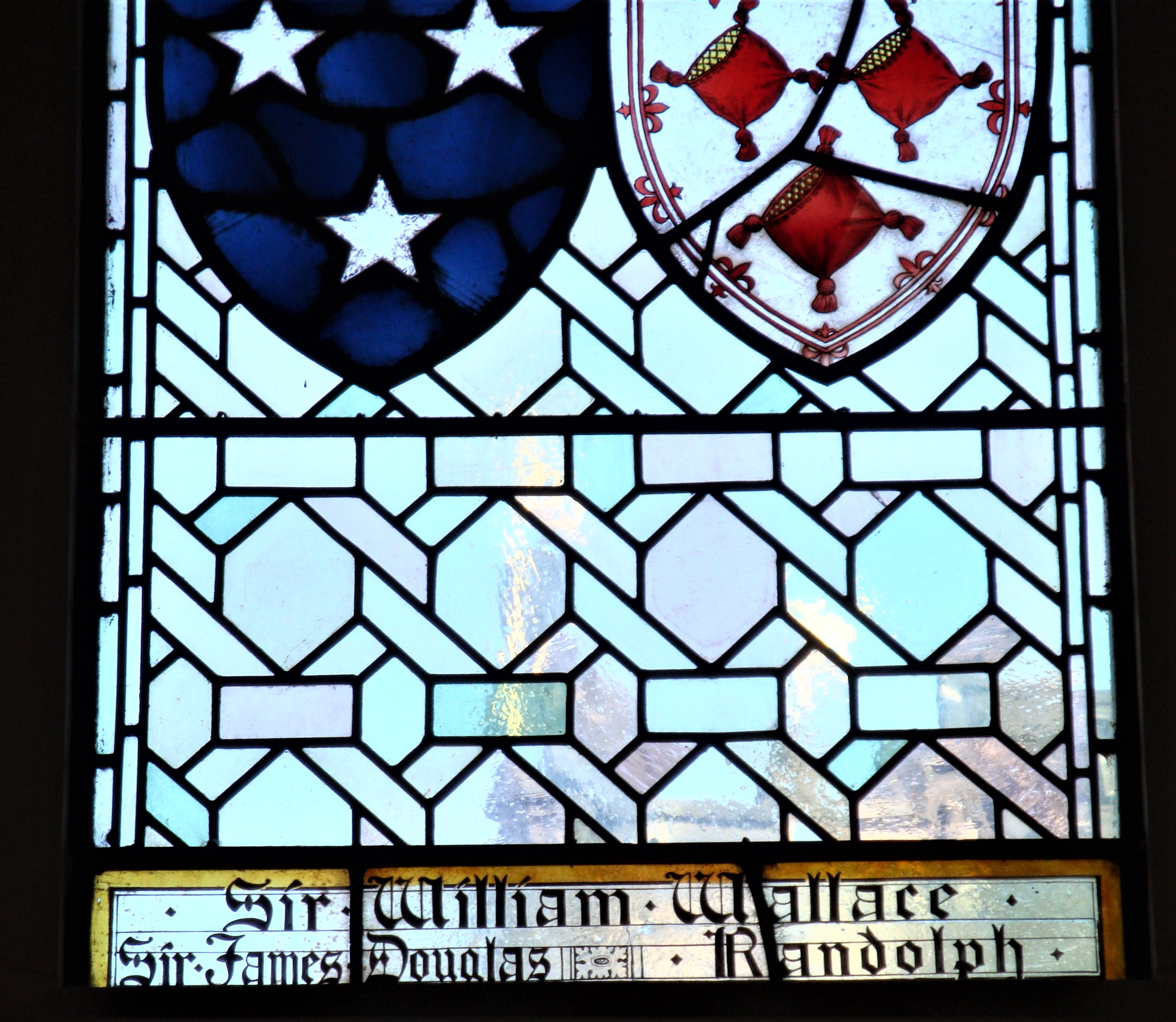
|
Queen Mary's Chamber |
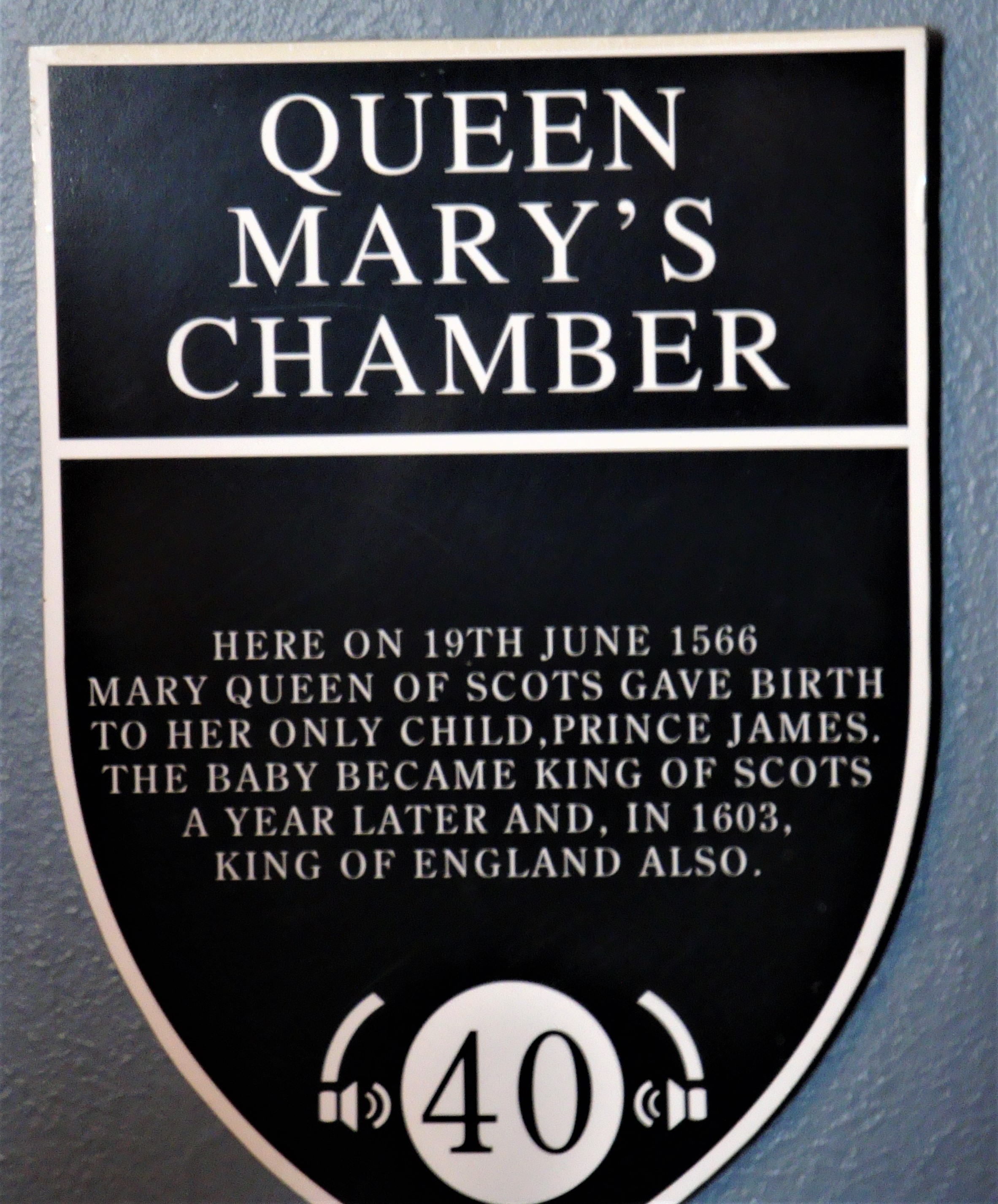
|
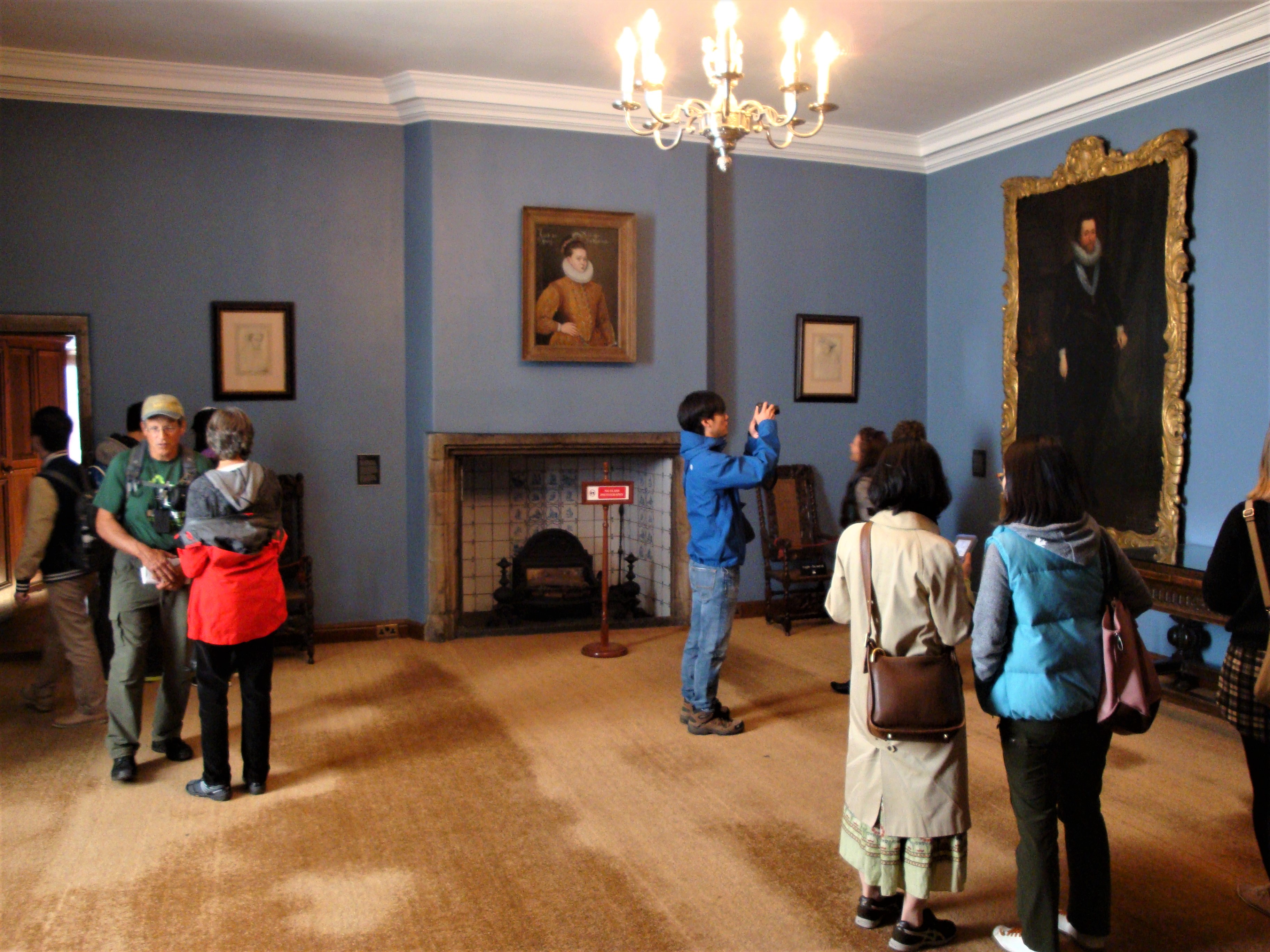
|
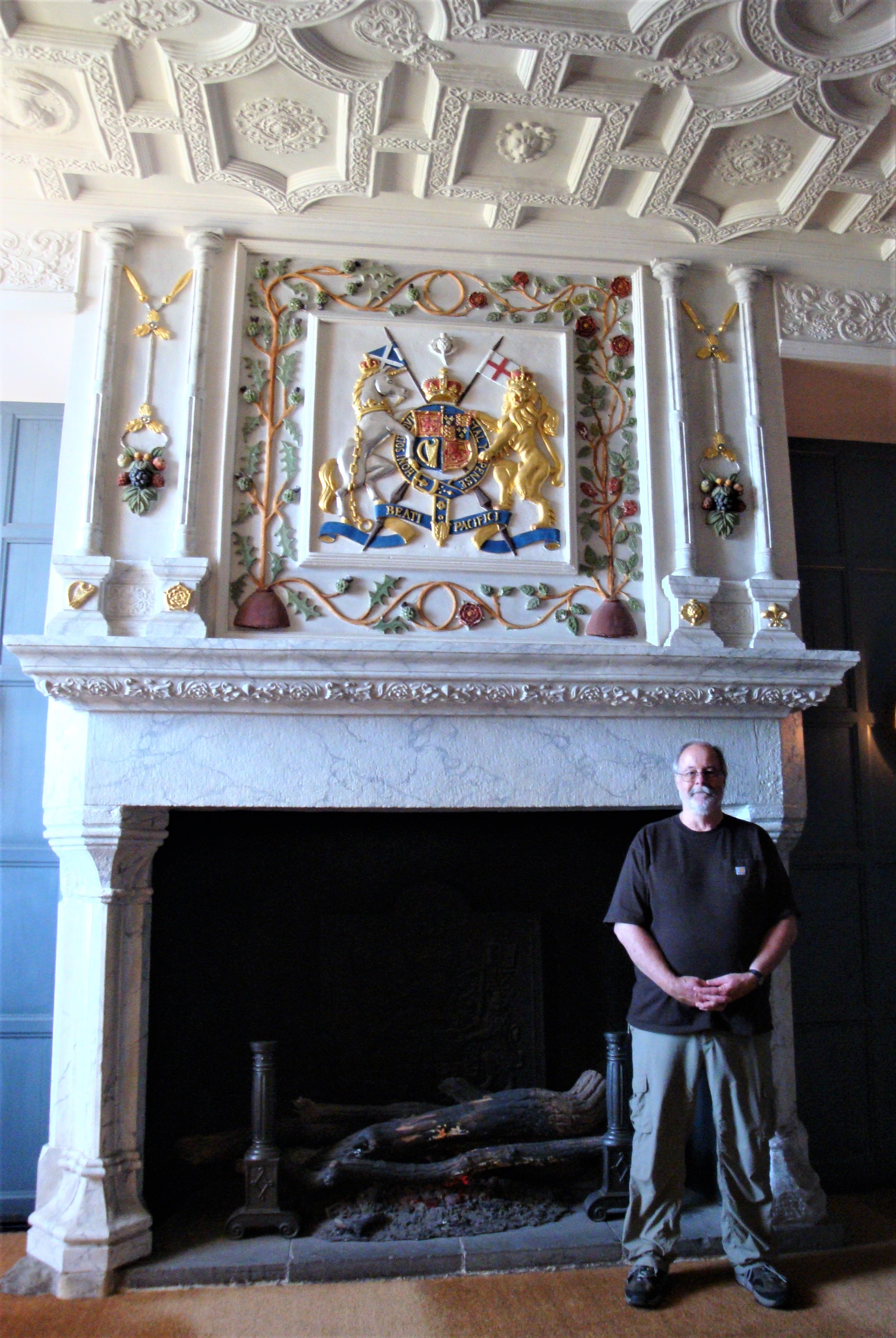
|
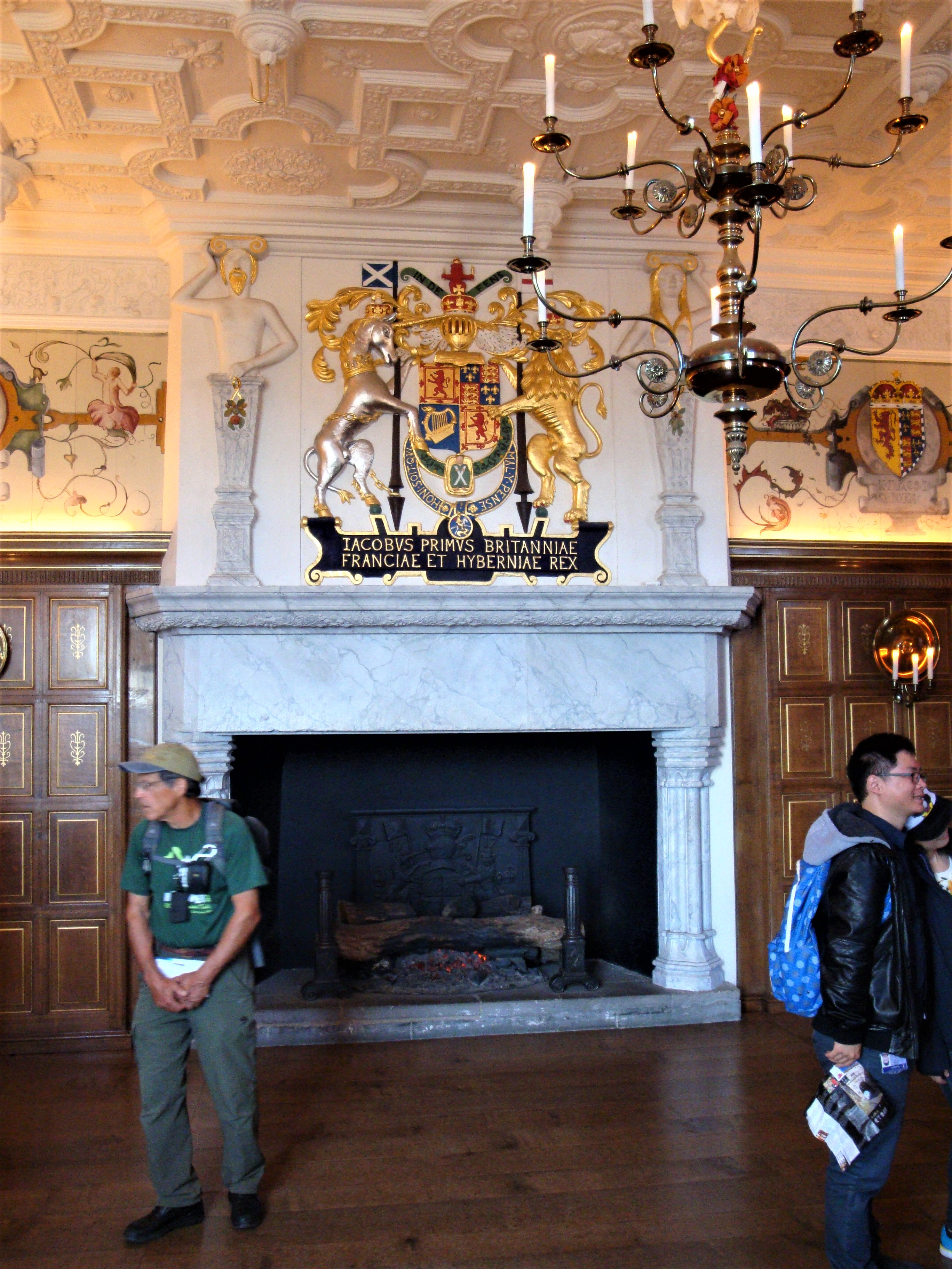
|
"The Big Gun"
|
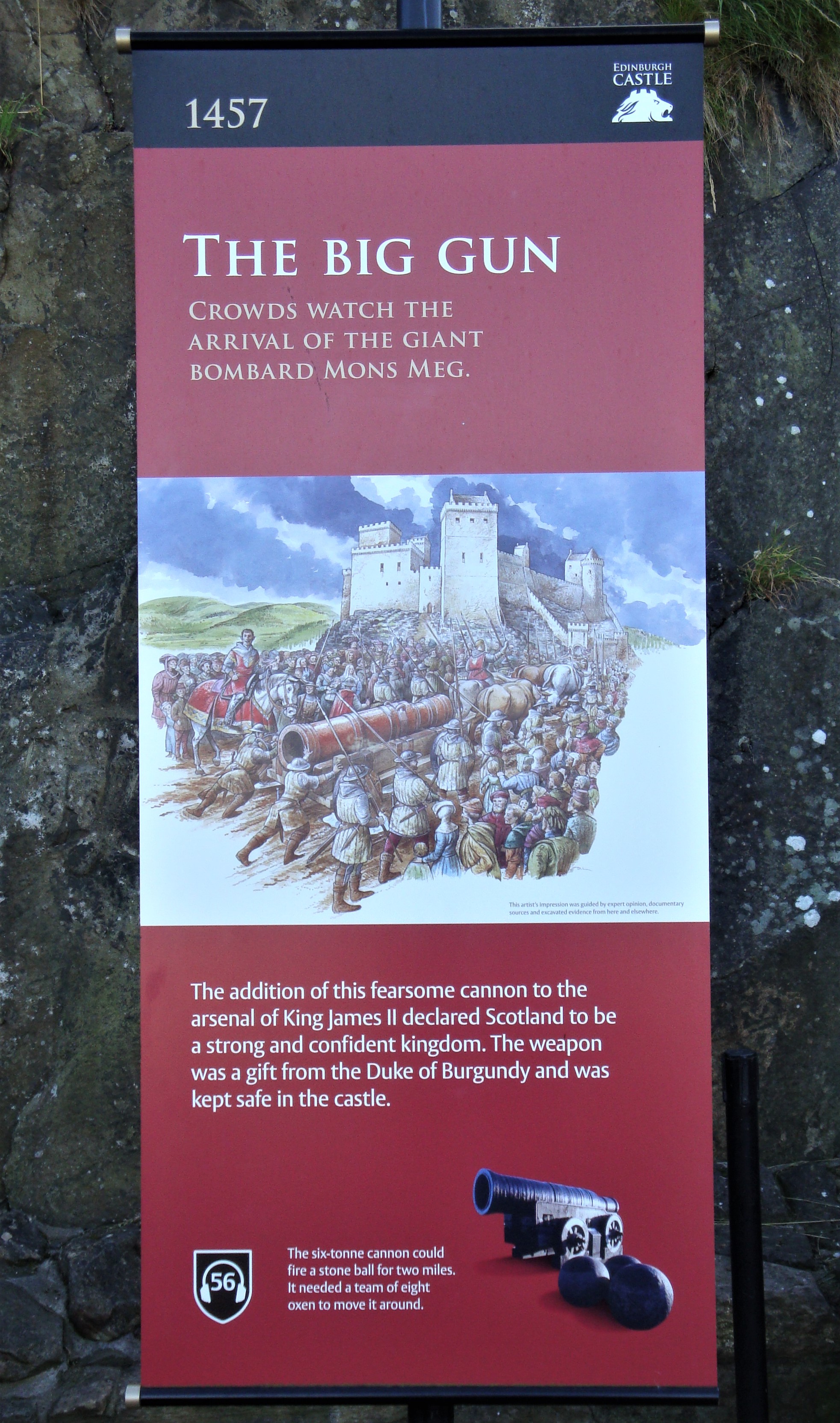
|
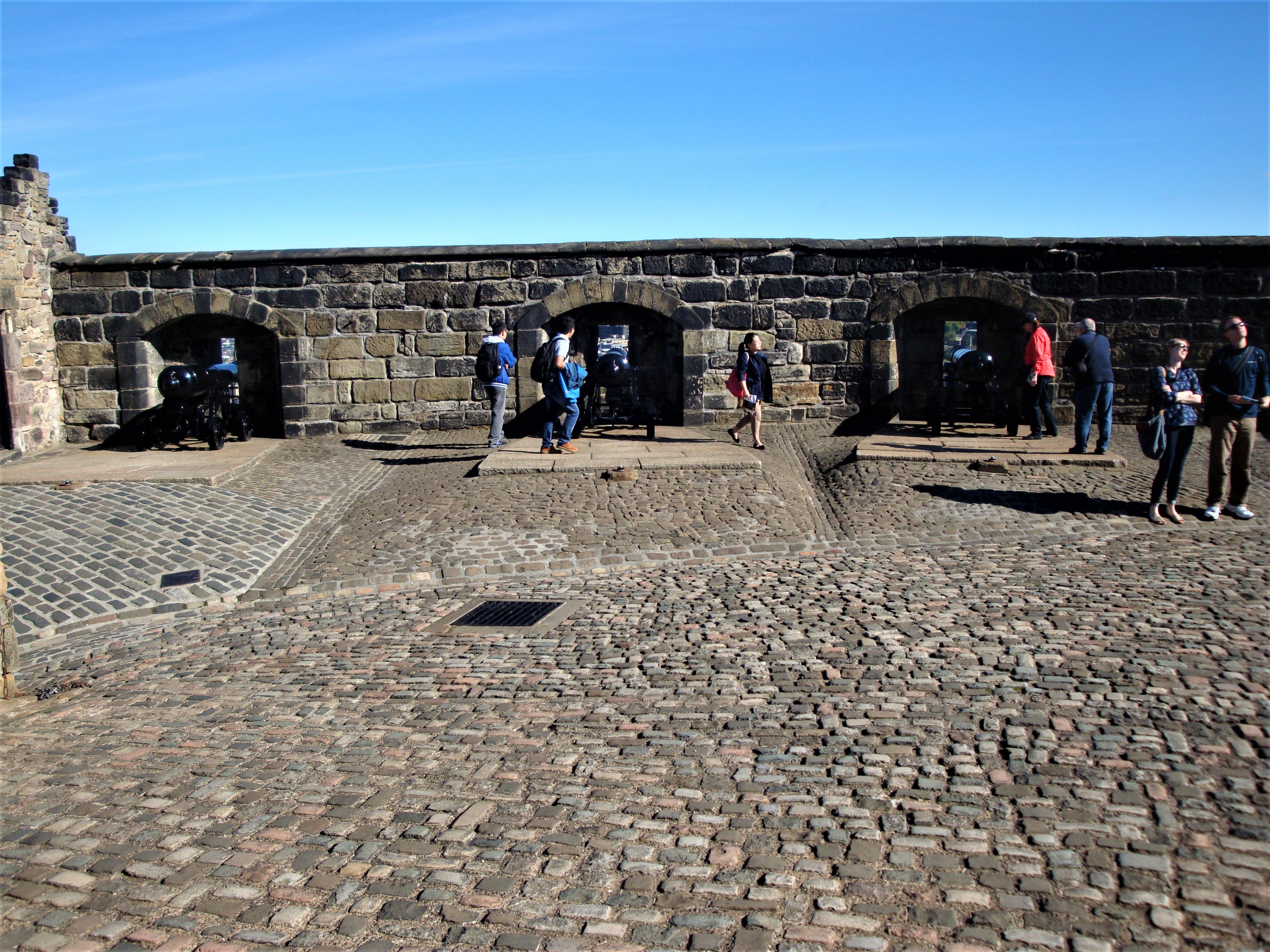
|
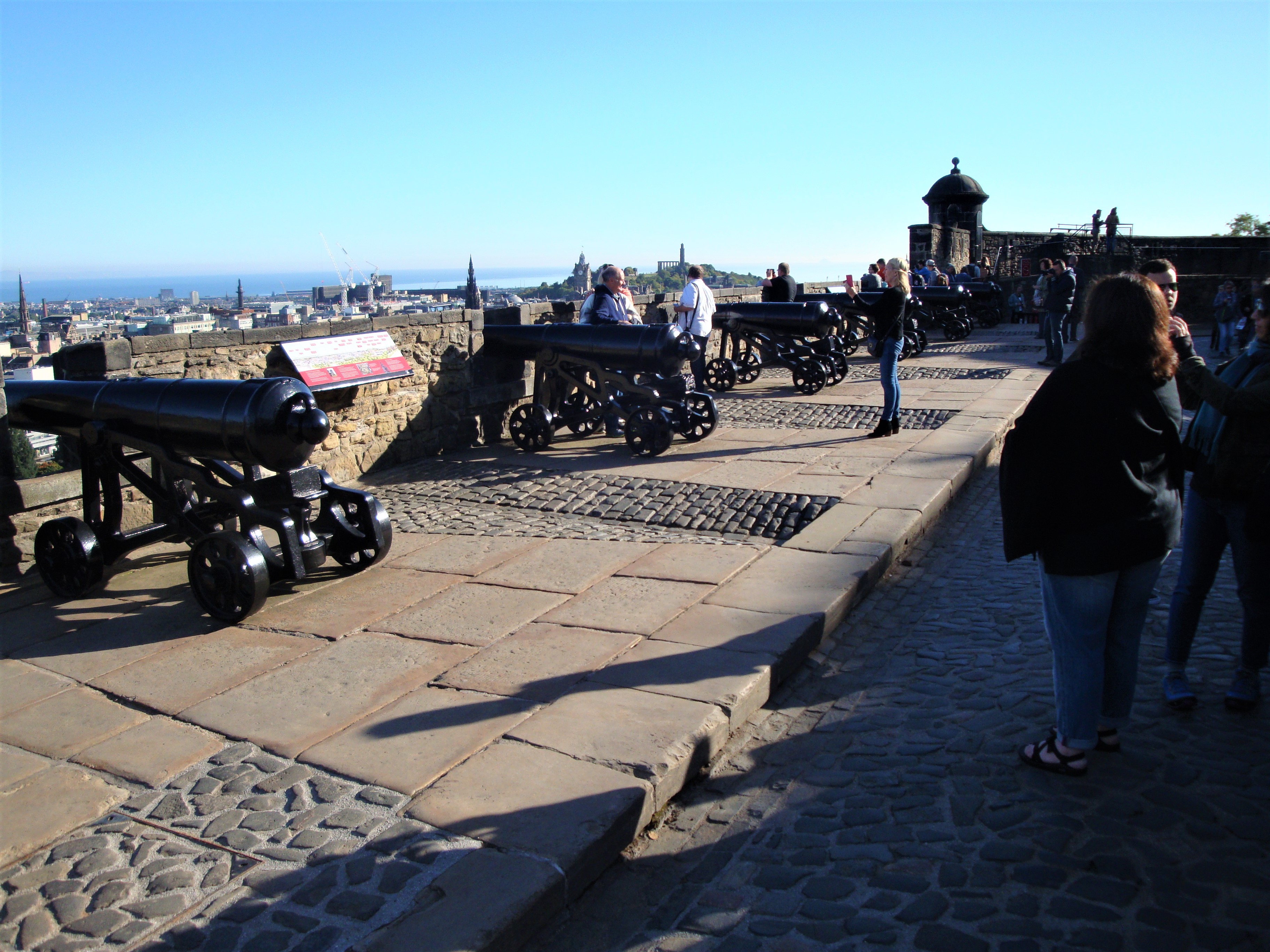
|
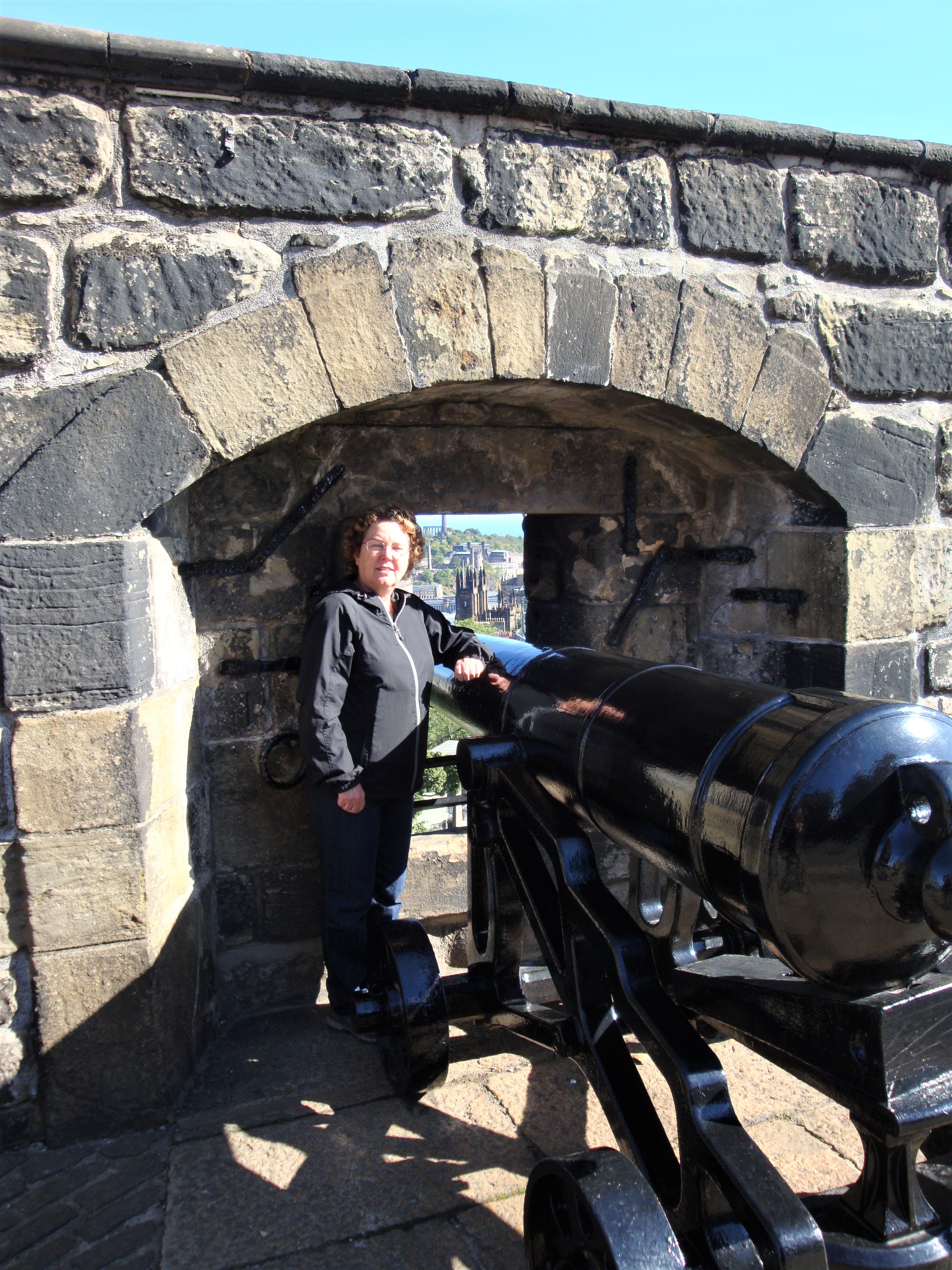
|
The Half-Moon Battery |
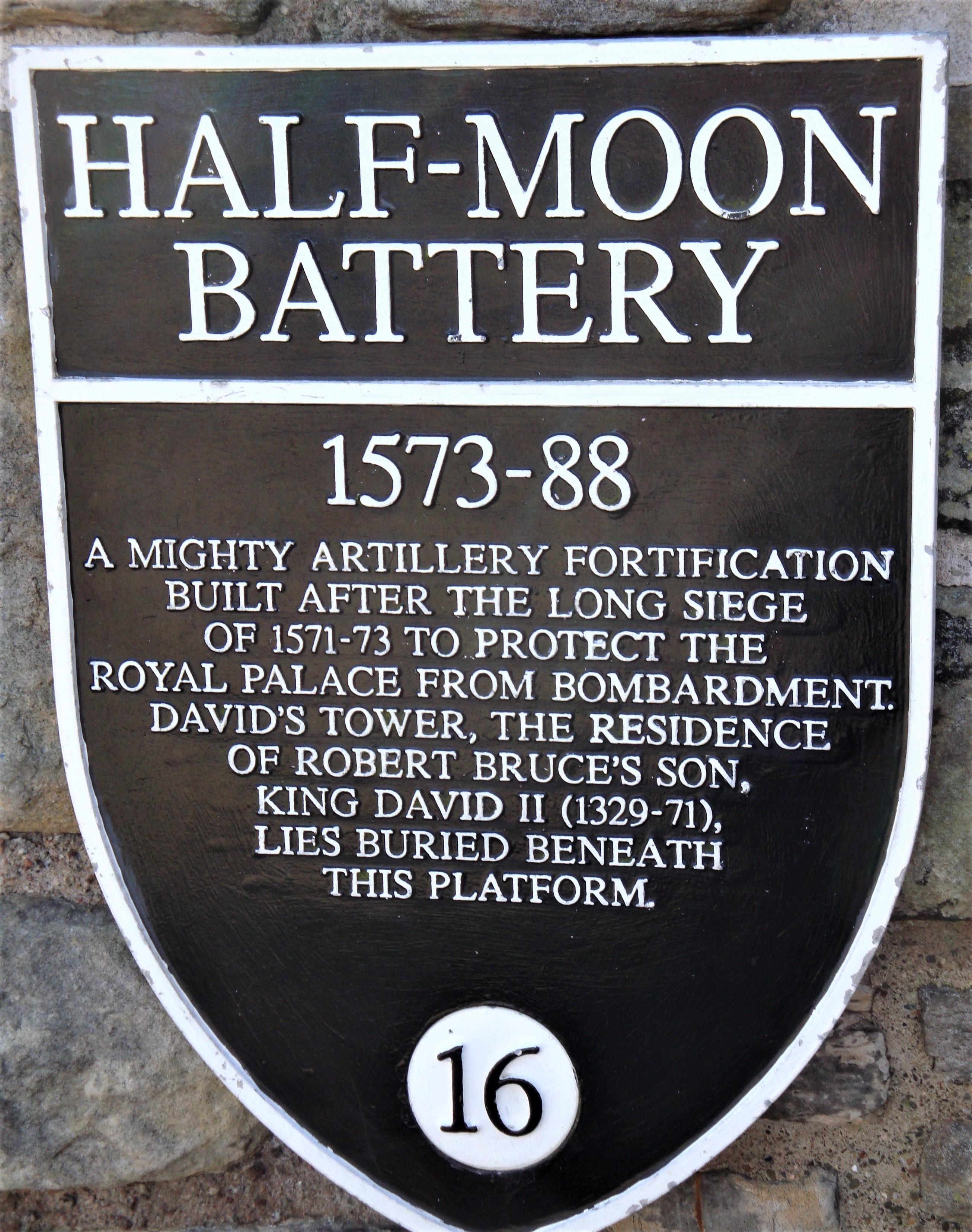
|
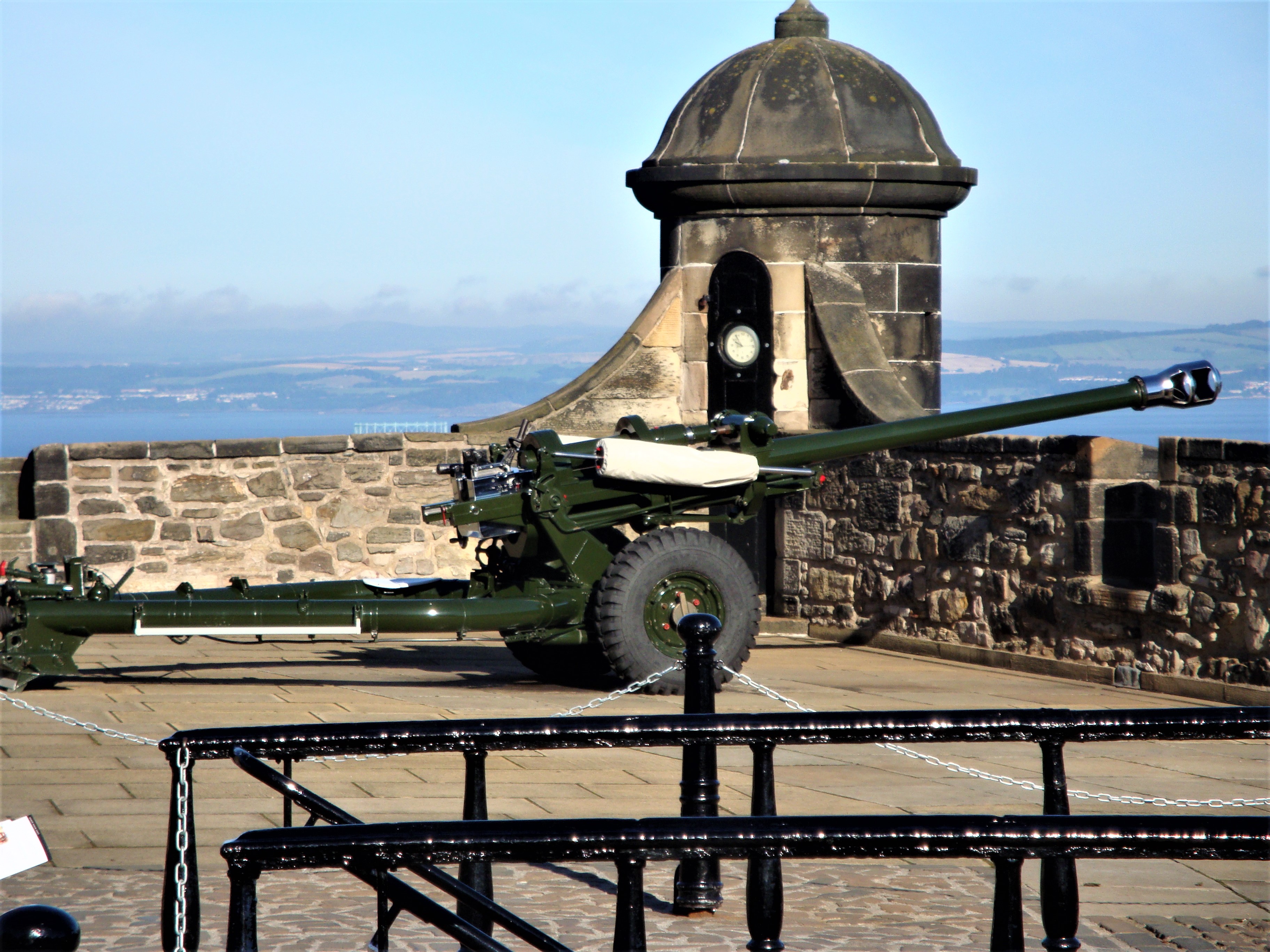
|
William Wallace Memorial
At the entrance to the Edinburgh Castle |
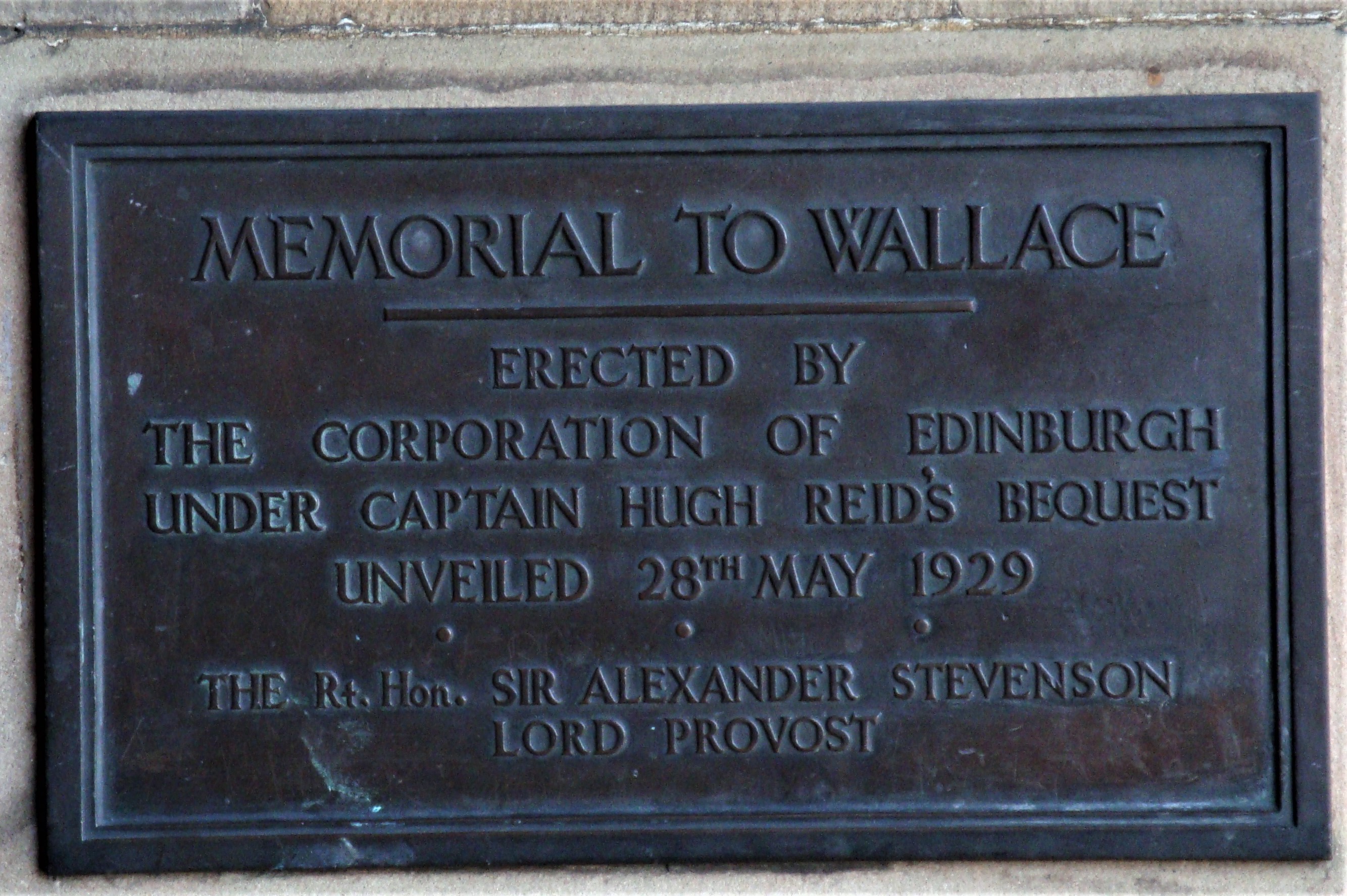
|
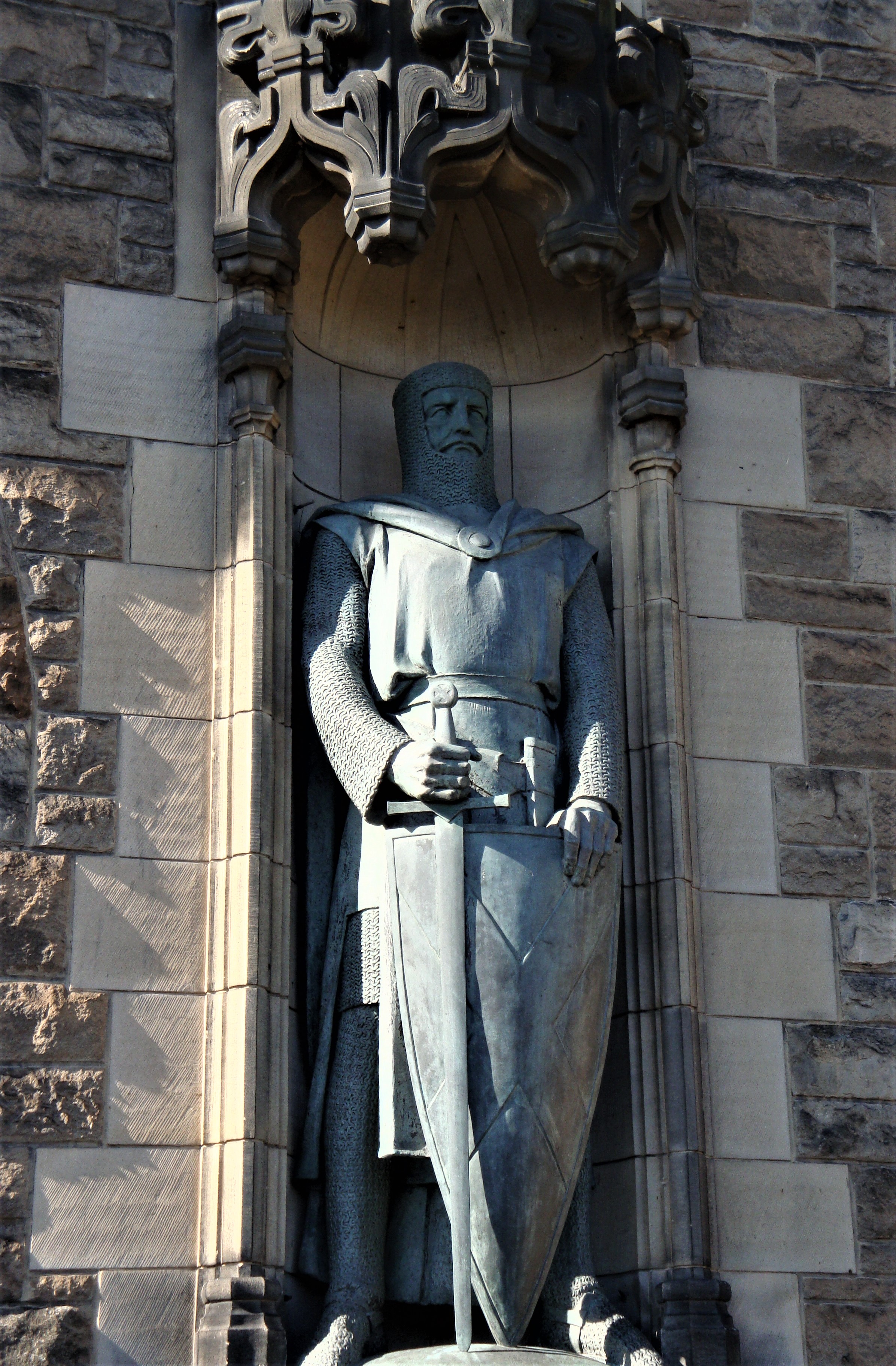
|
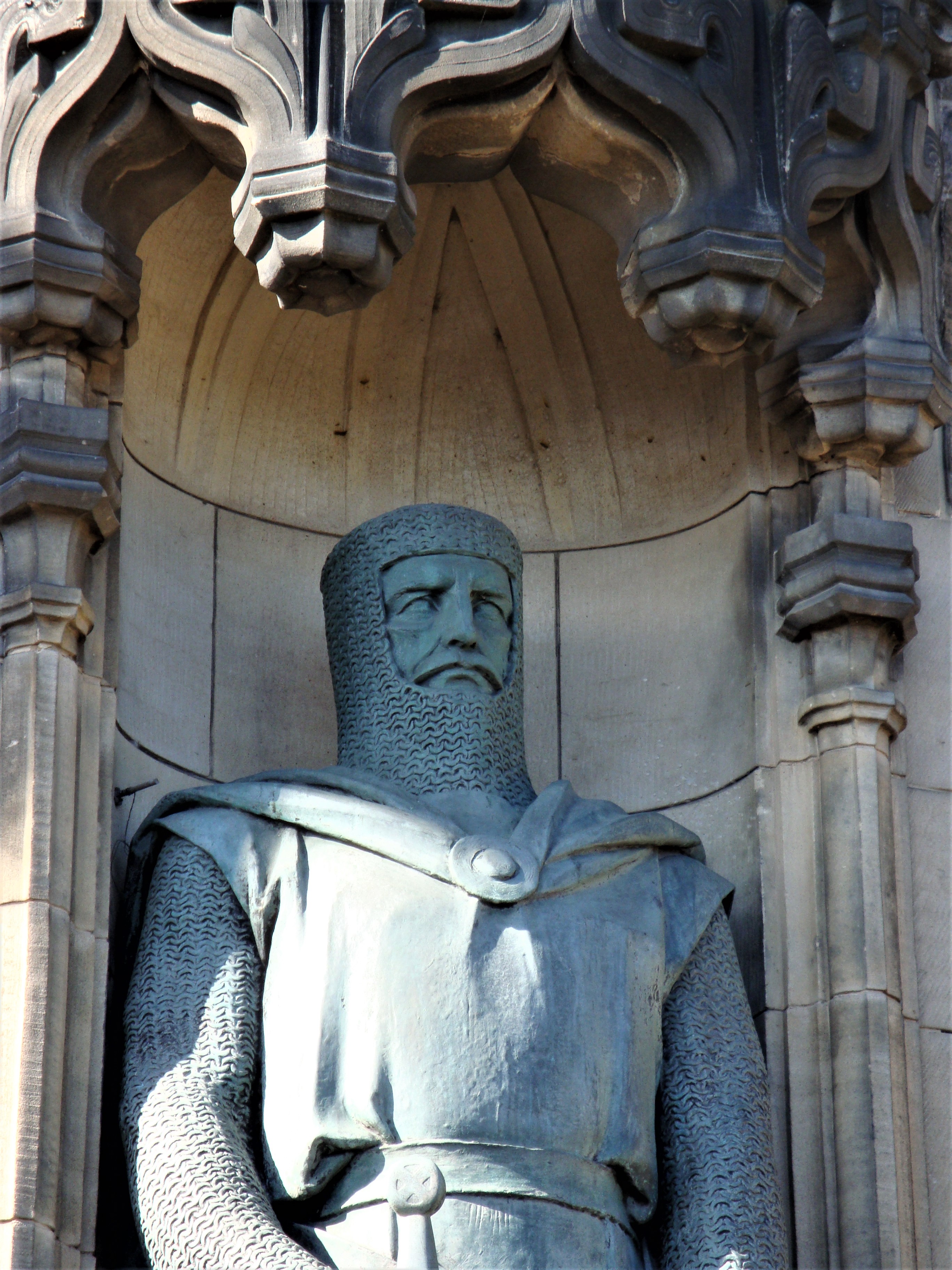
|
View of Edinburgh from the Castle
|
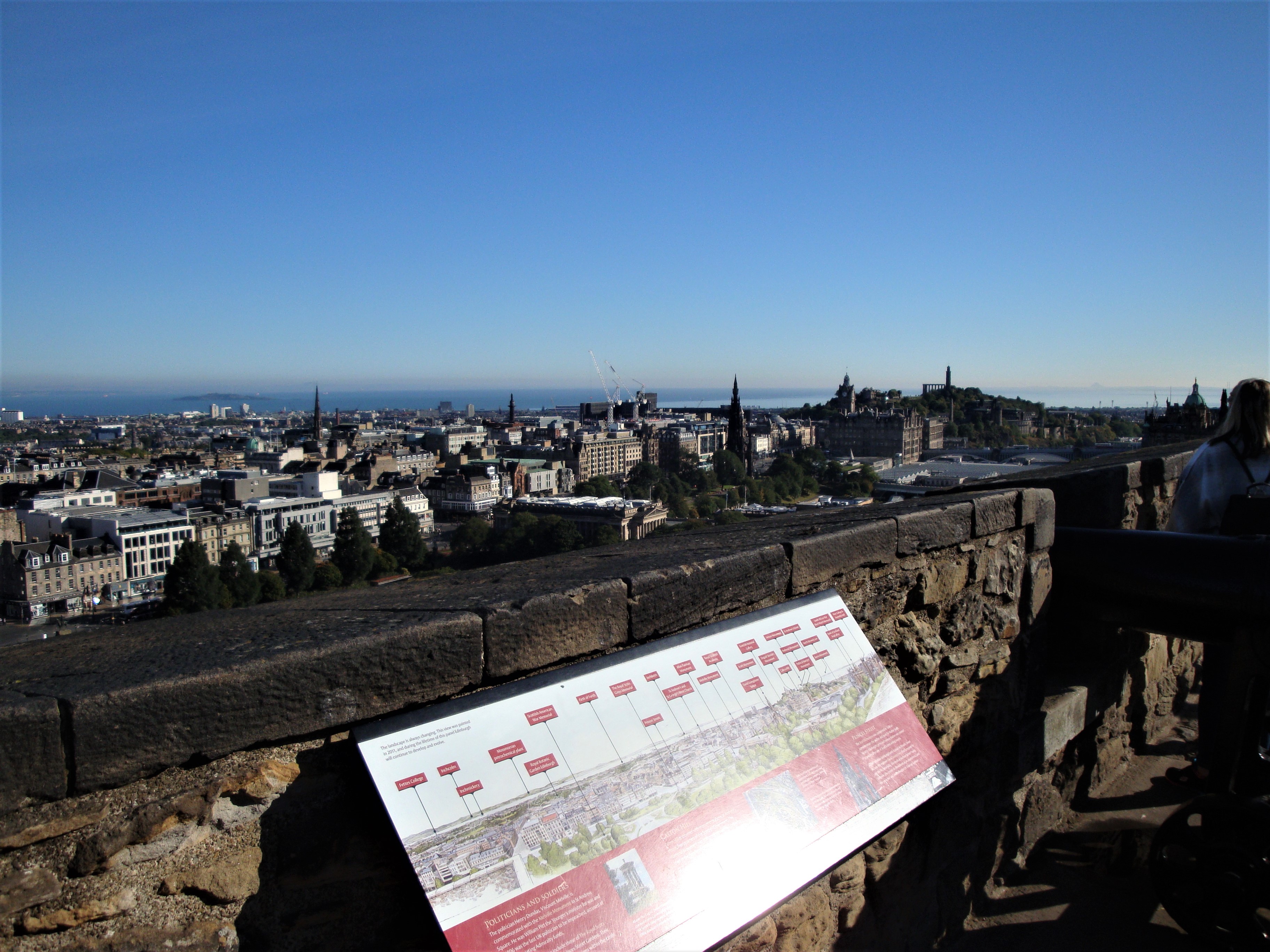 |
 |
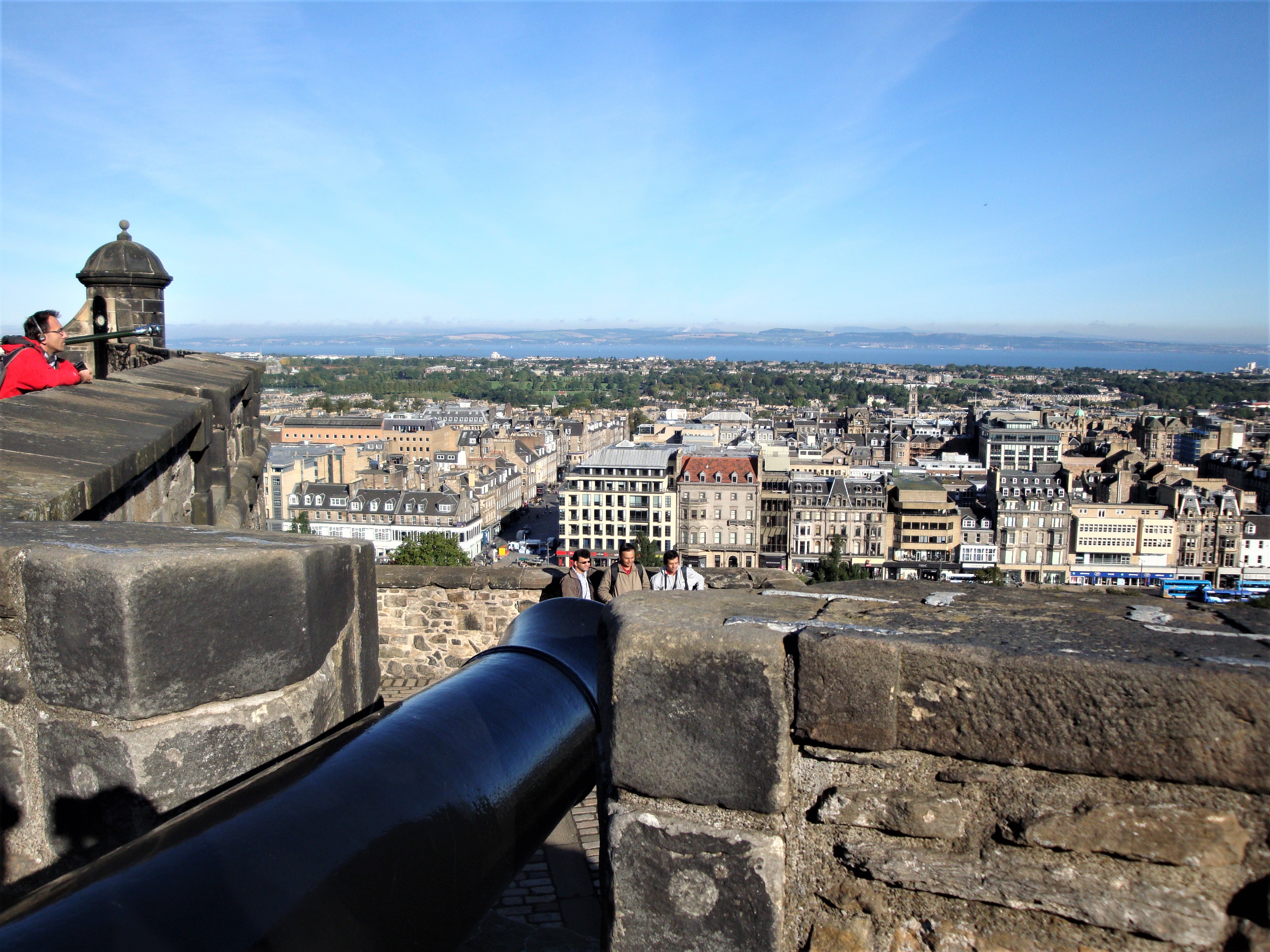 |
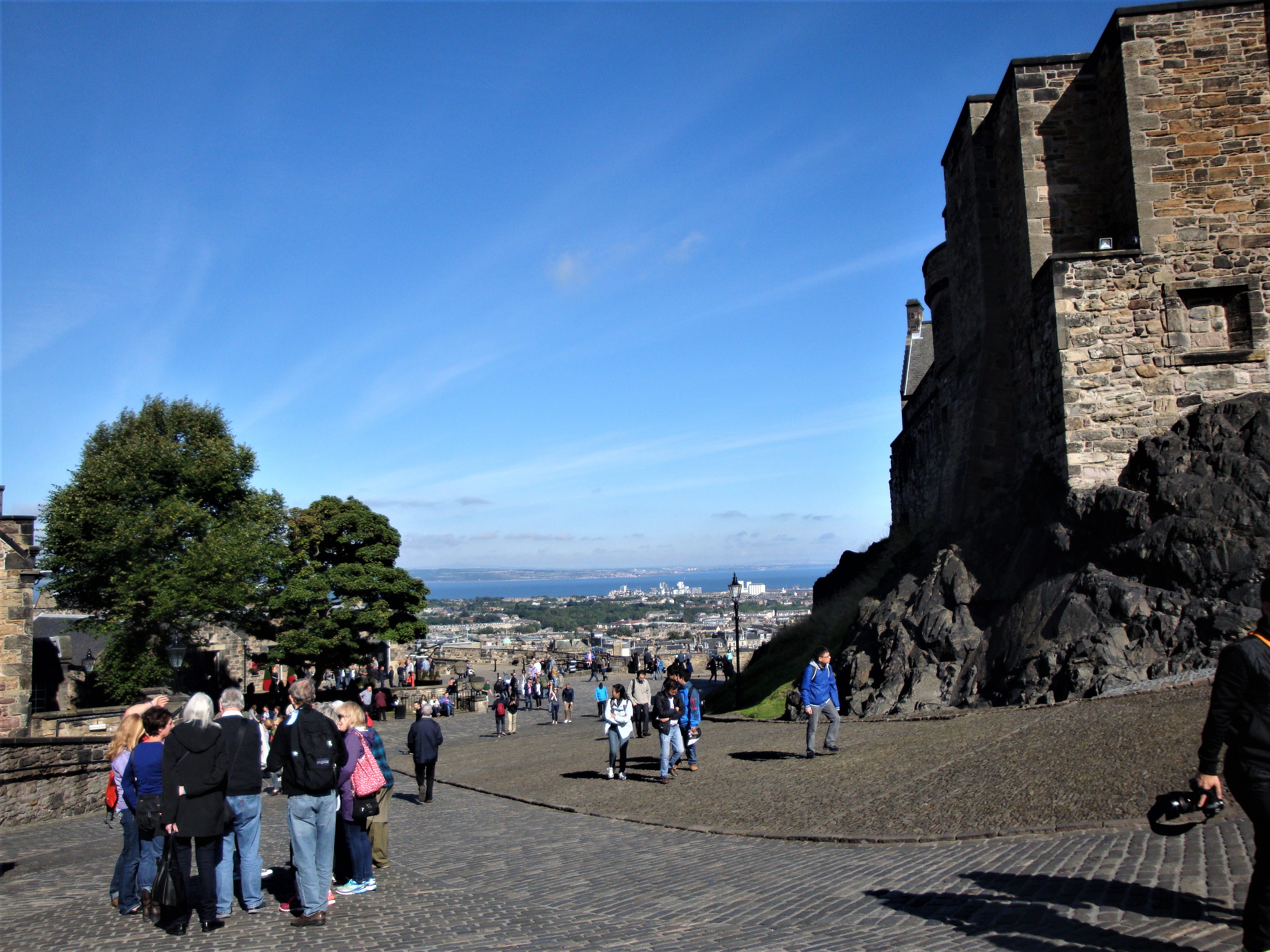 |
The Prison at the Edinburgh Castle |

|
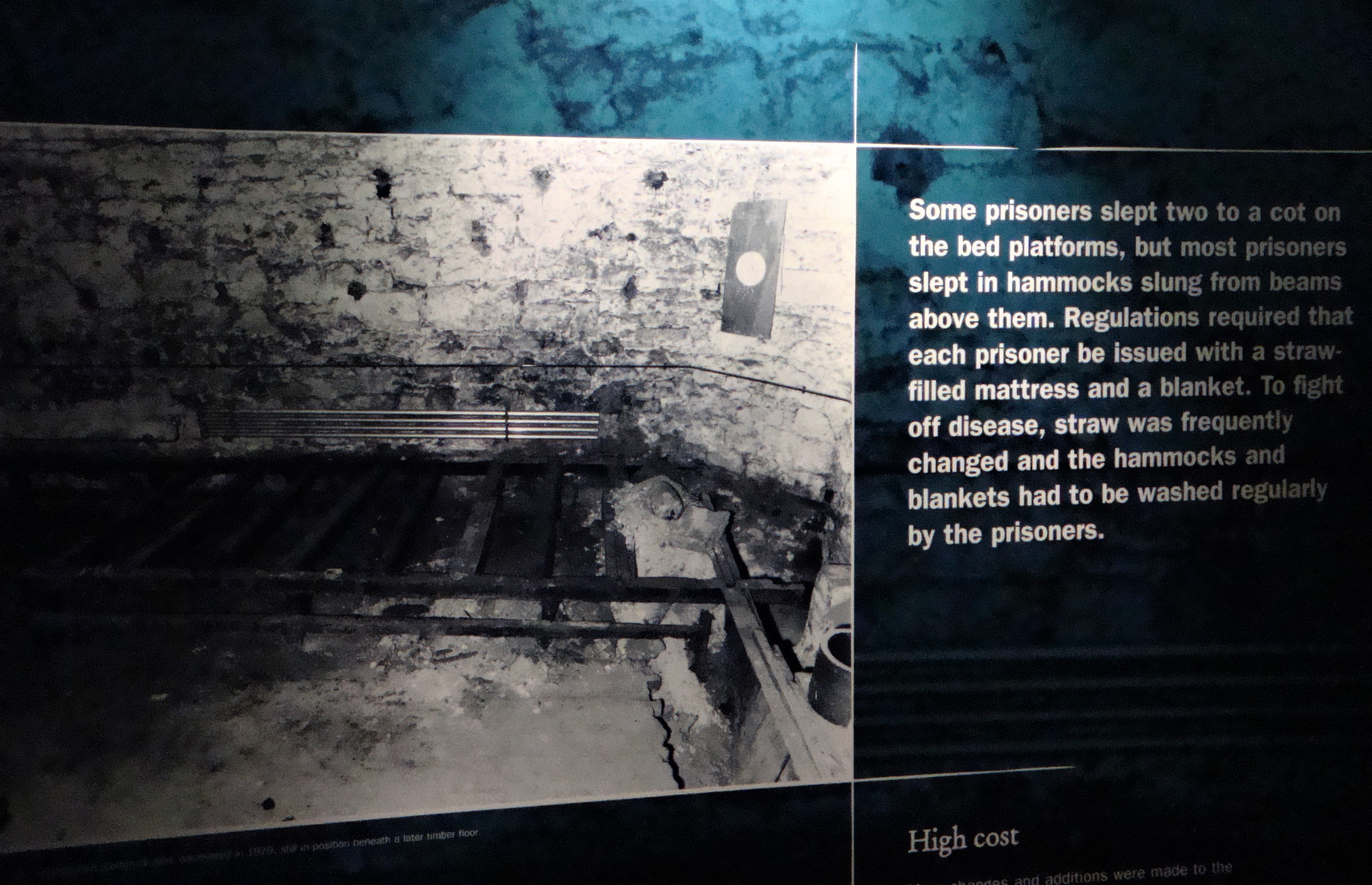
|
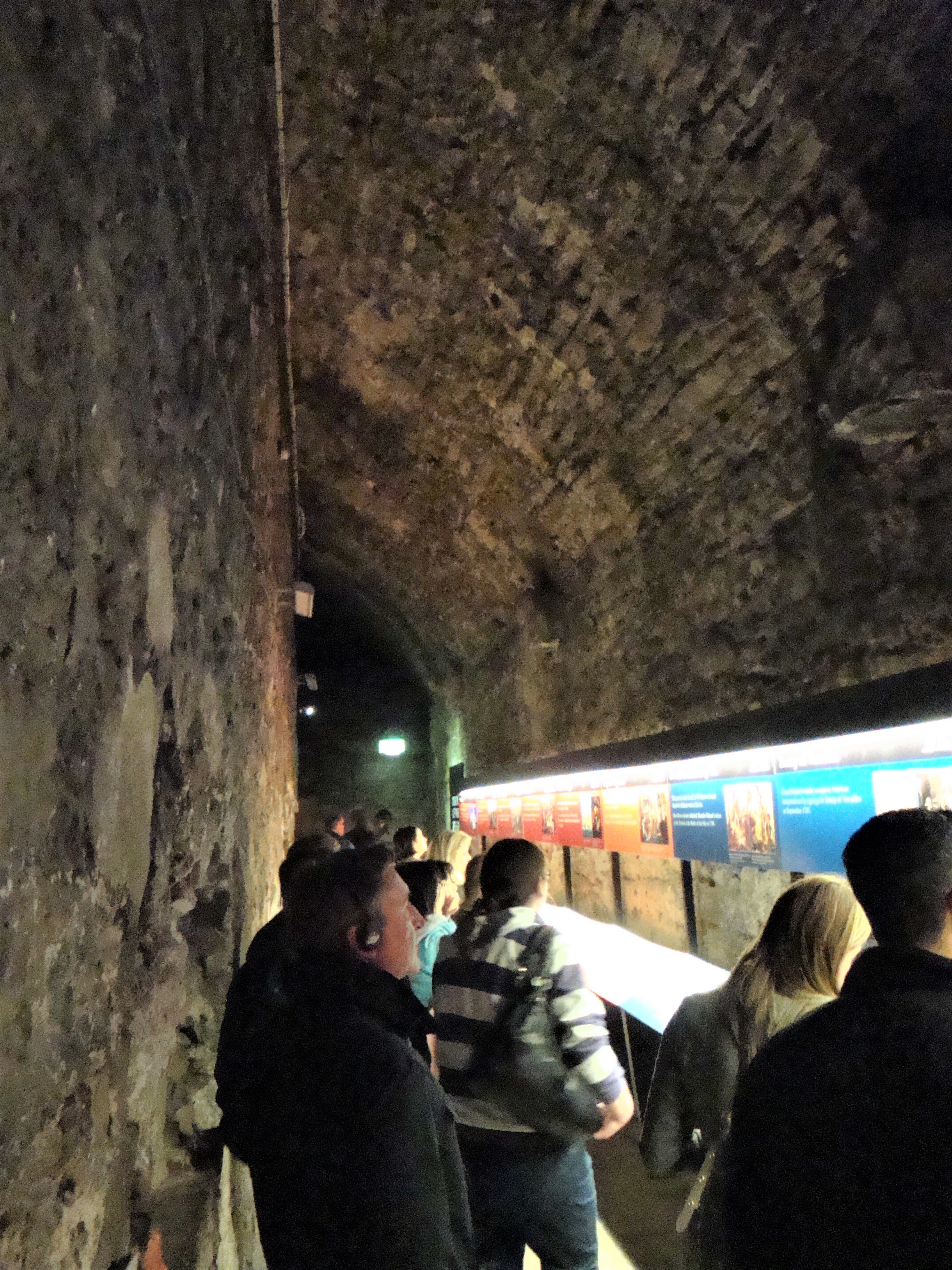
|
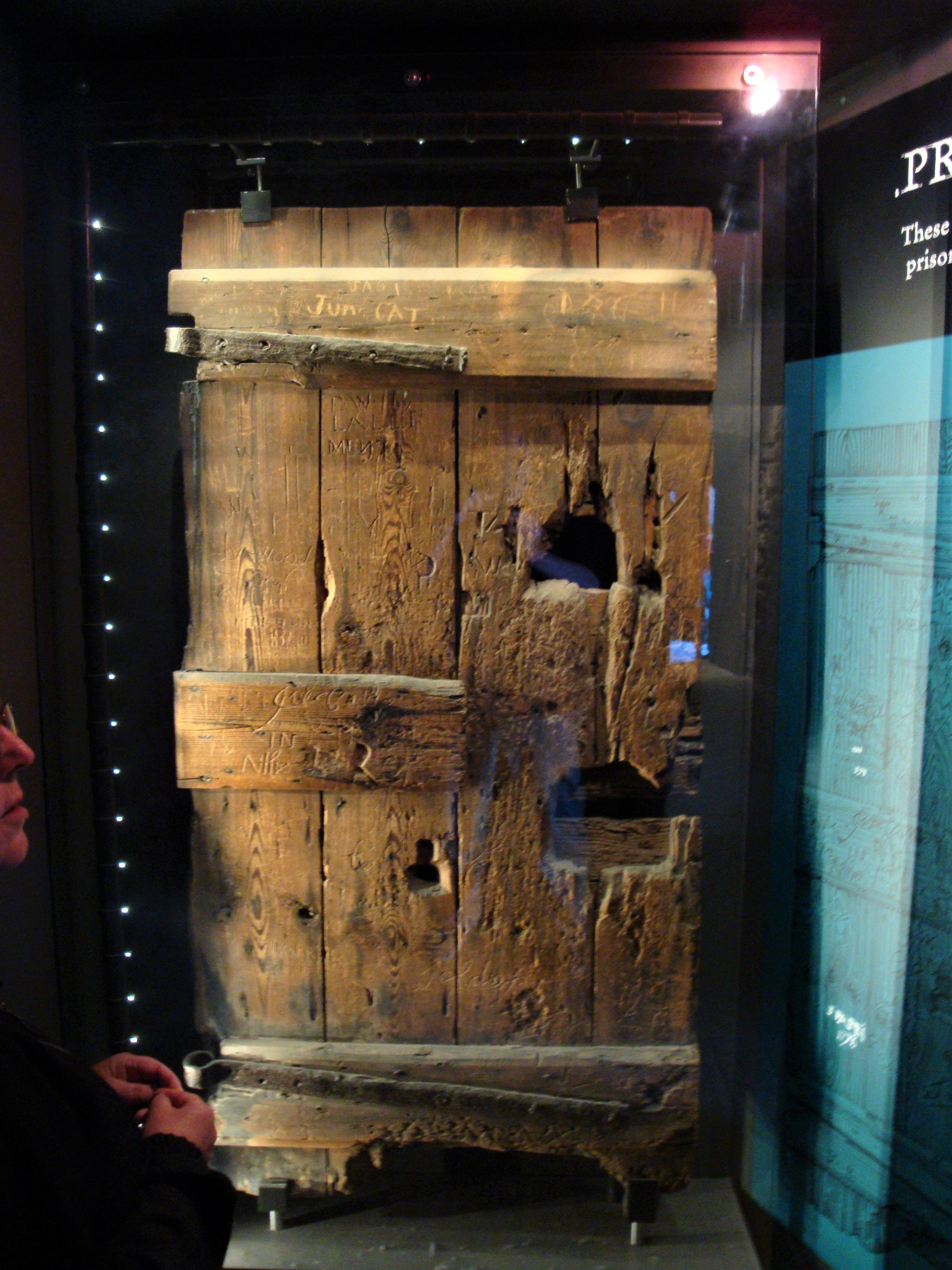
Prison Door
|
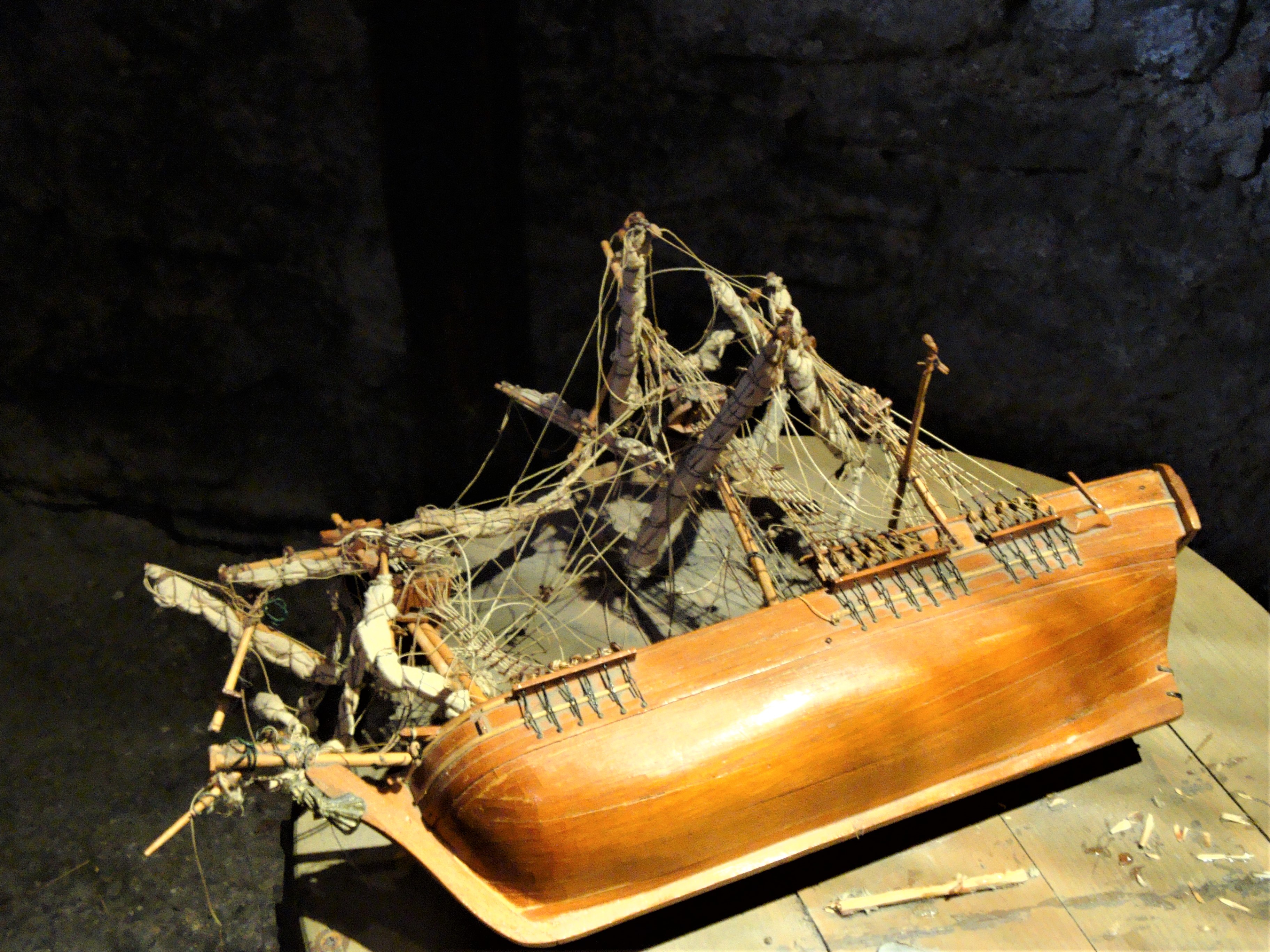
Model built by a prisoner
|
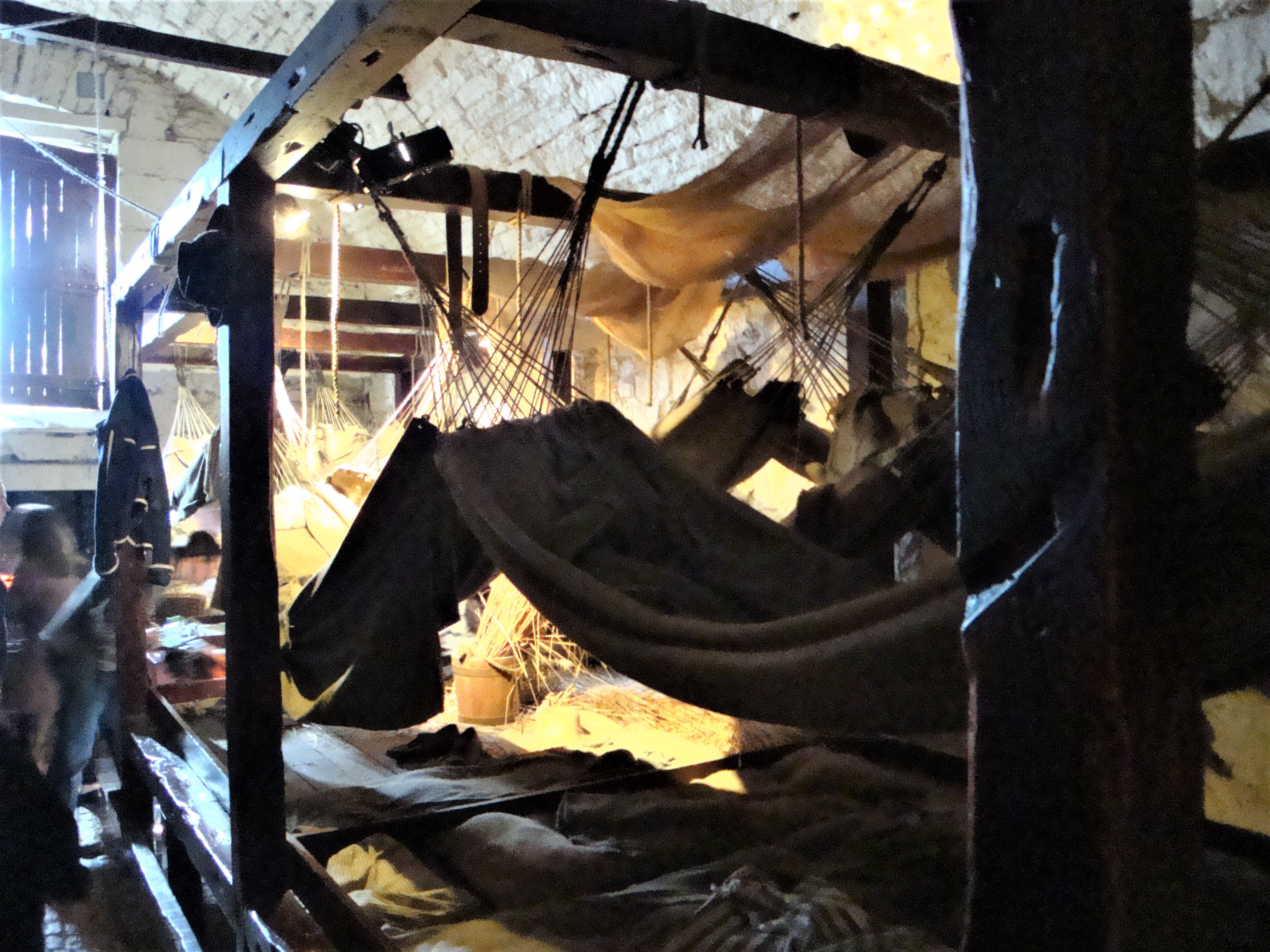
|
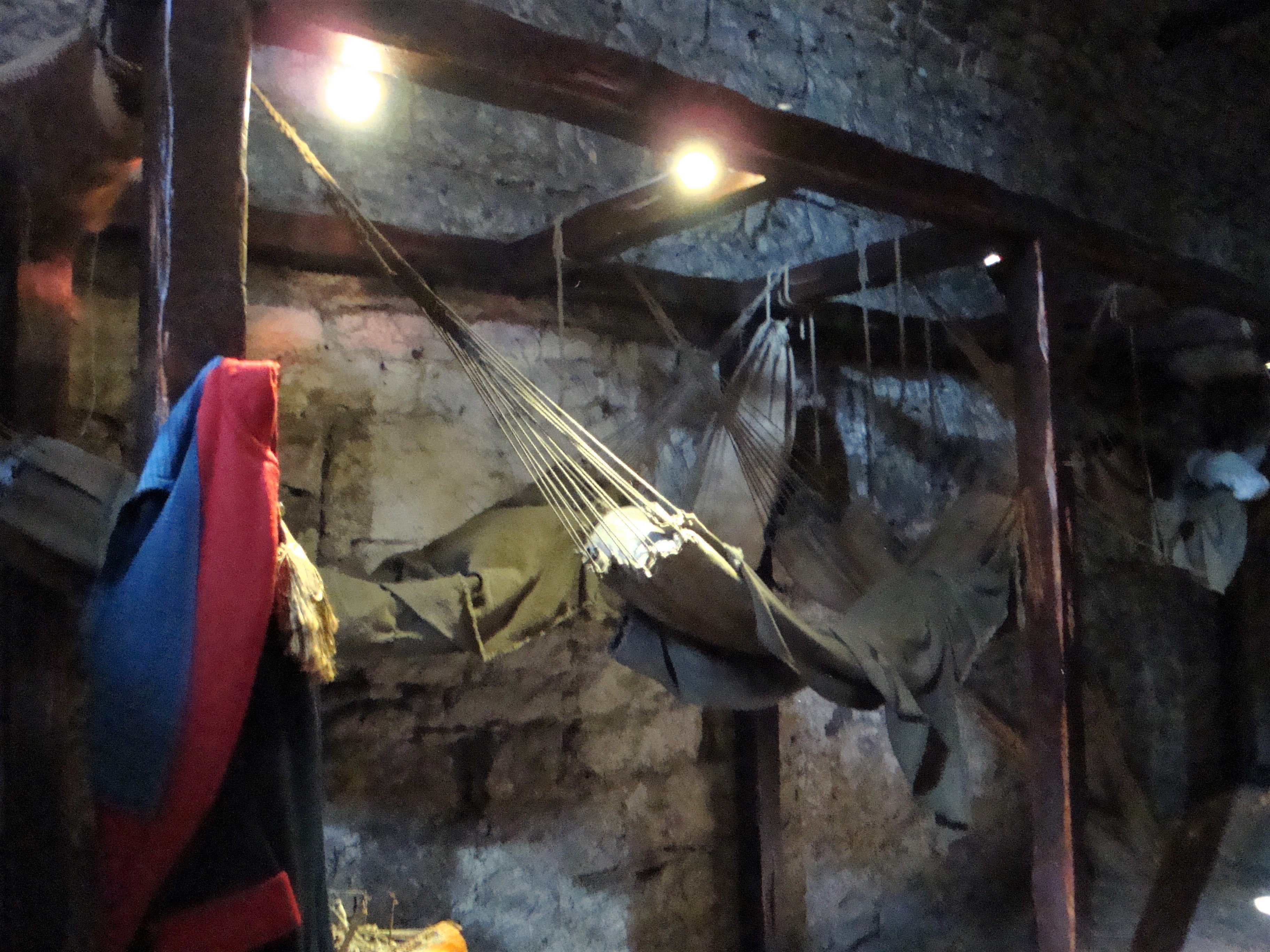
|
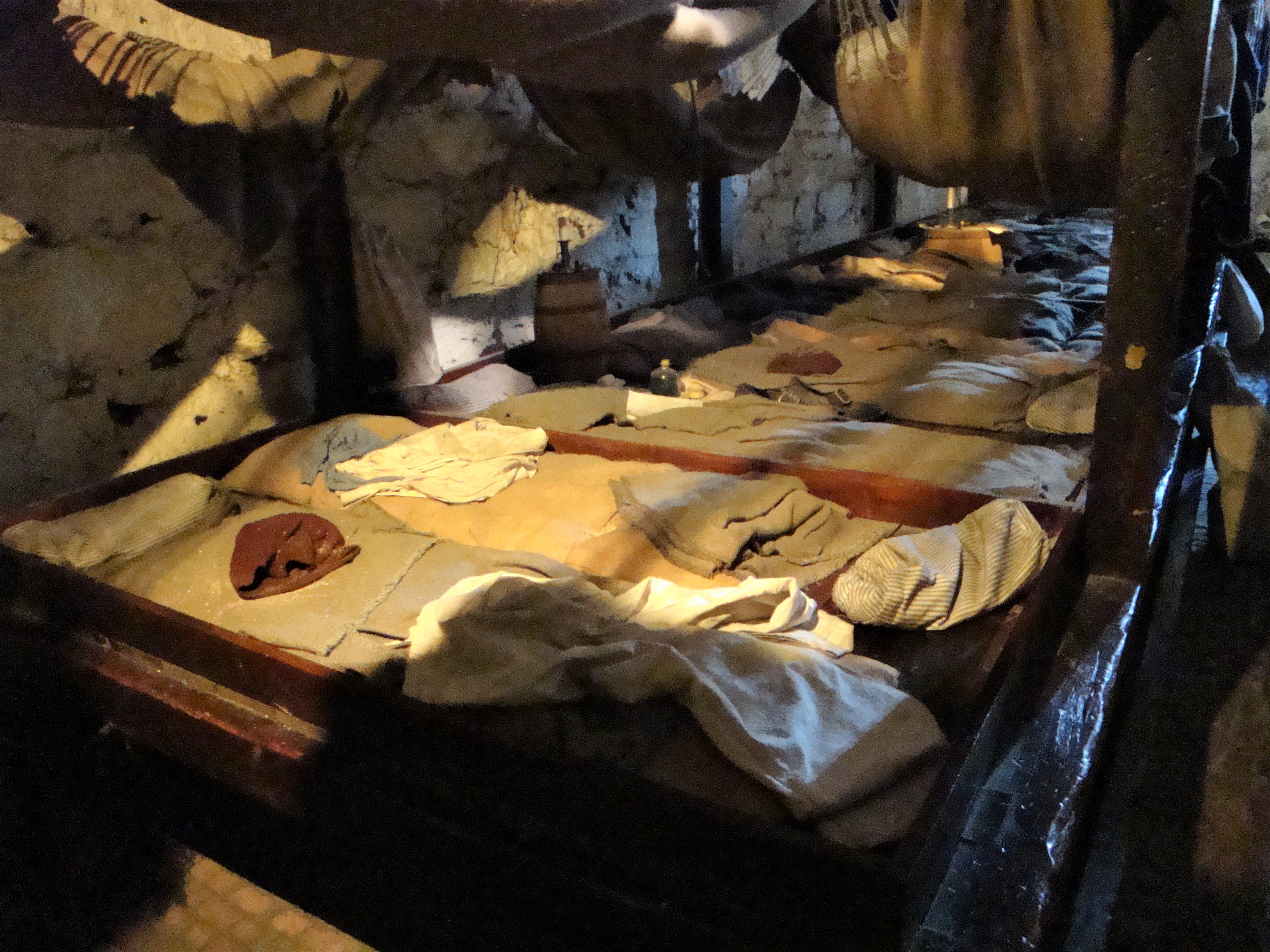
|
Privileged Prison's Quarters
|
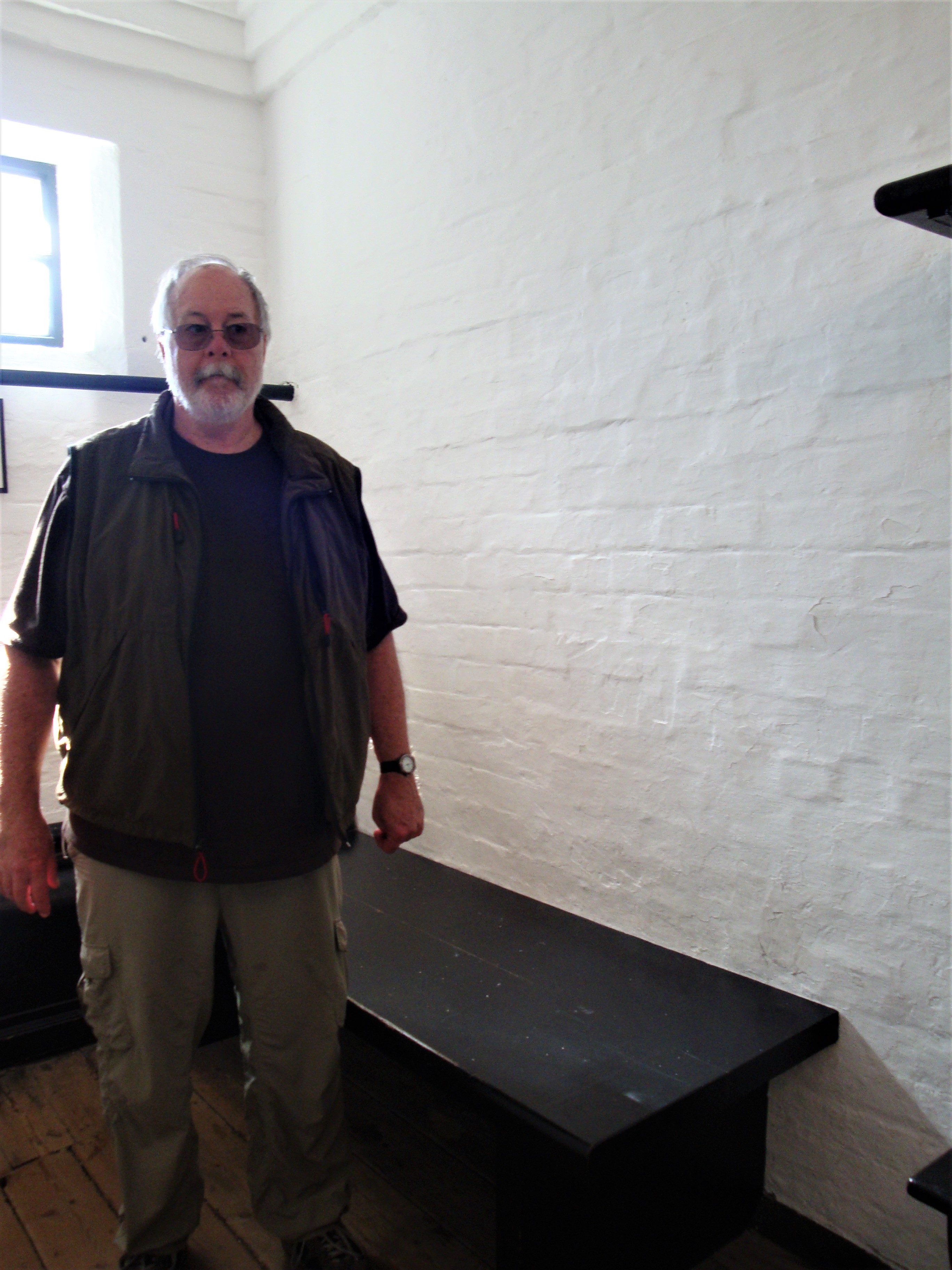
|
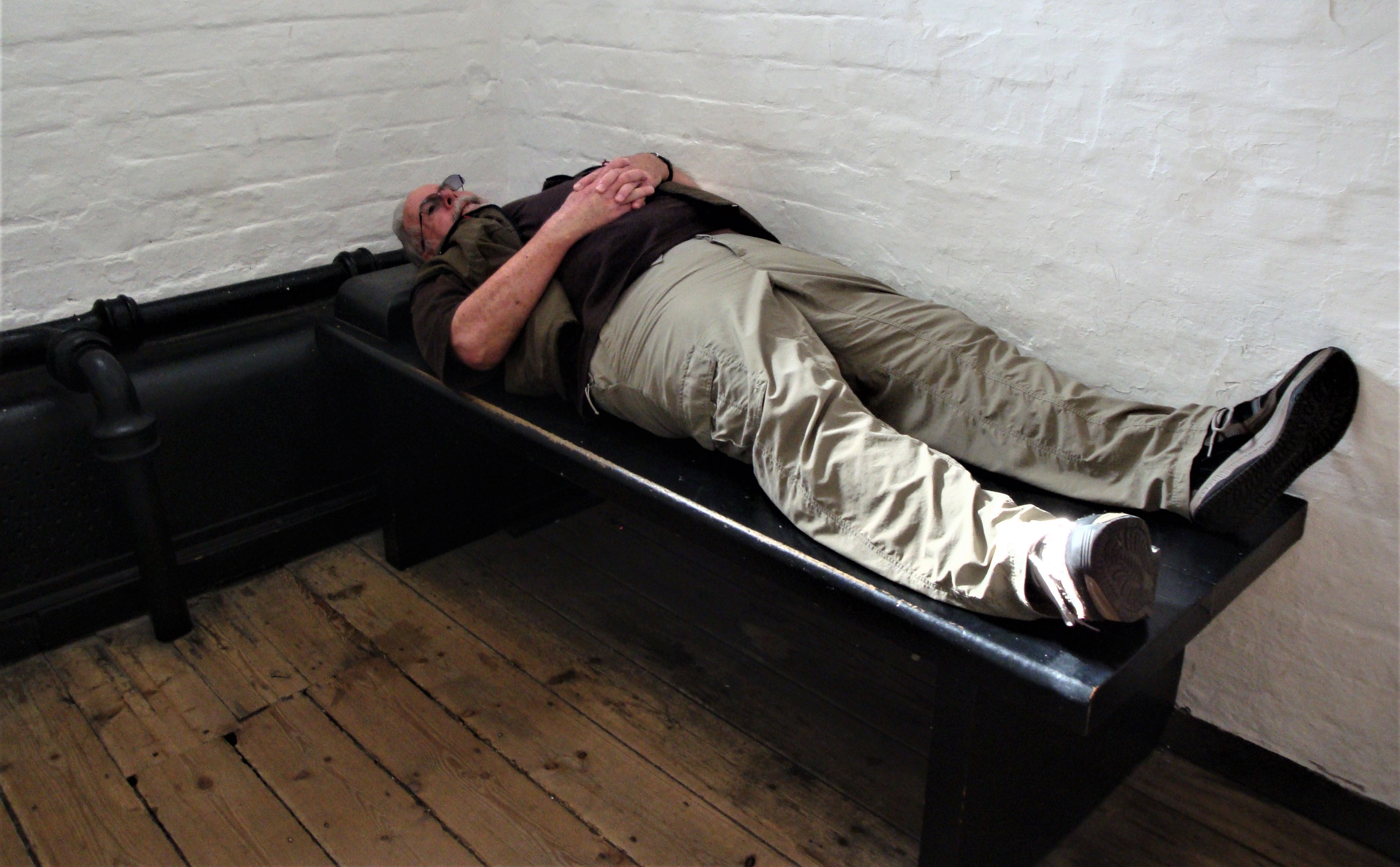
|
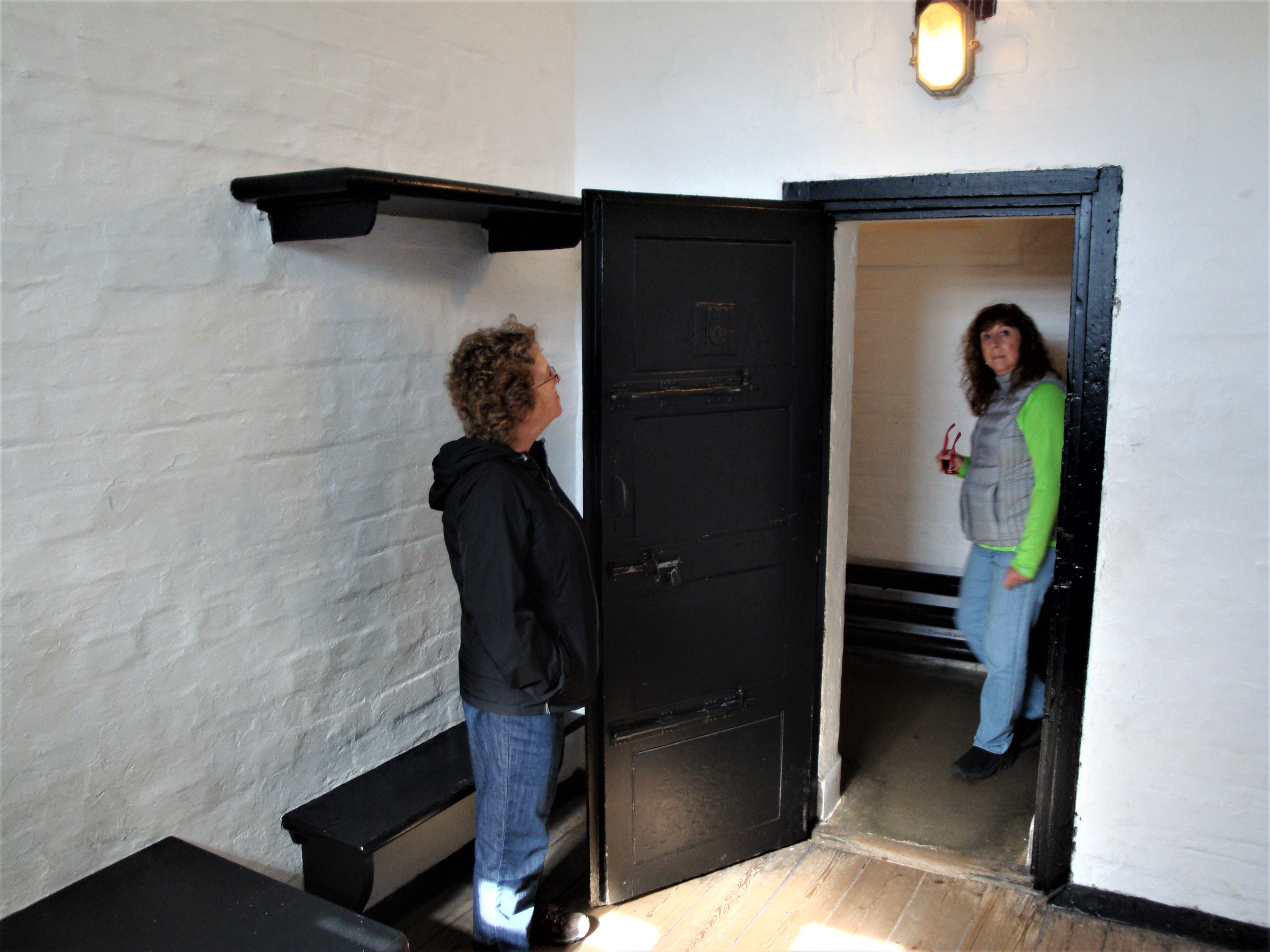
|
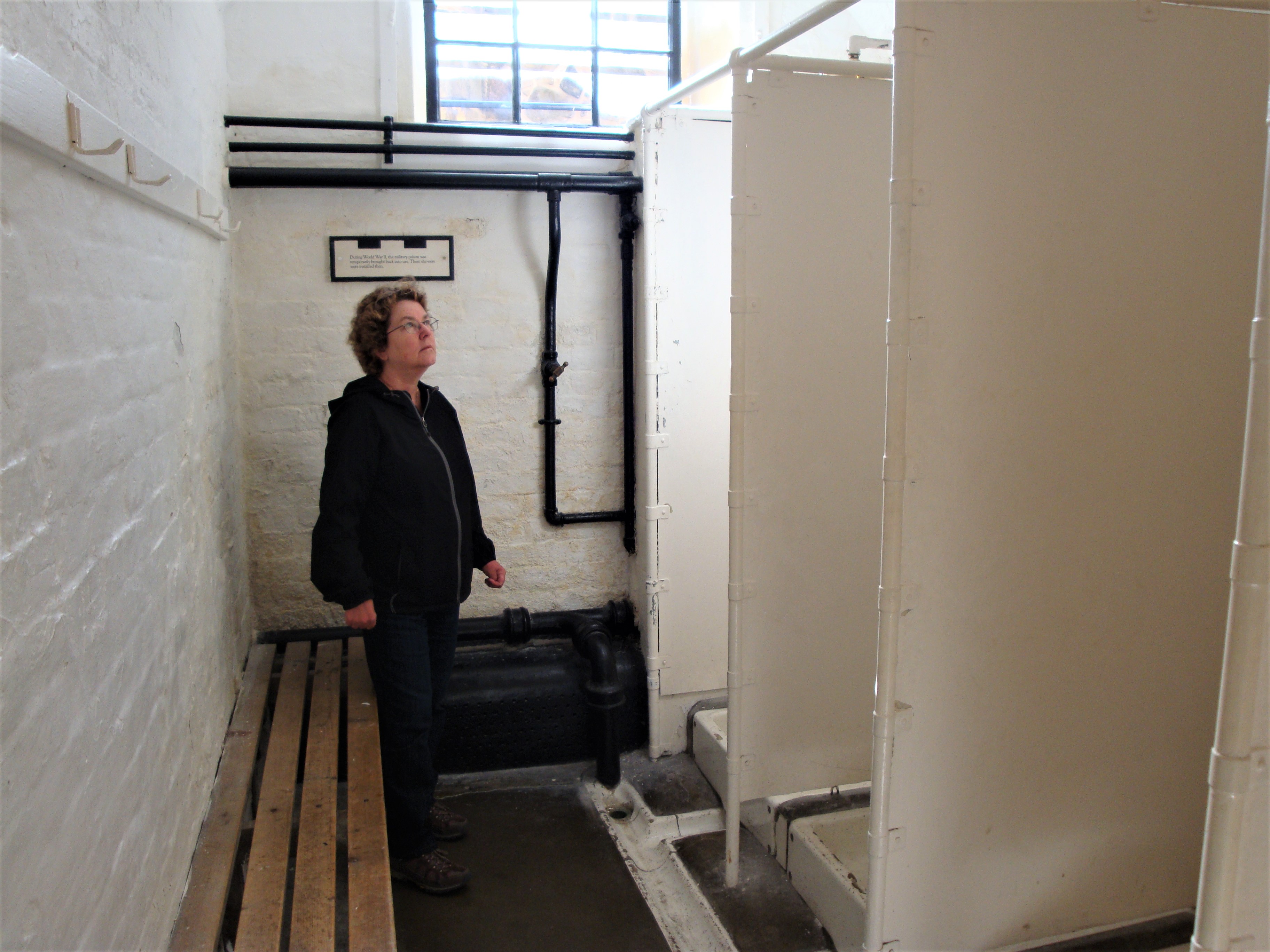
|
National Museum of Scotland
The National Museum of Scotland in Edinburgh, Scotland, was formed in 2006 with the merger of the new Museum of Scotland, with collections relating to Scottish antiquities, culture and history, and the adjacent Royal Scottish Museum, with collections covering science and technology, natural history, and world cultures.
|

|
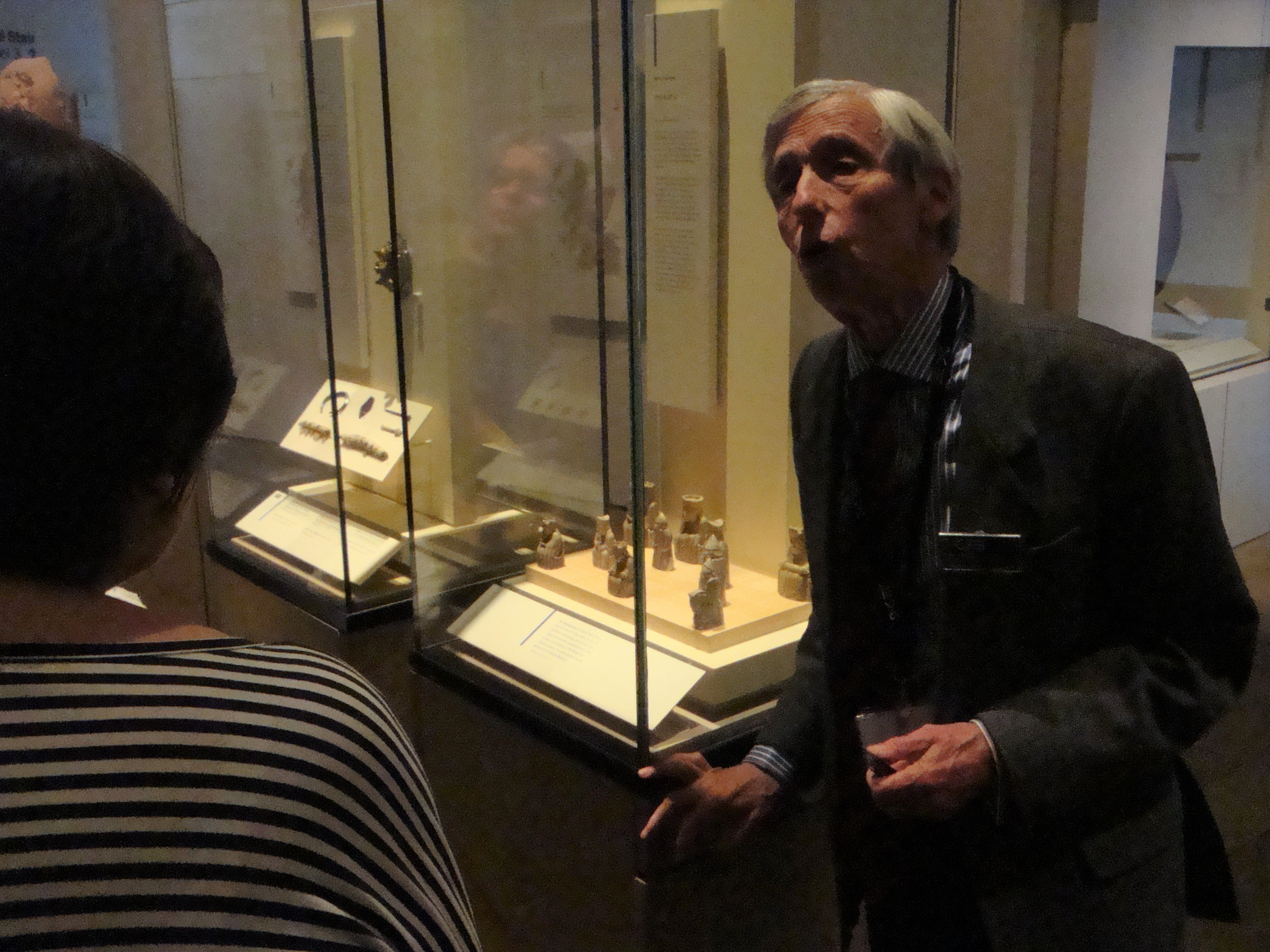
|
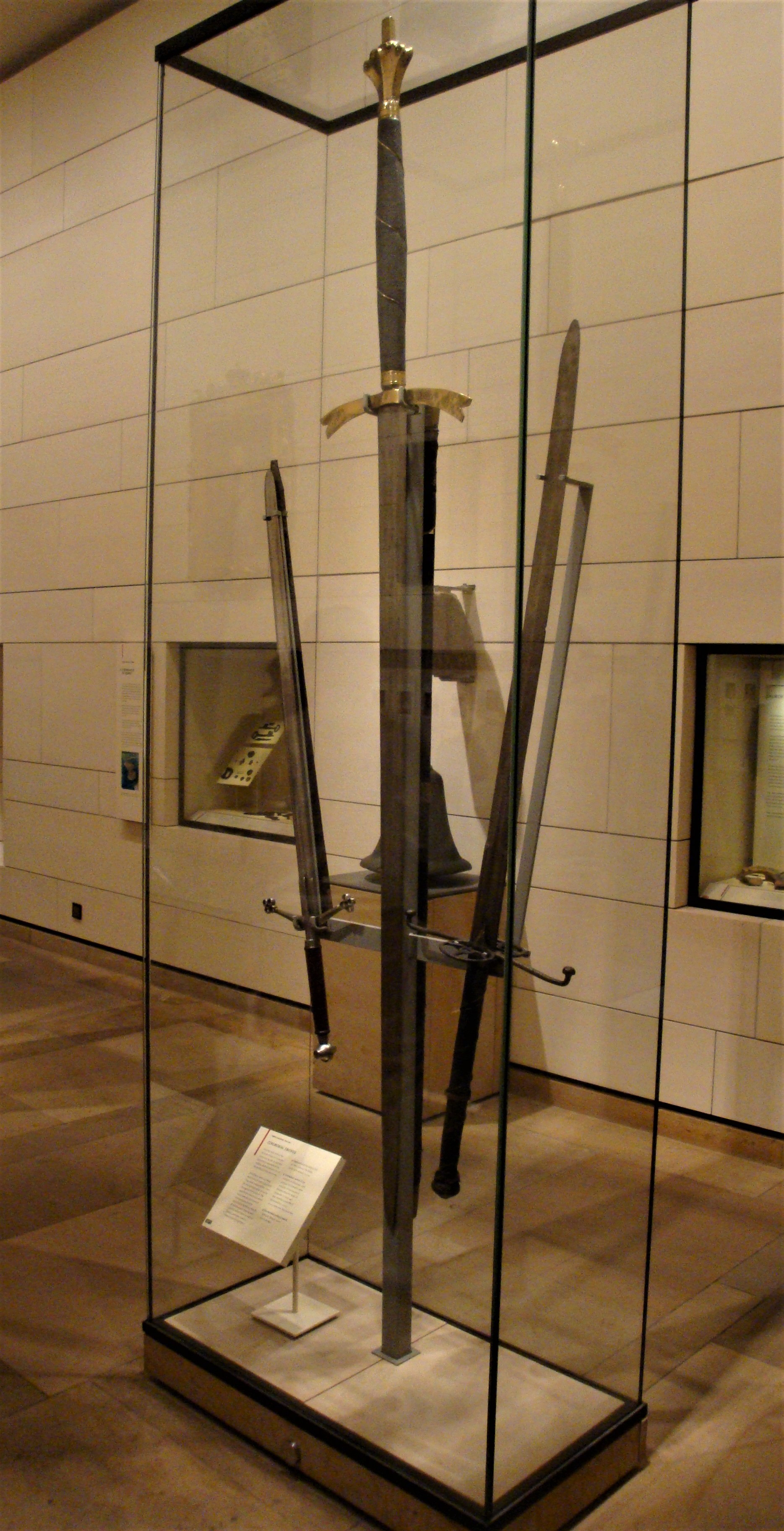
|
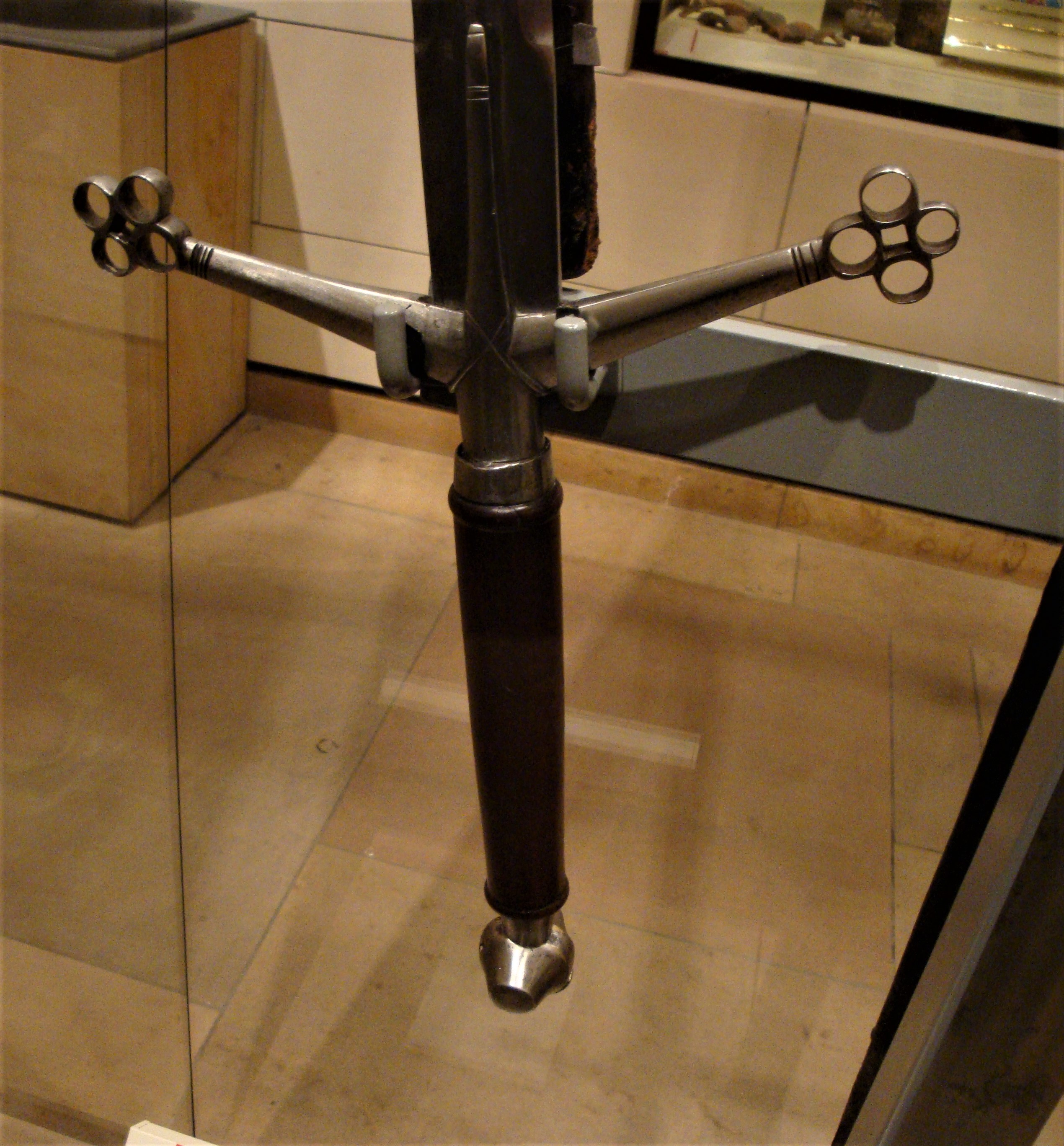
|
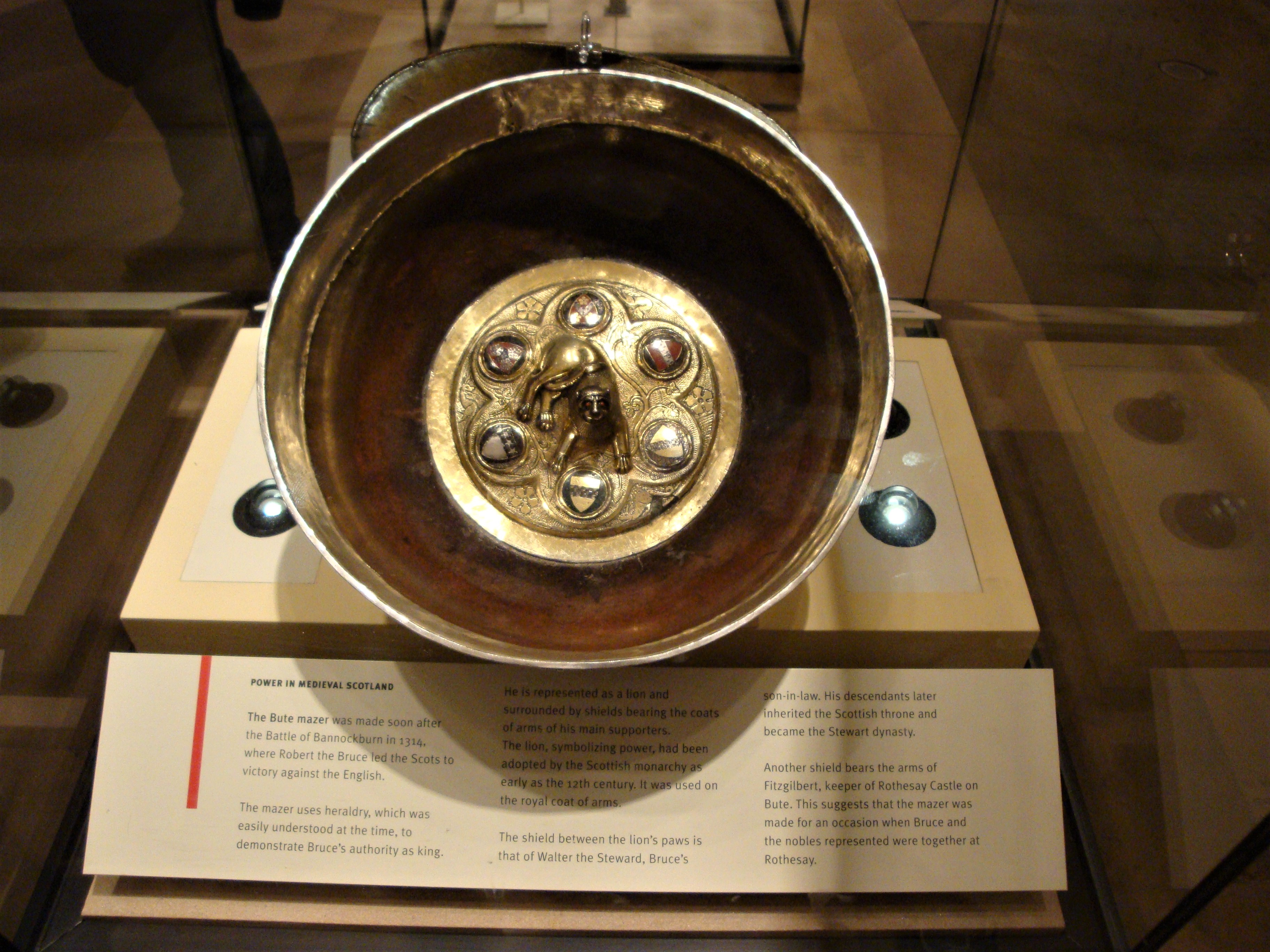
Bute Maze
|
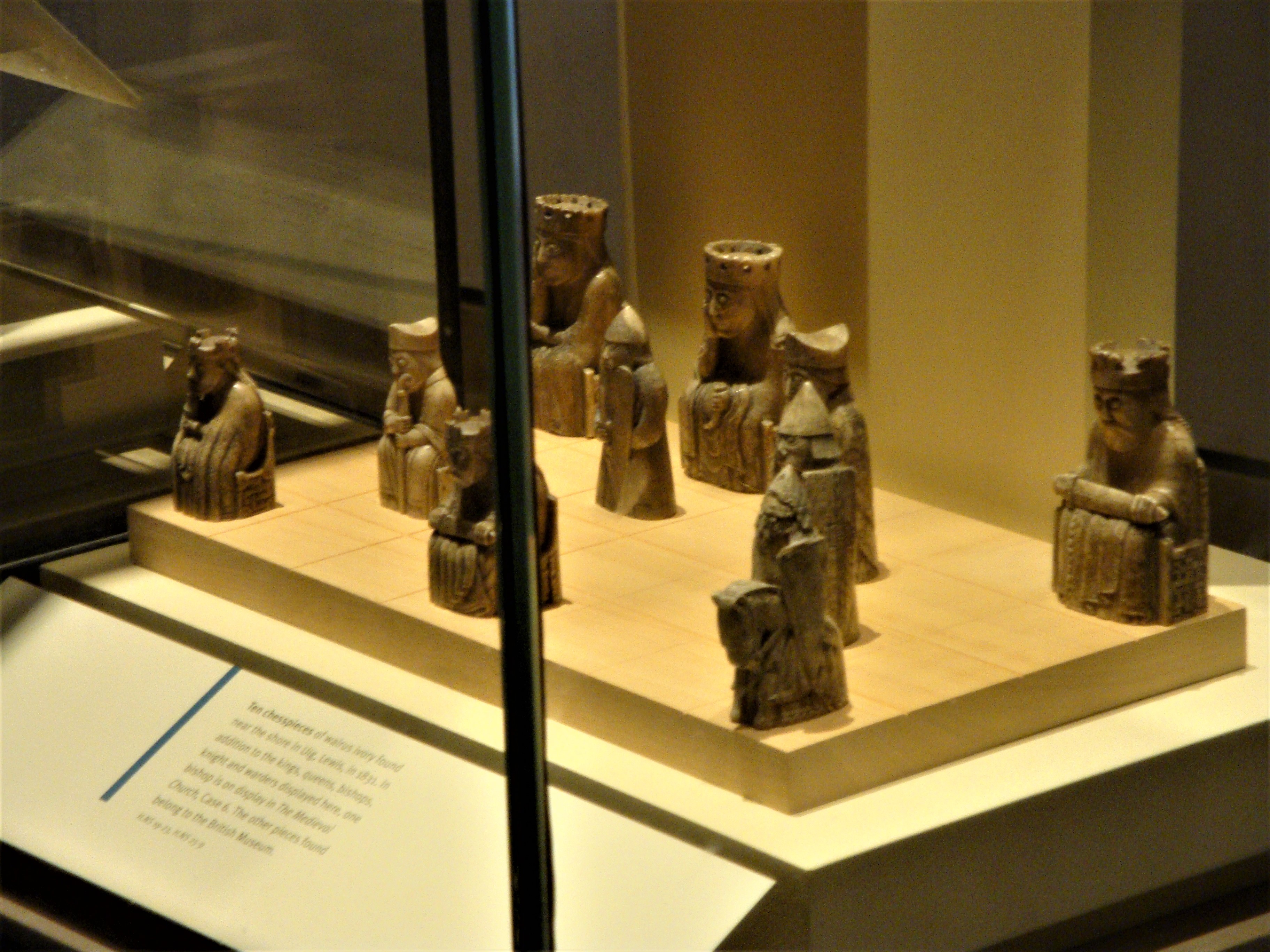
Lewis Chess Set
|

Guillotine
|
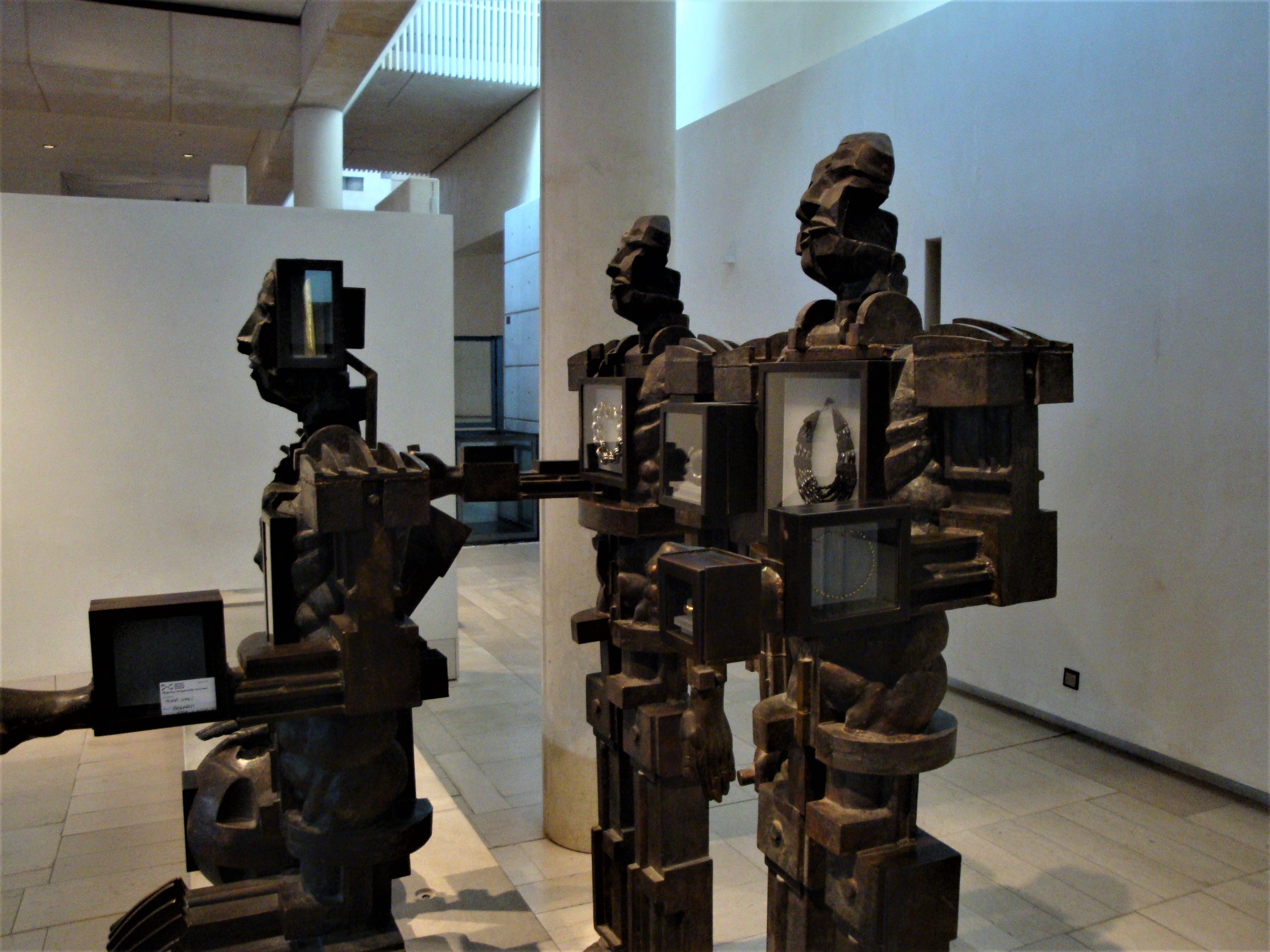
Interesting Art and Display
|
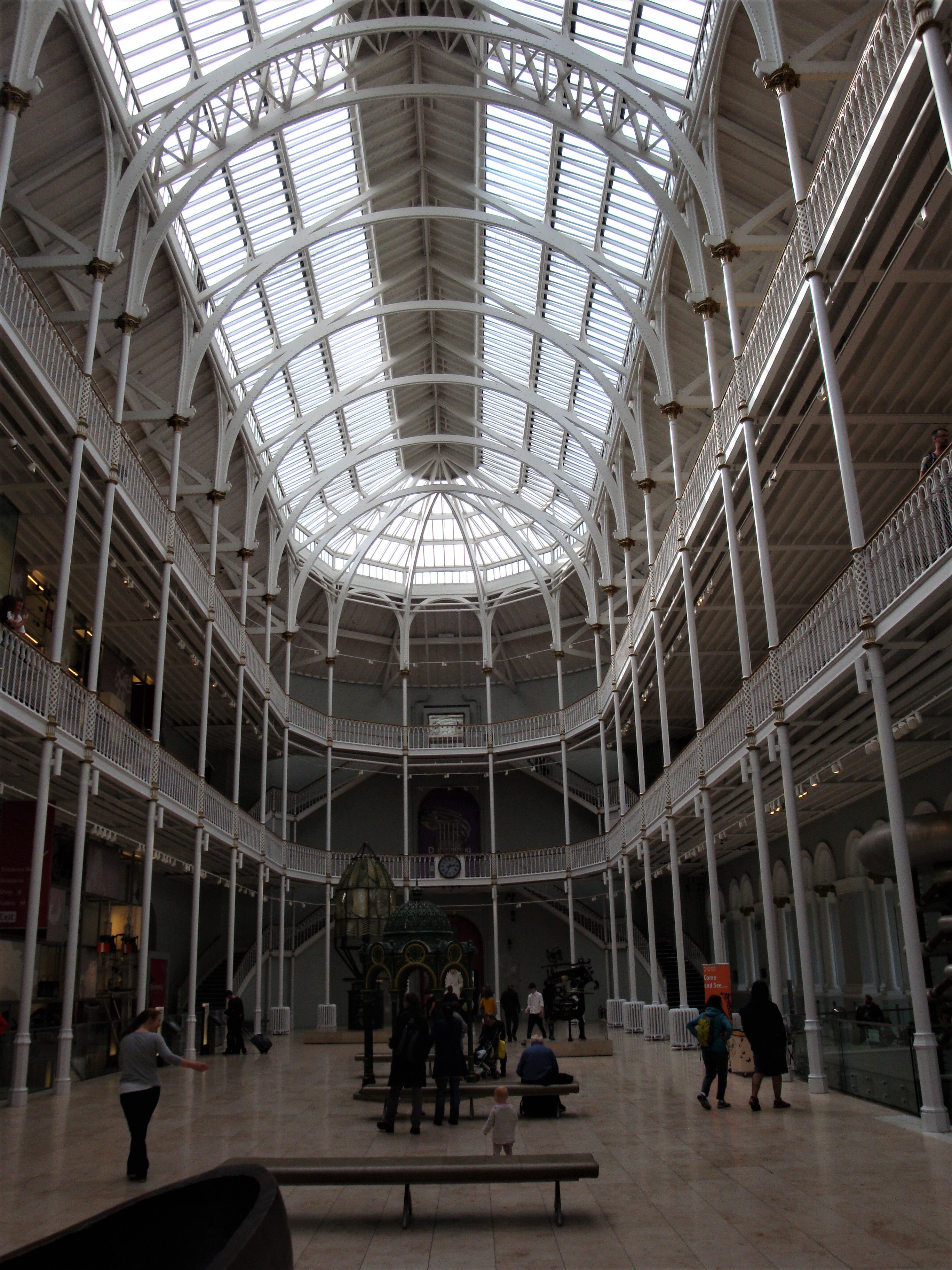
One of the many "Main" halls
|
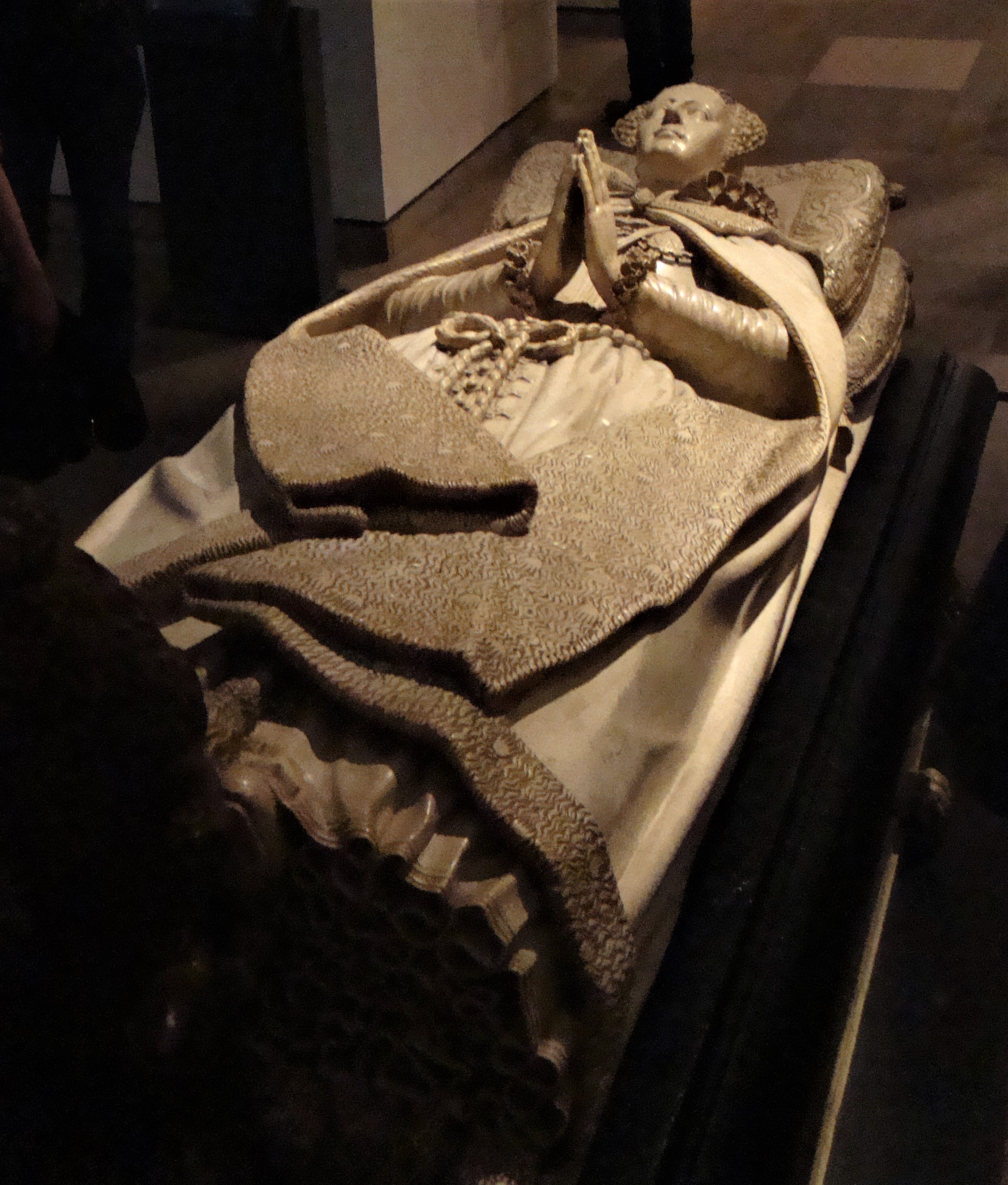
Mary Queen of Scots sacrifices
|
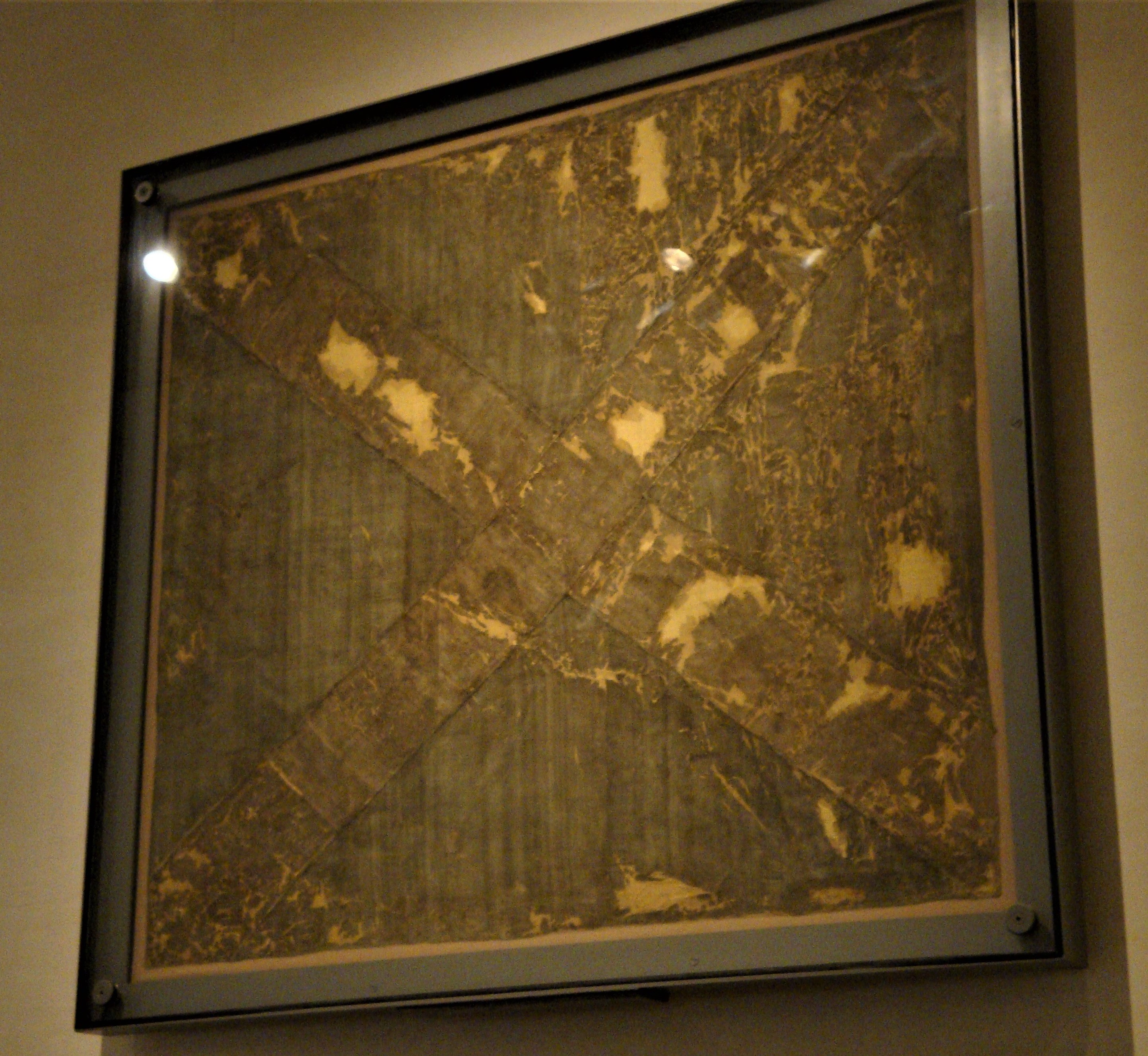
Original St. Andrews Scottish Flag
|
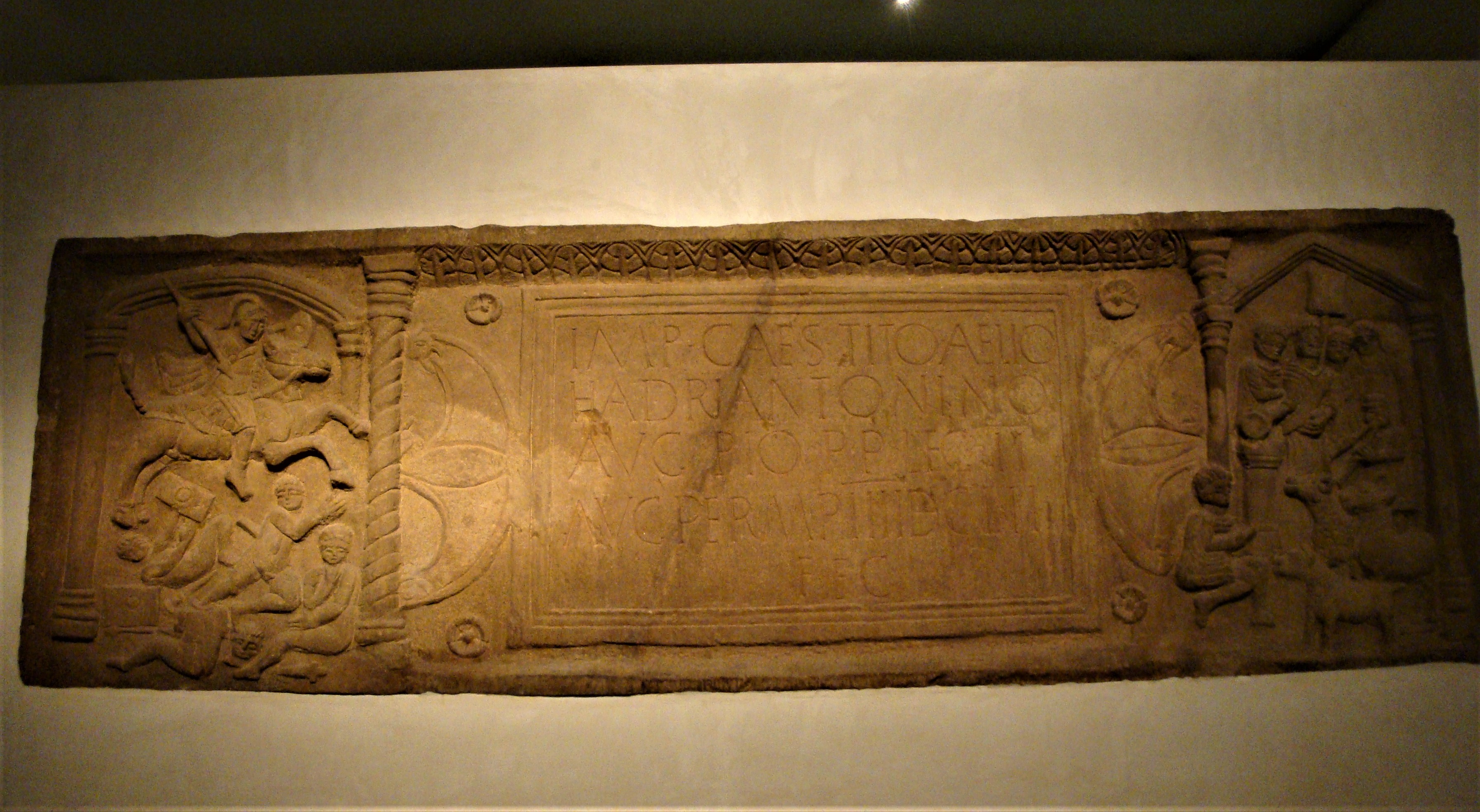
Harian's Wall Sign
|
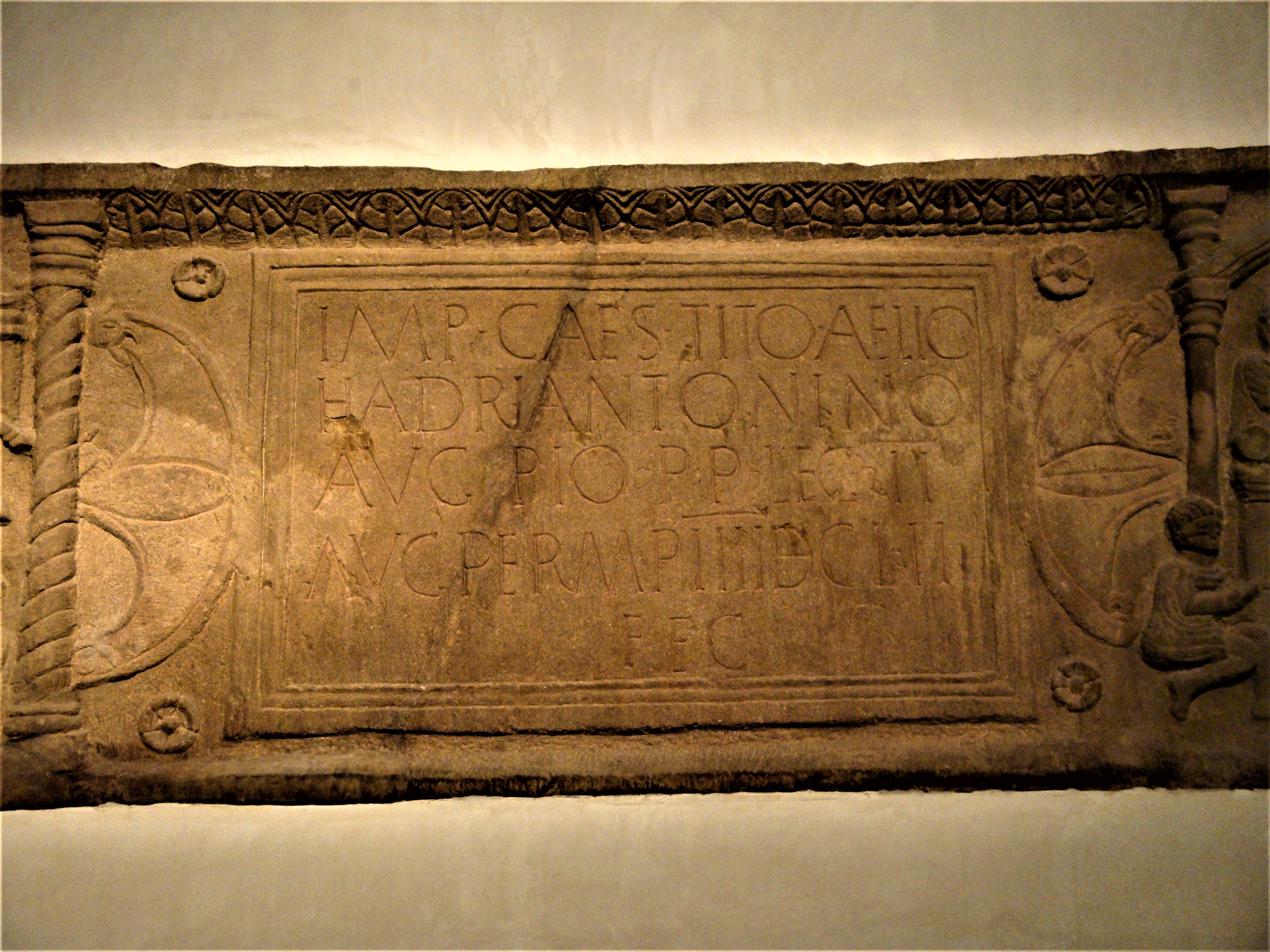
Harian's Wall Sign
|
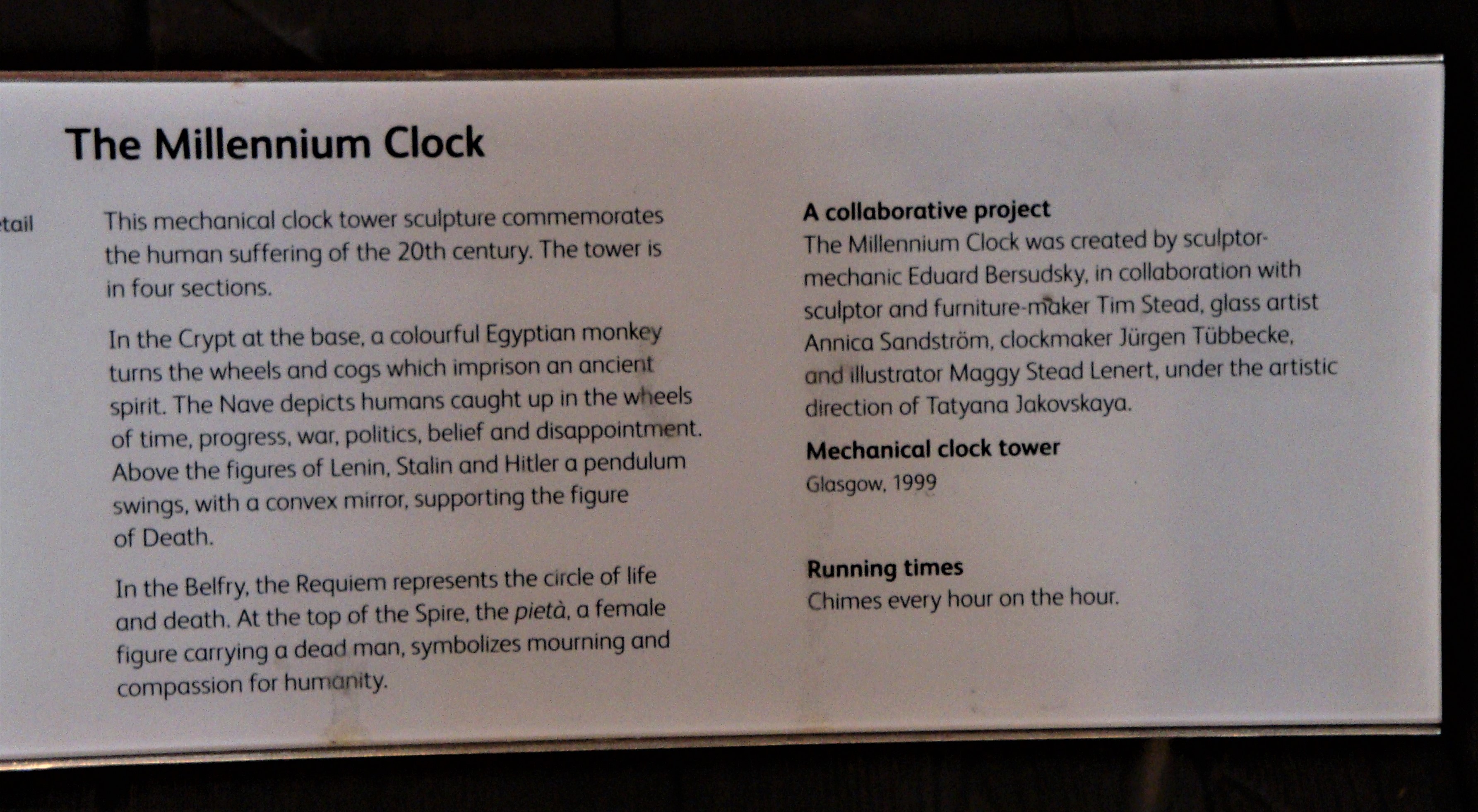
|
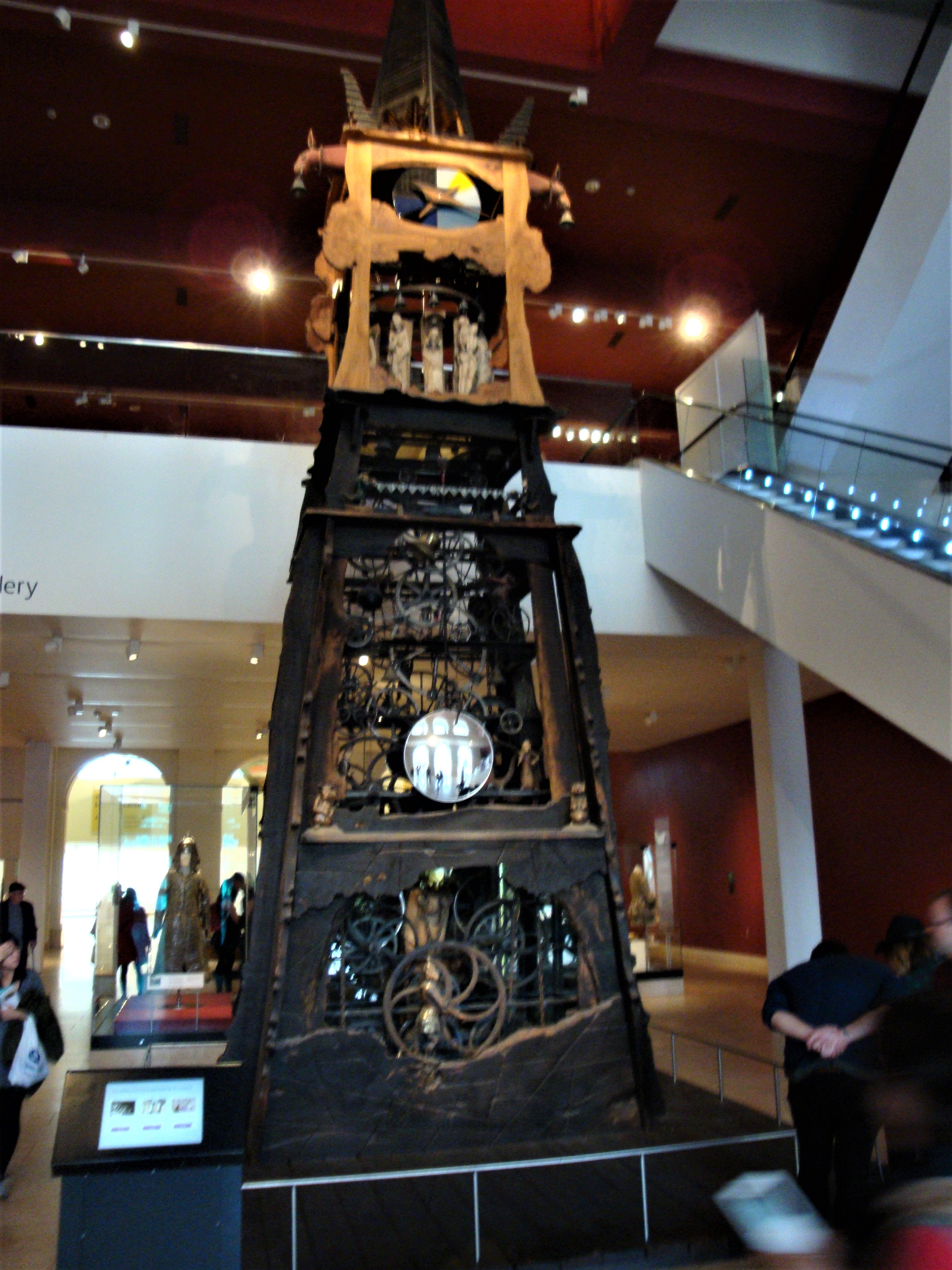
|
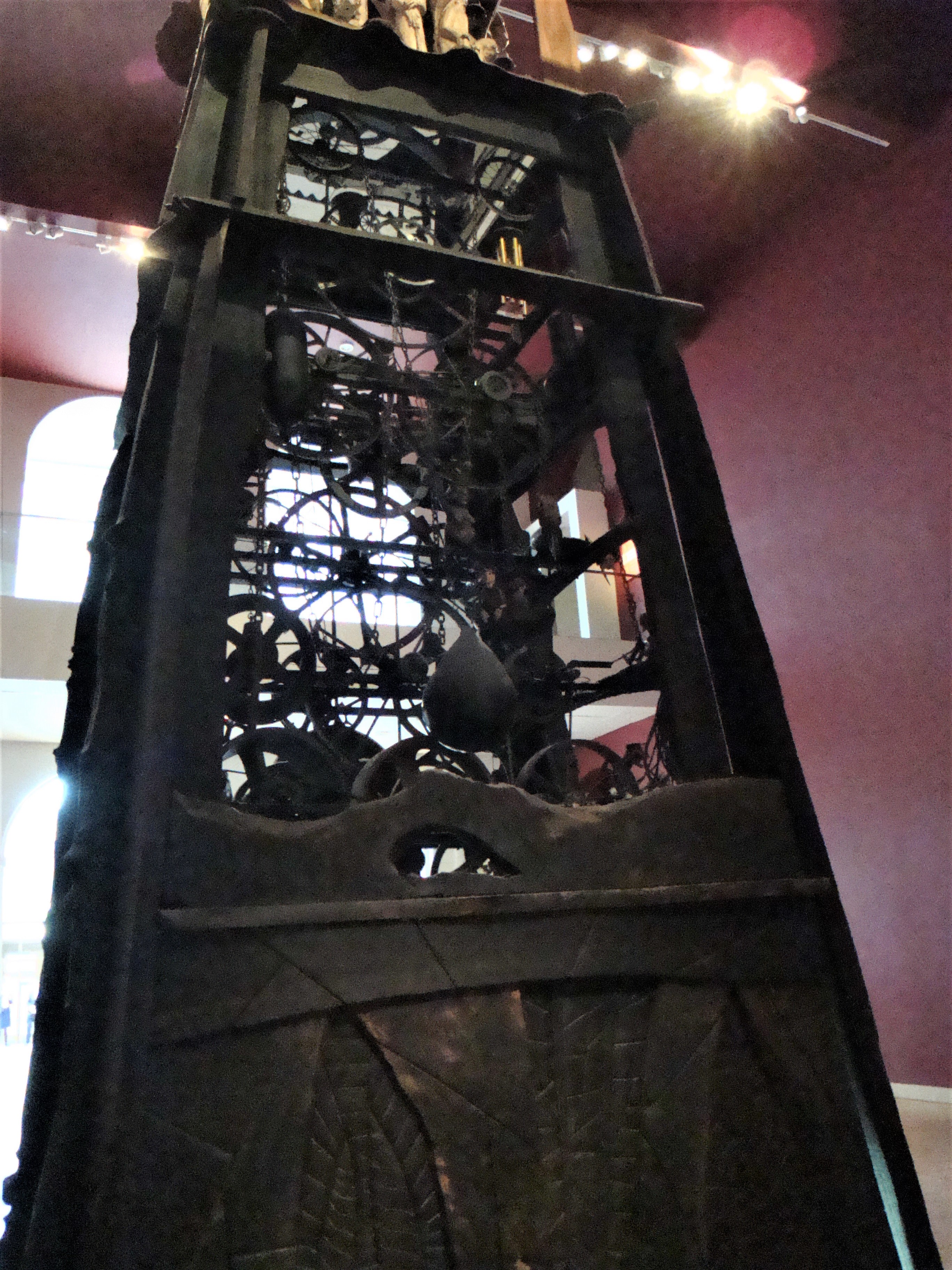
|
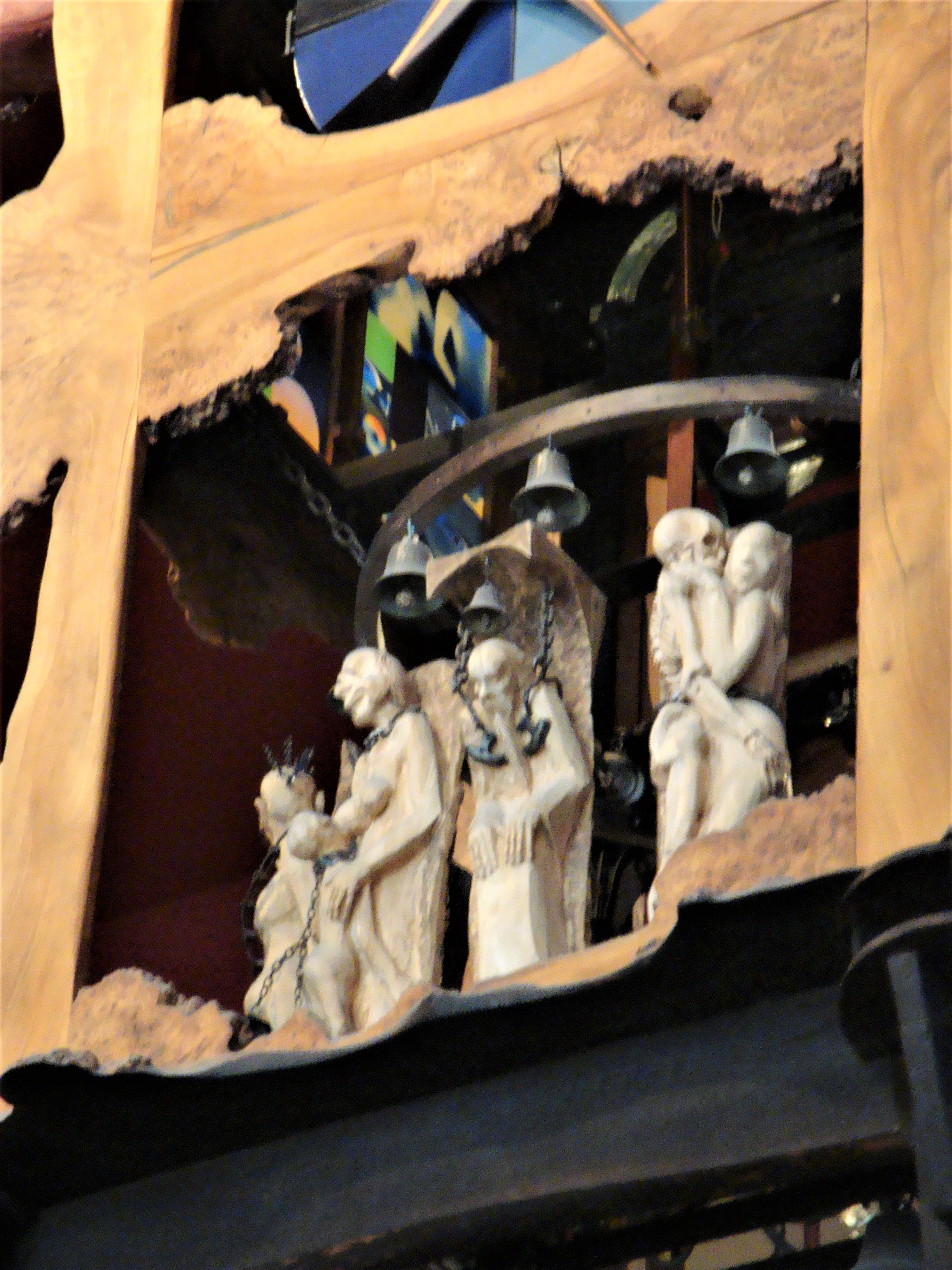
|
Streets of Edinburgh
Perpendicular to many of the main streets is a "Close" A Close is defined as: A very narrow alley between two buildings, often overhung by one of the buildings above the ground floor.
|

|
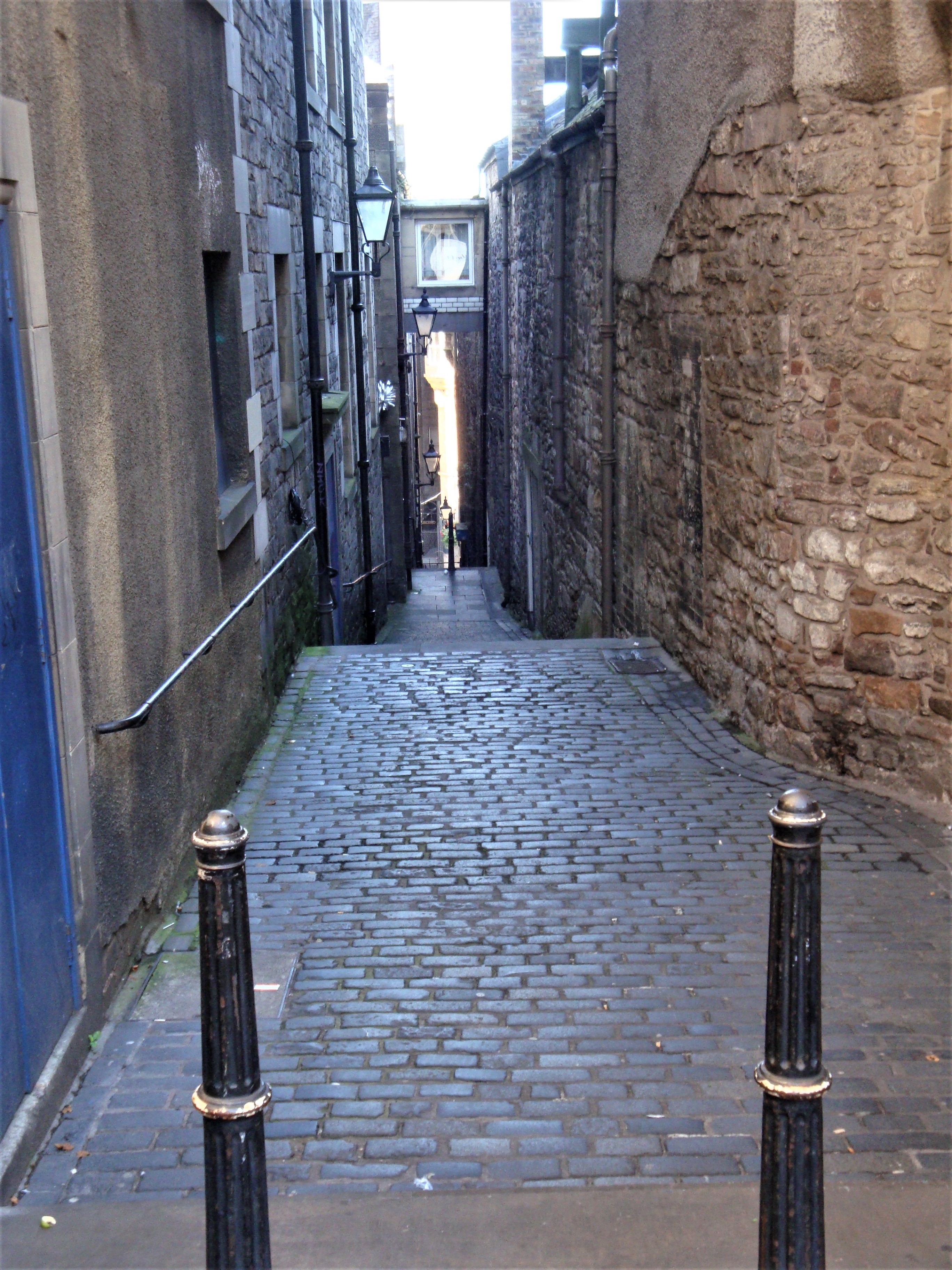
|
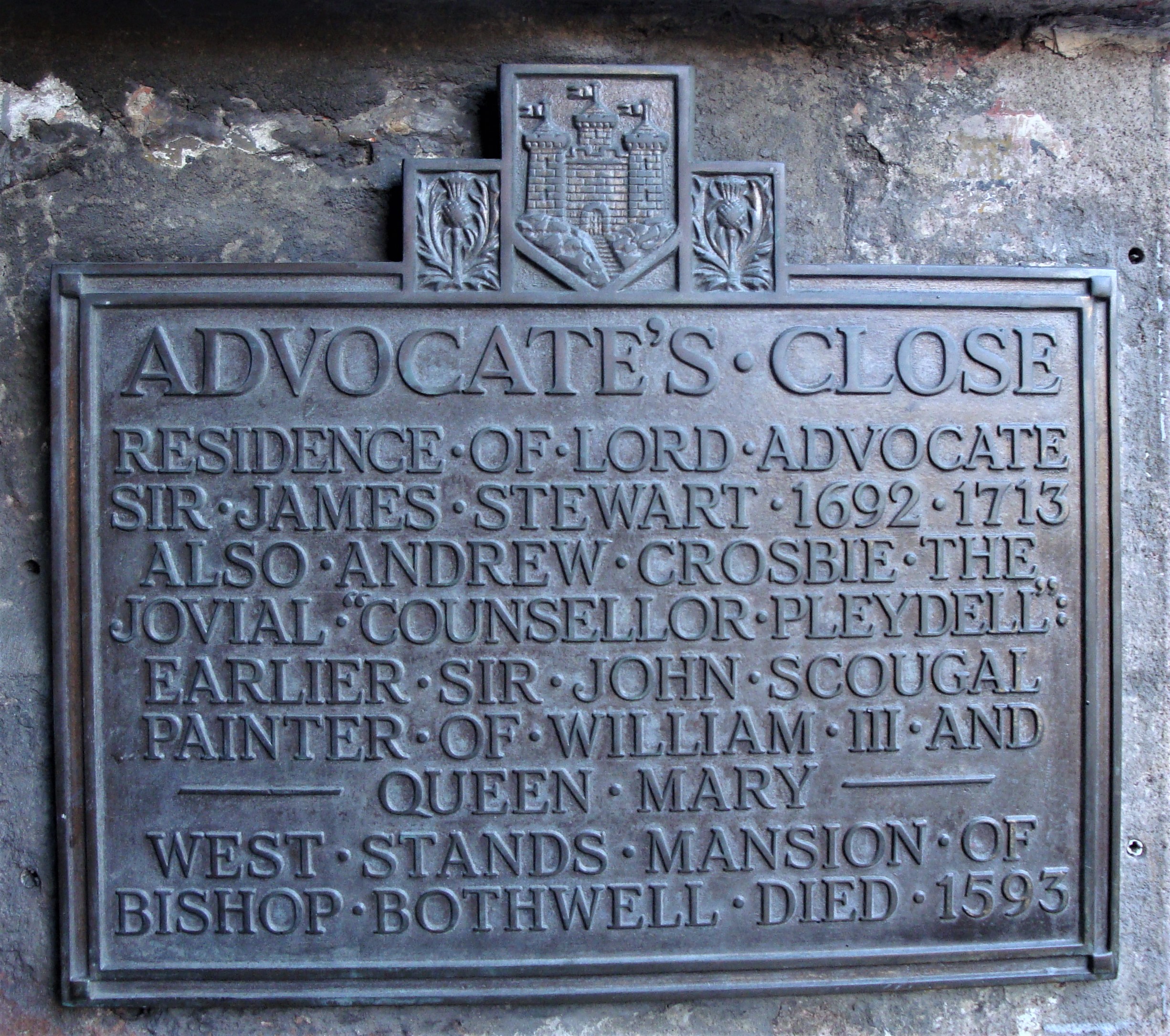
|
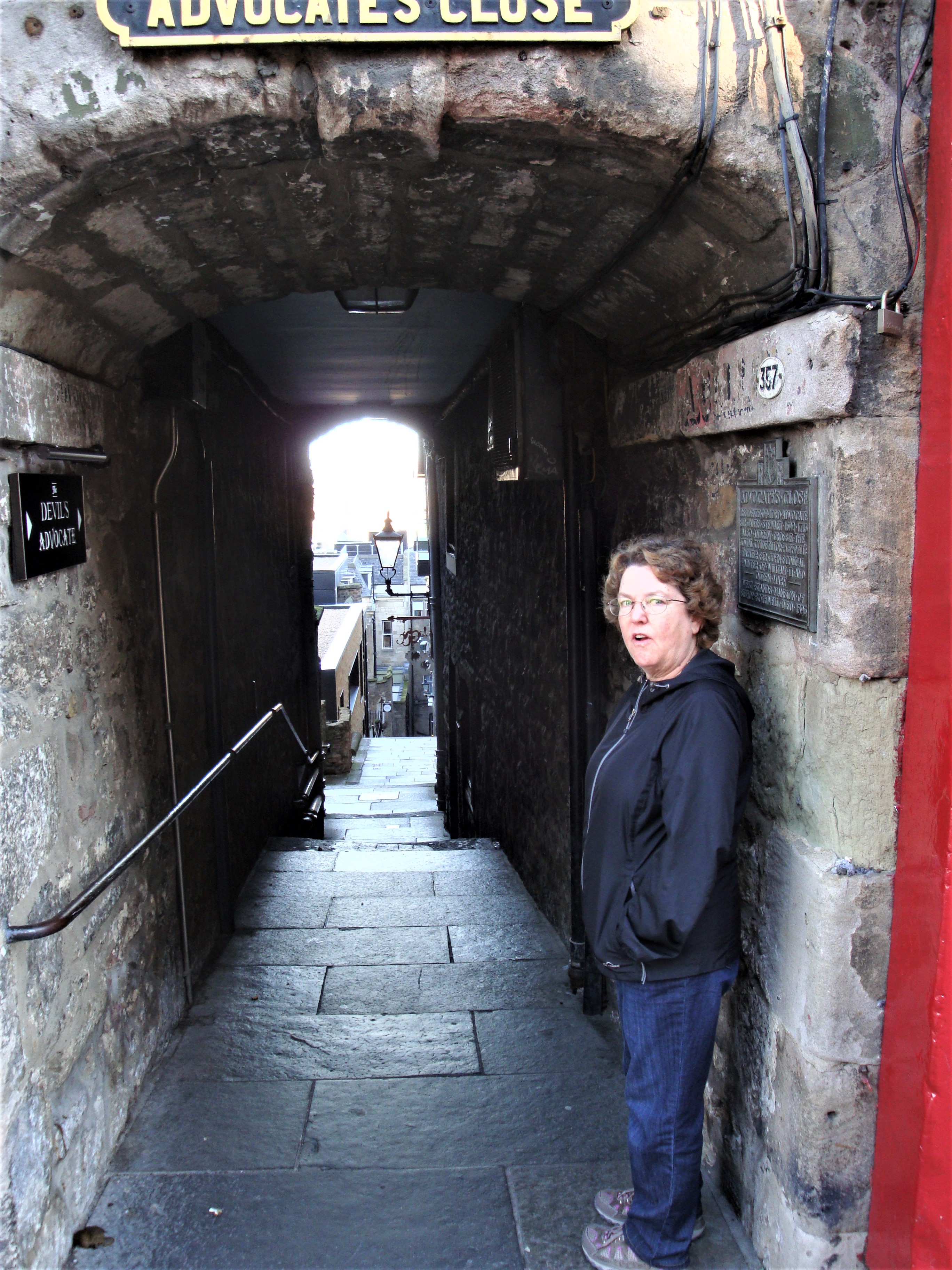
|
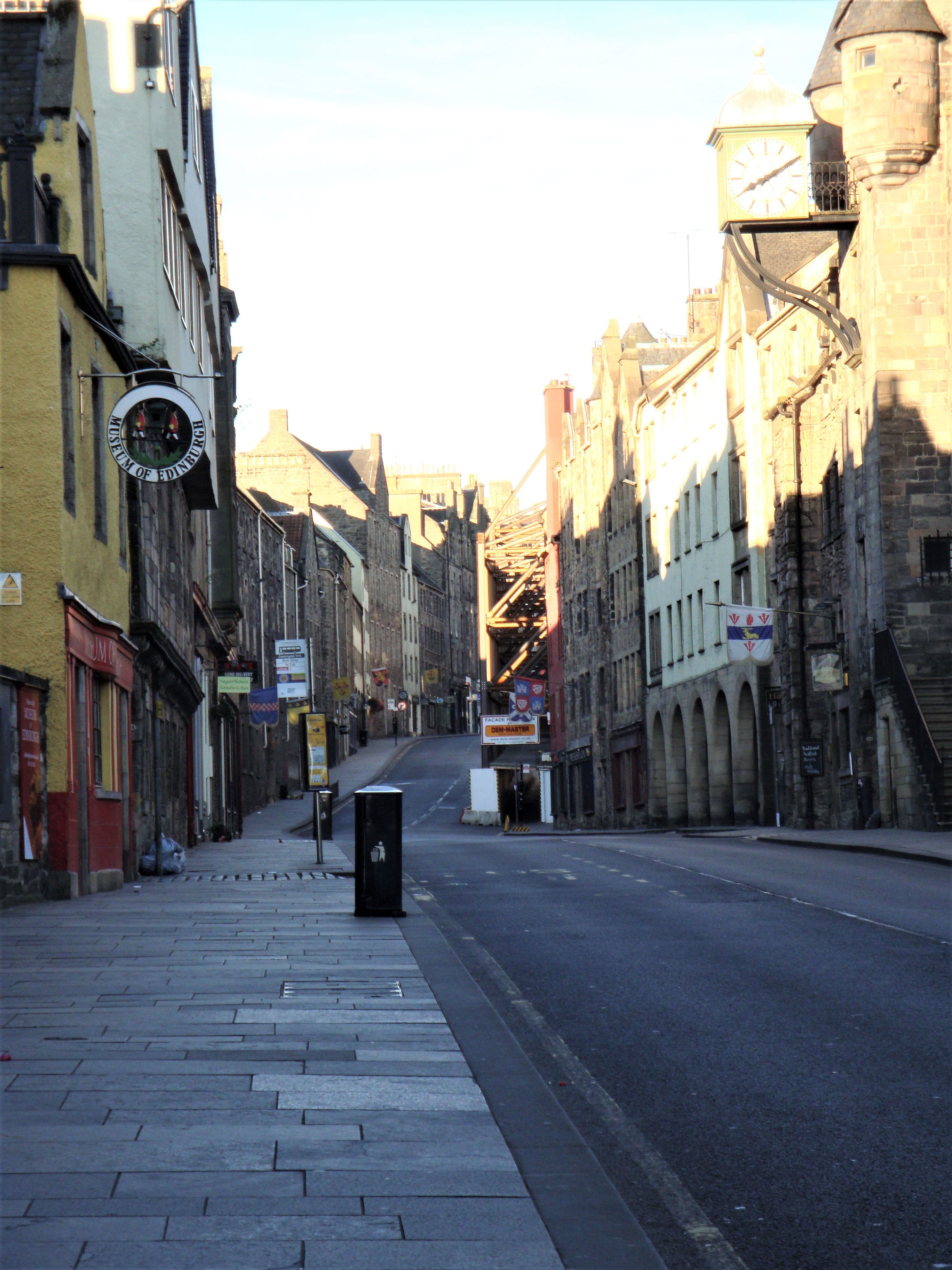
|
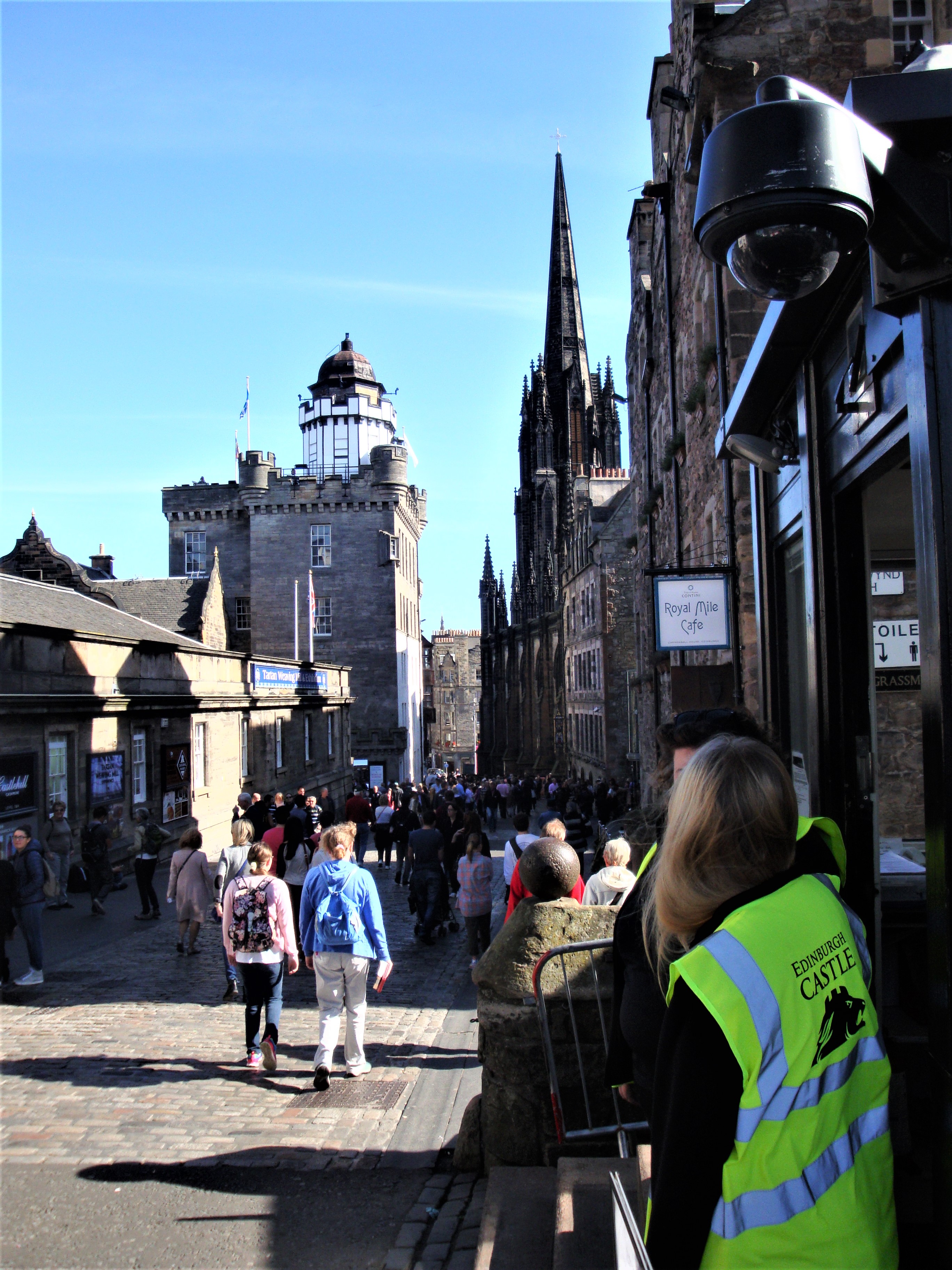
|
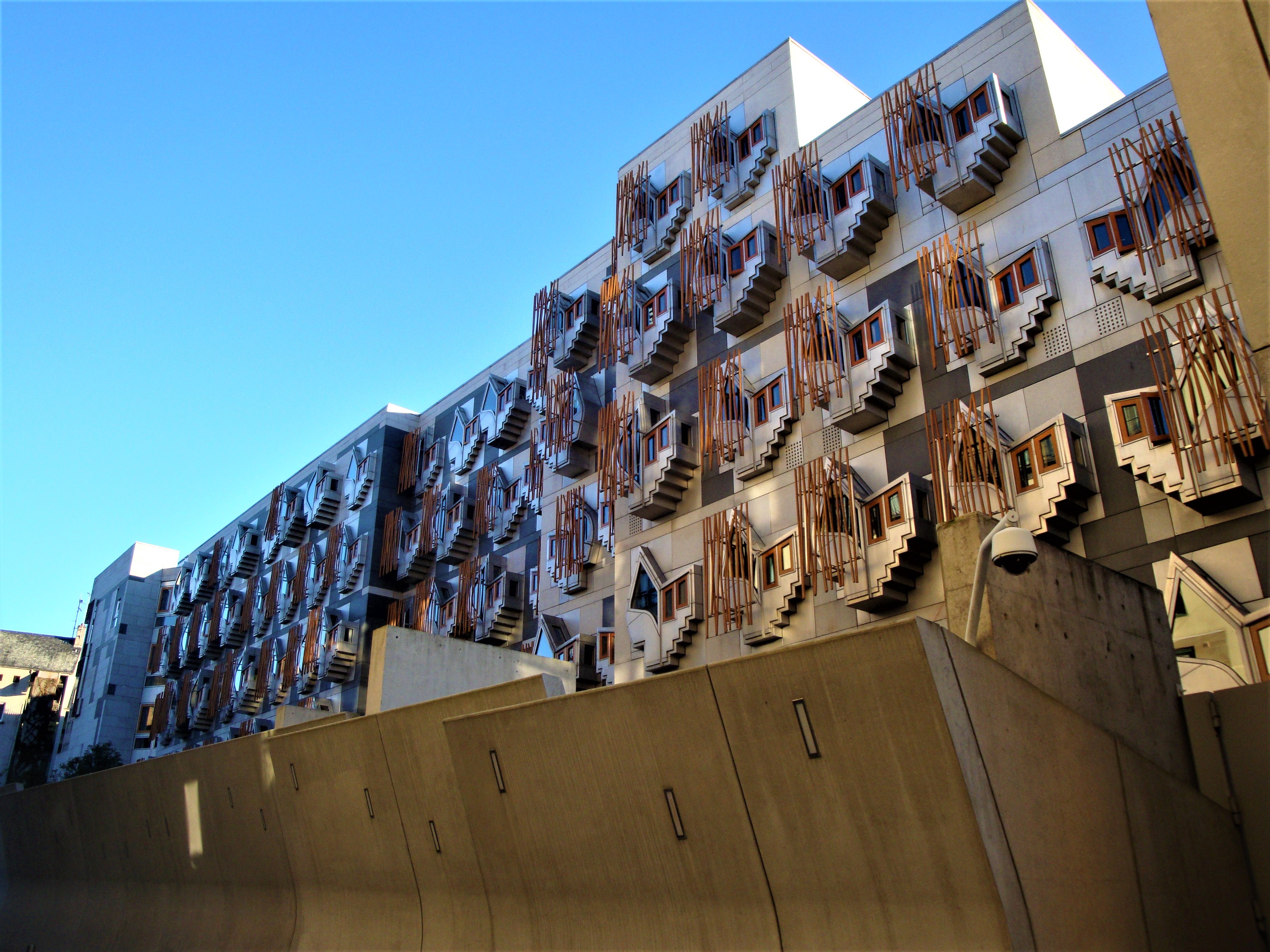
University of Edinburgh Housing
|
In our walking around the streets of Edinburgh we ran across Wallace College
|
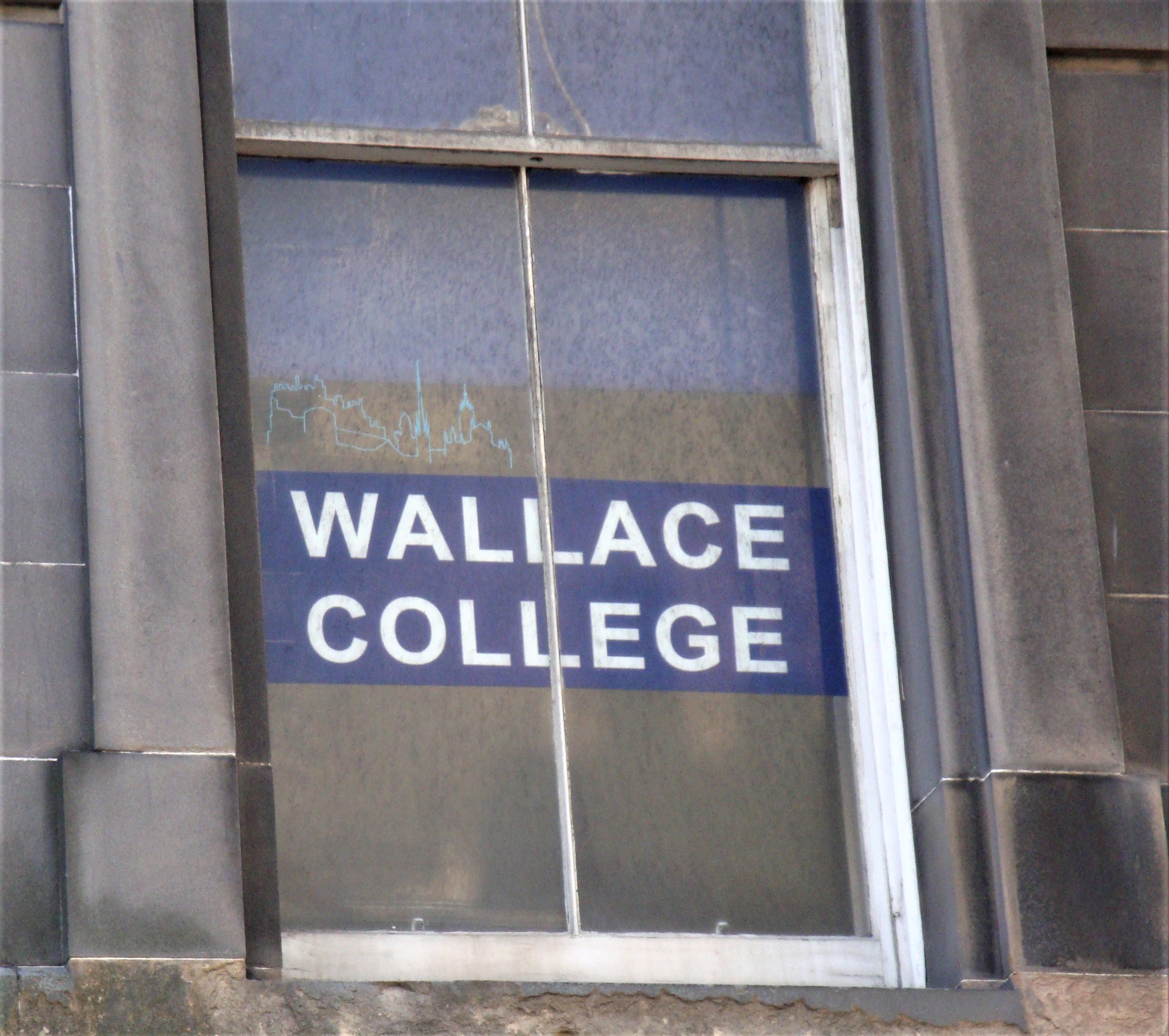 |
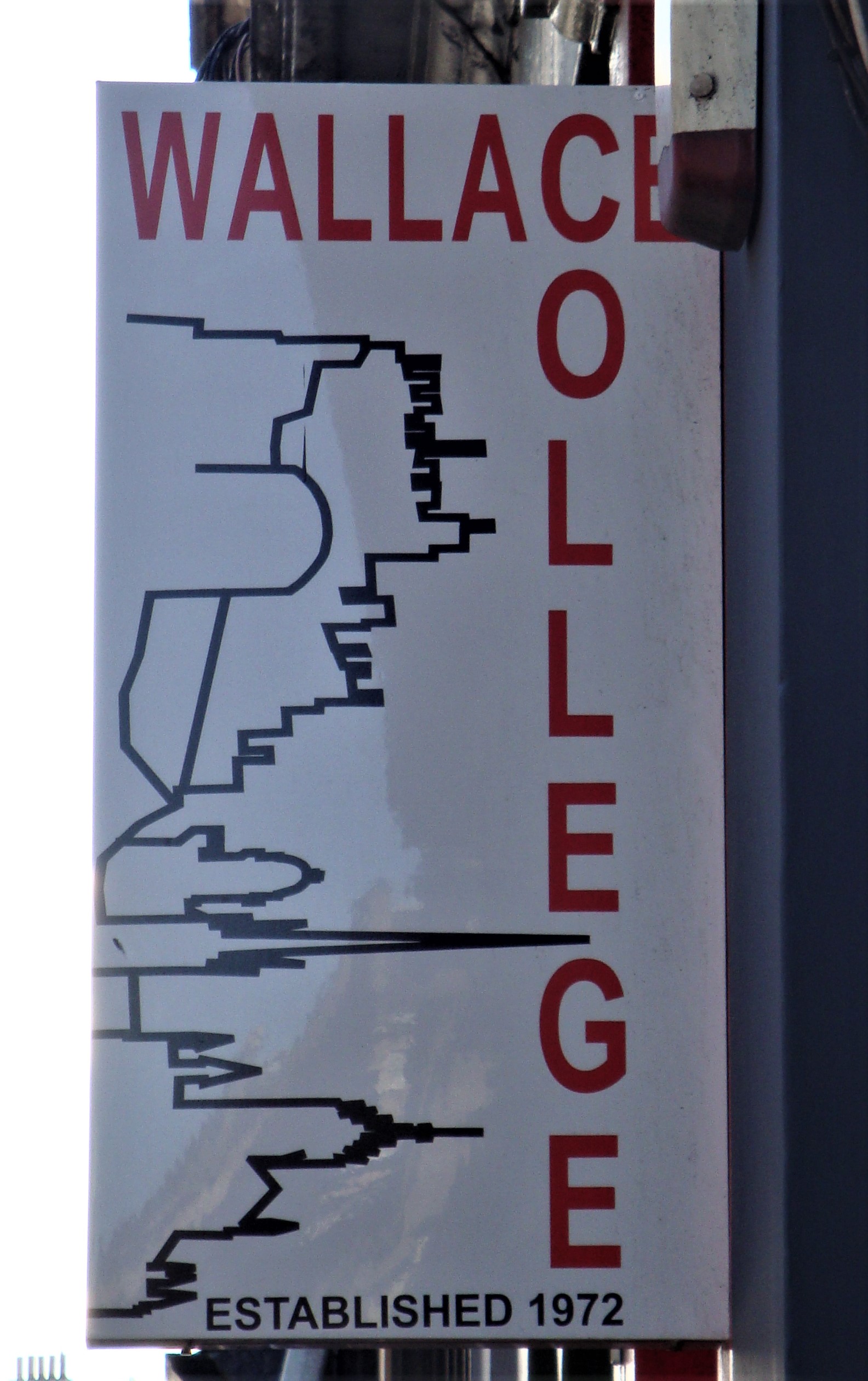 |
